Nombre:
Vítebsk
Otro:
Localización:
Tipo: Urbanismo
Categoría:
Foto:
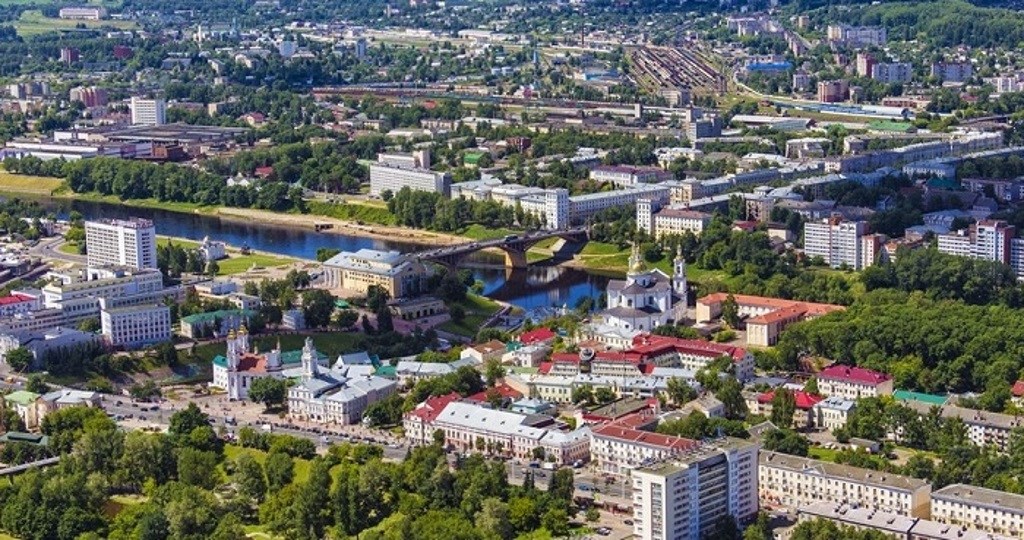
Voto:
Continente: Europa
País: Bielorrusia
Localización: Capital de la Región de Vítsiebsk y de Distrito de Vítsiebsk
Año: 947
Estado: Terminado
Descripción:La historia y la cultura se unen en Vítebsk
por Maritza Cárdenas
La ciudad de Vítebsk, que también es conocida como Viciebsk o Vitsyebsk, está en el norte de Bielorrusia, muy cerca de la frontera con Rusia y que tiene varias atracciones que vale la pena visitar. Este sitio es la capital de la provincia del mismo nombre y está ubicada en su parte central, además de que al ser la cuarta ciudad en tamaño del país es también una de las más visitadas.

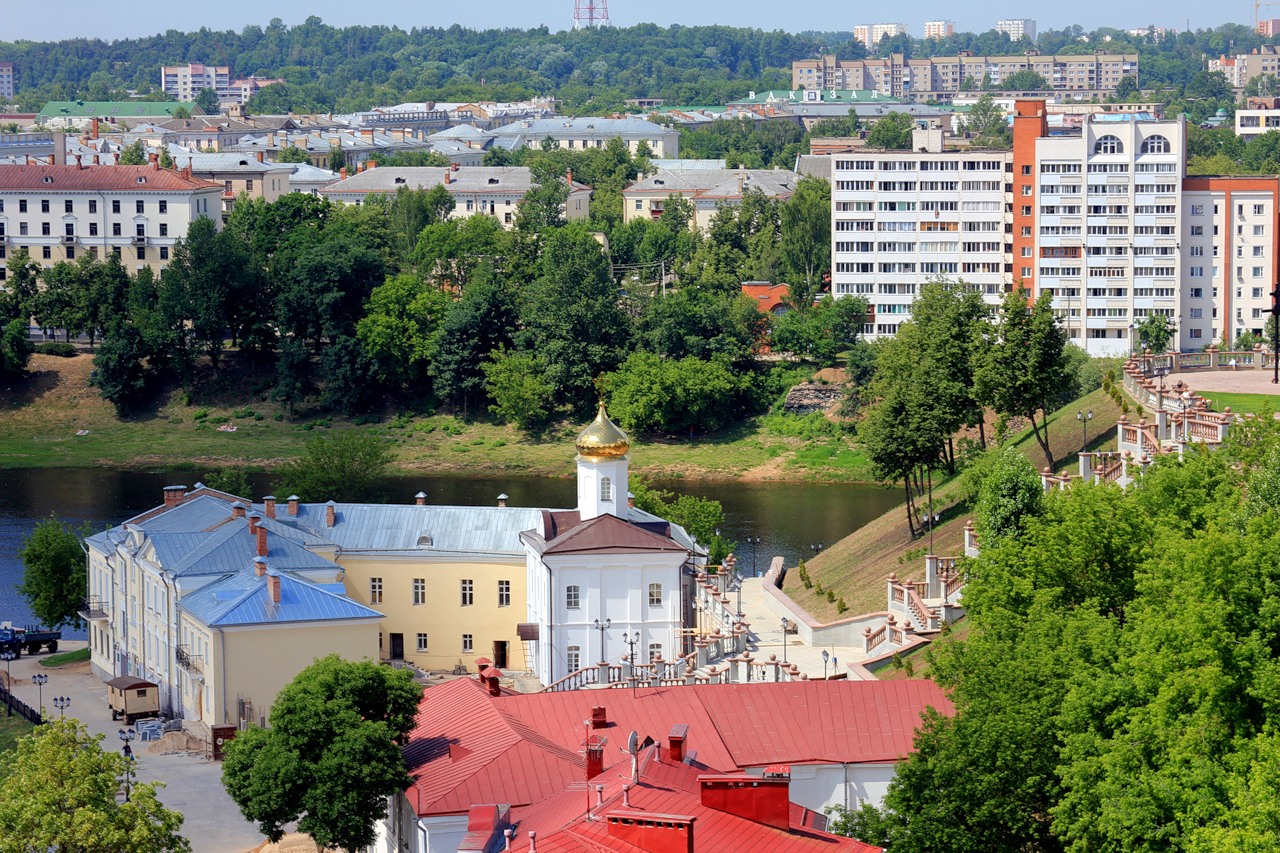
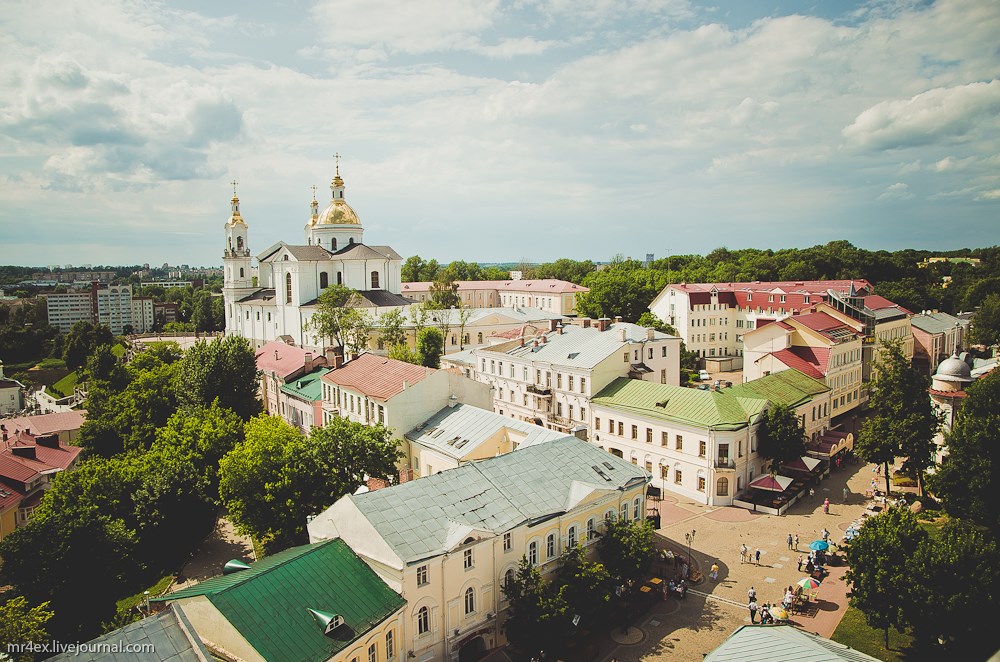
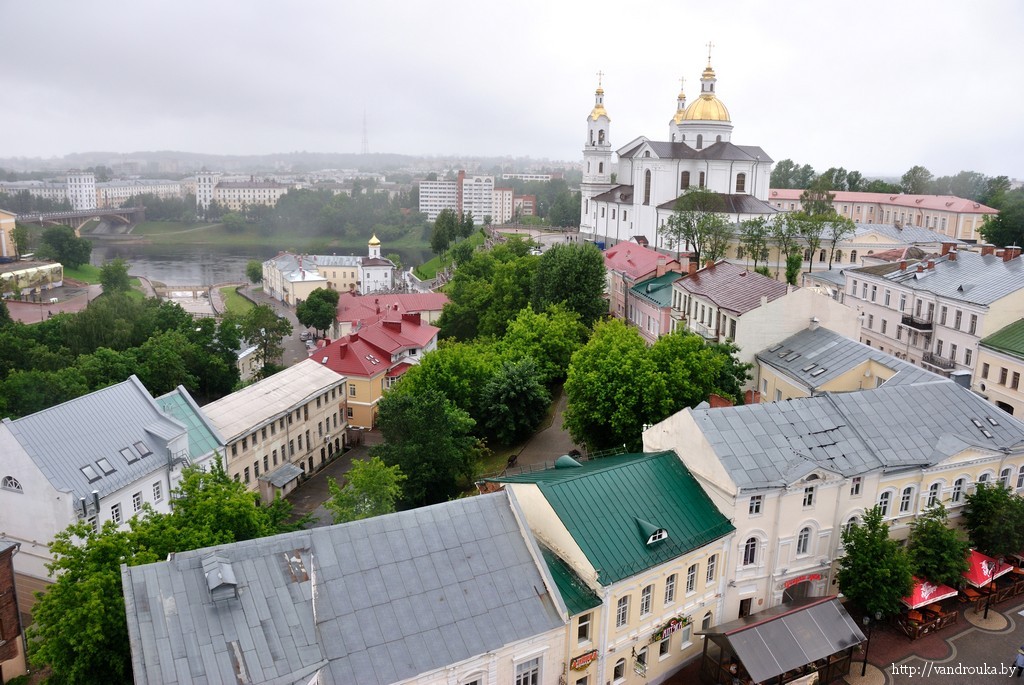
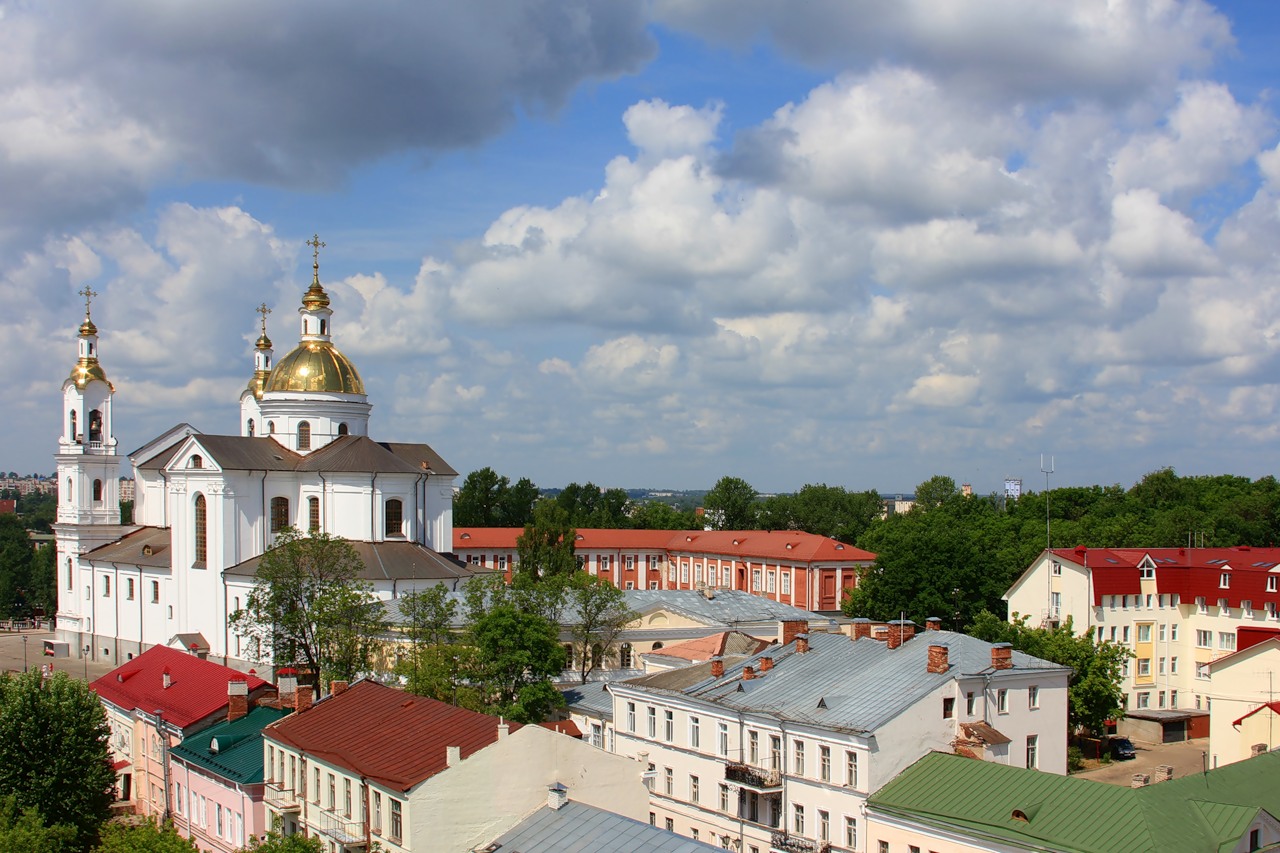
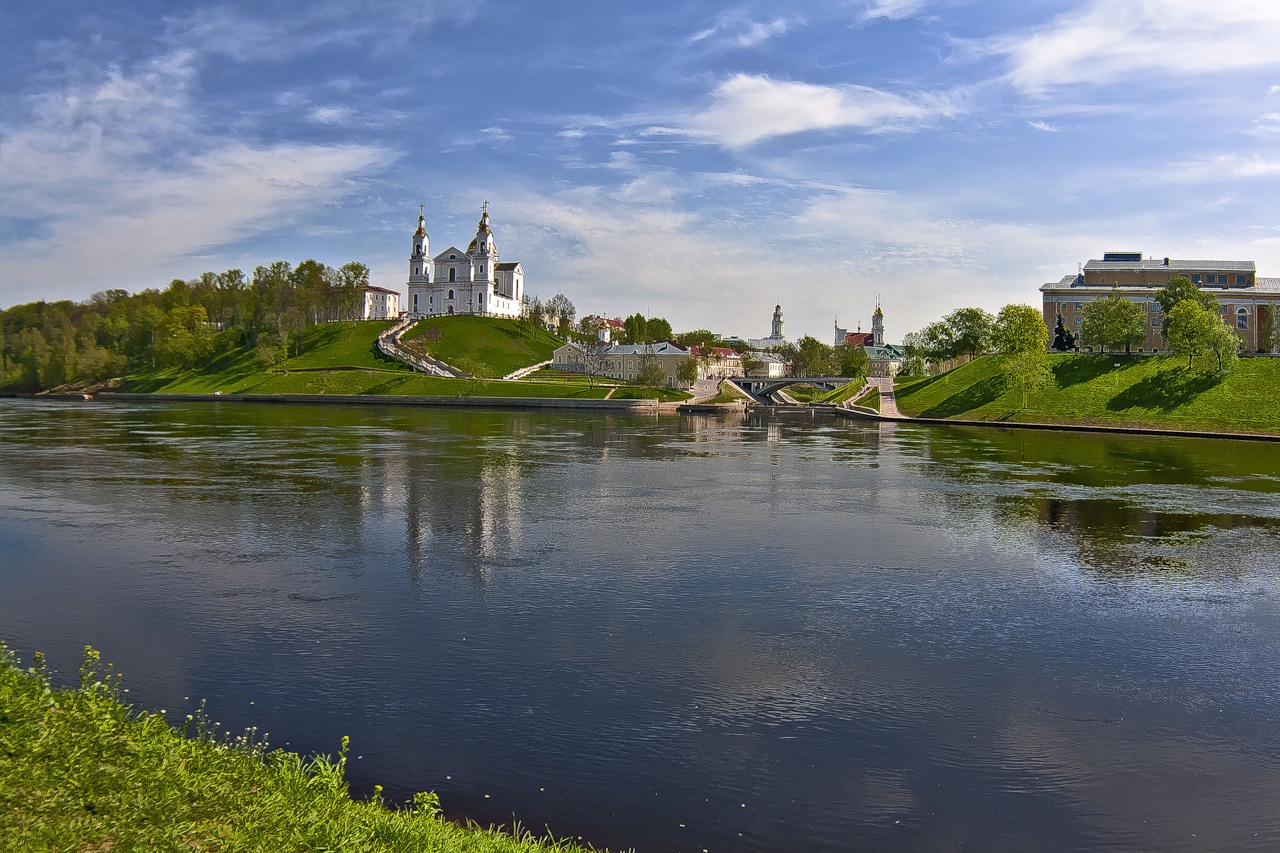
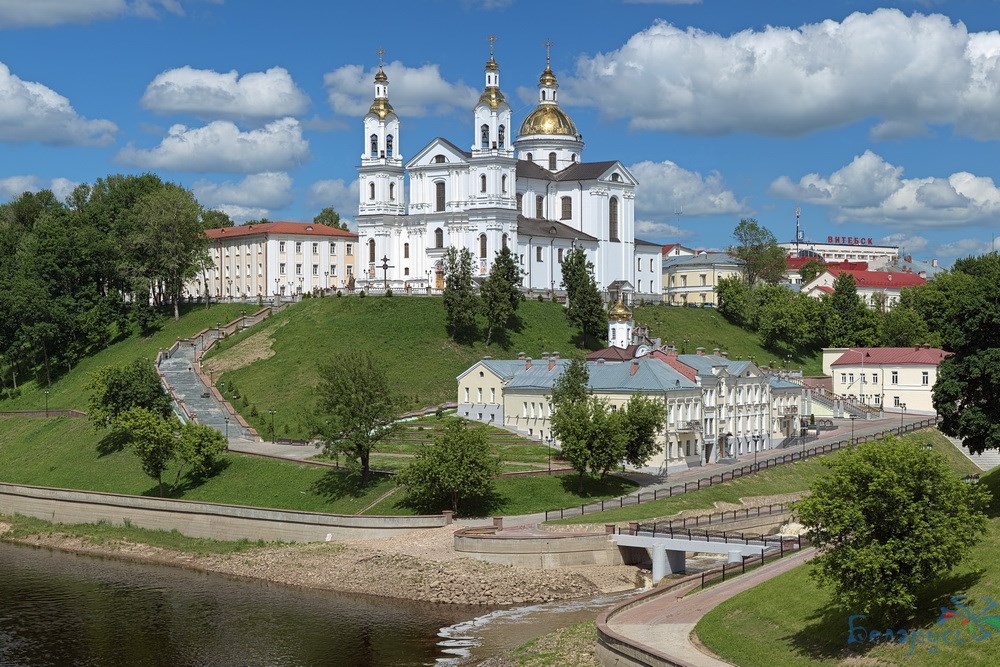
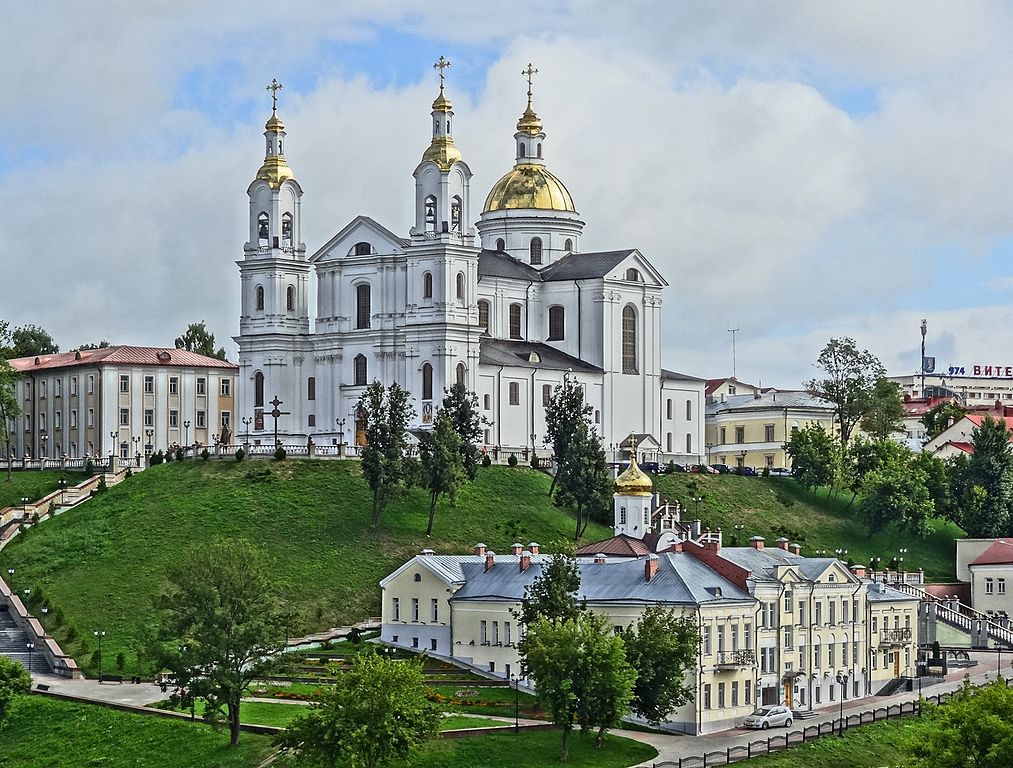
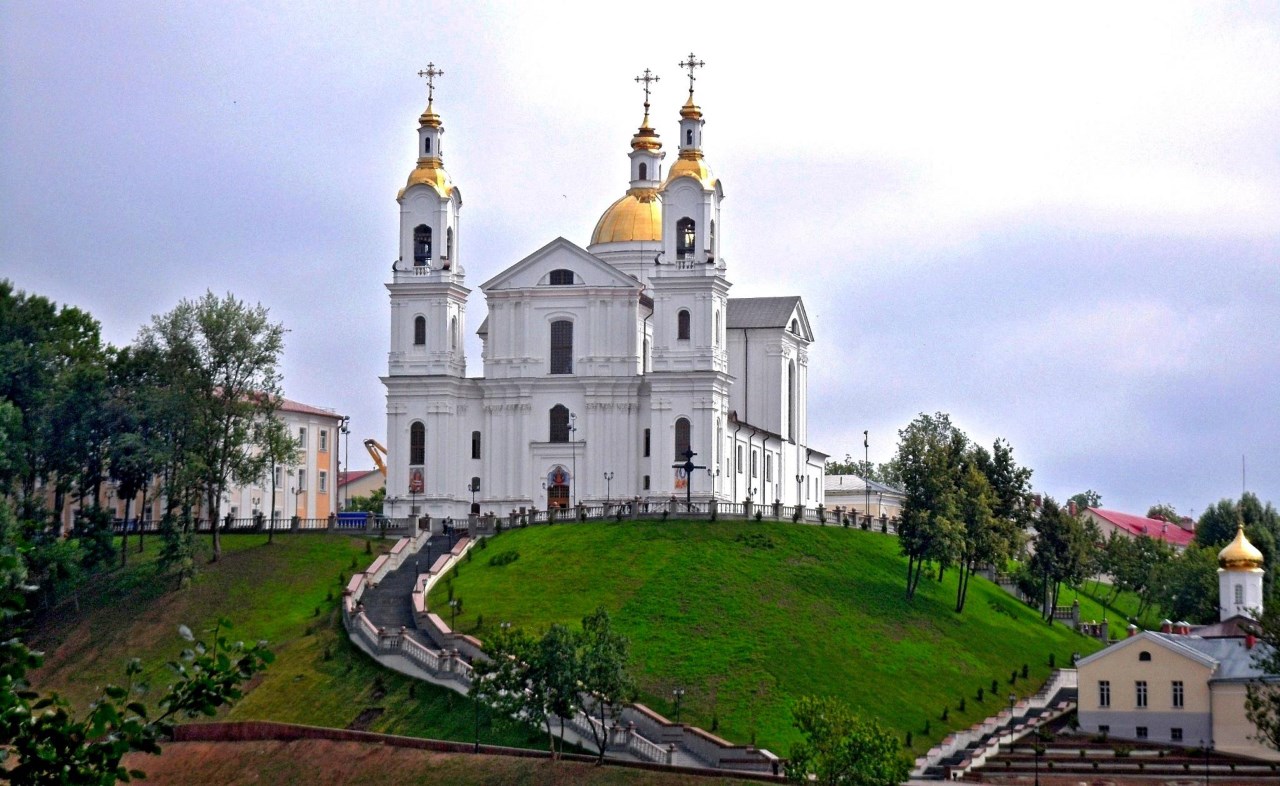
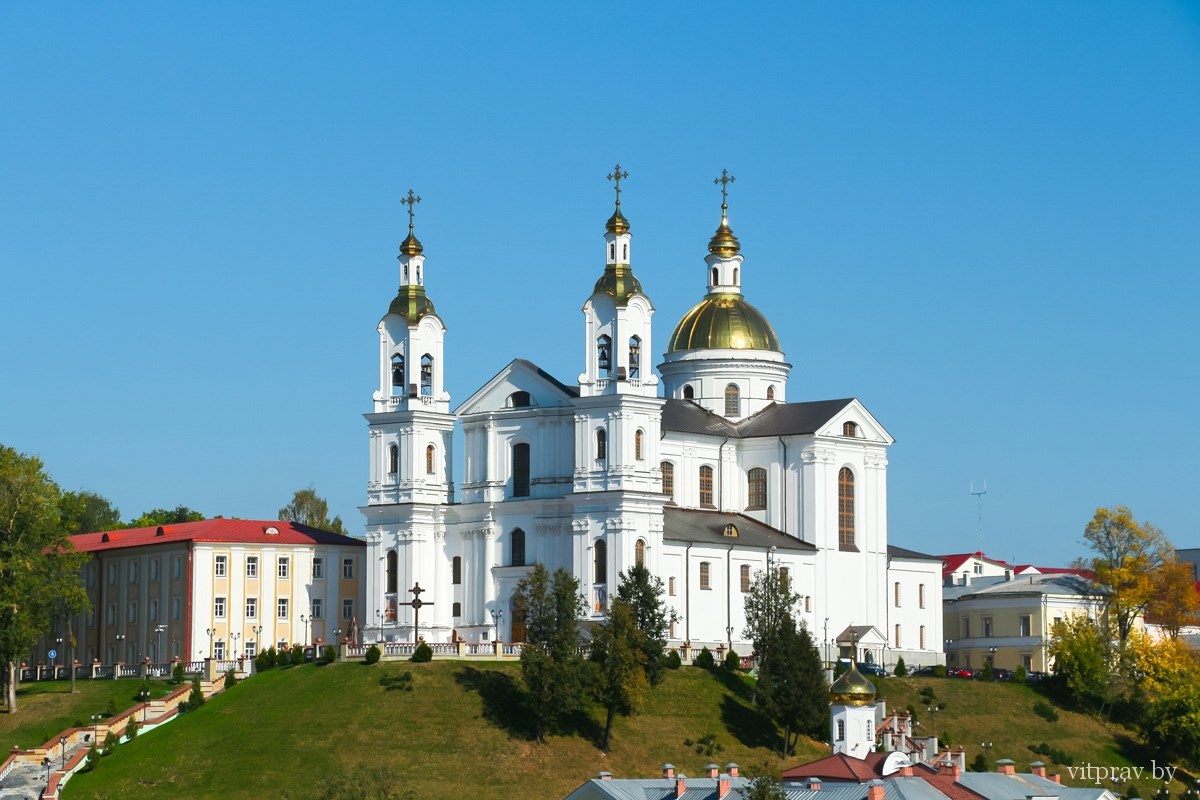
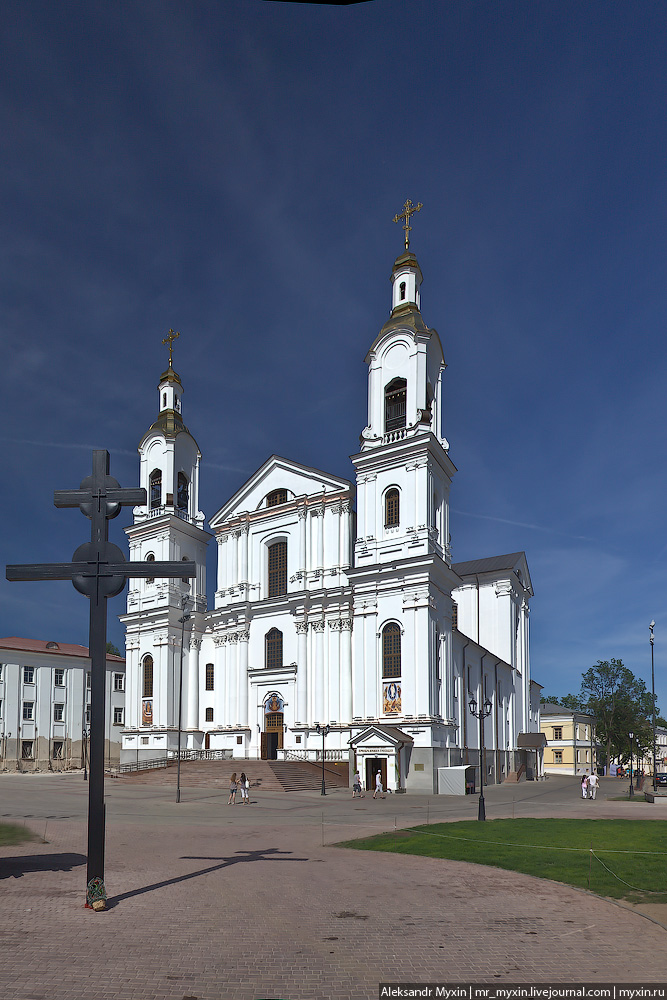
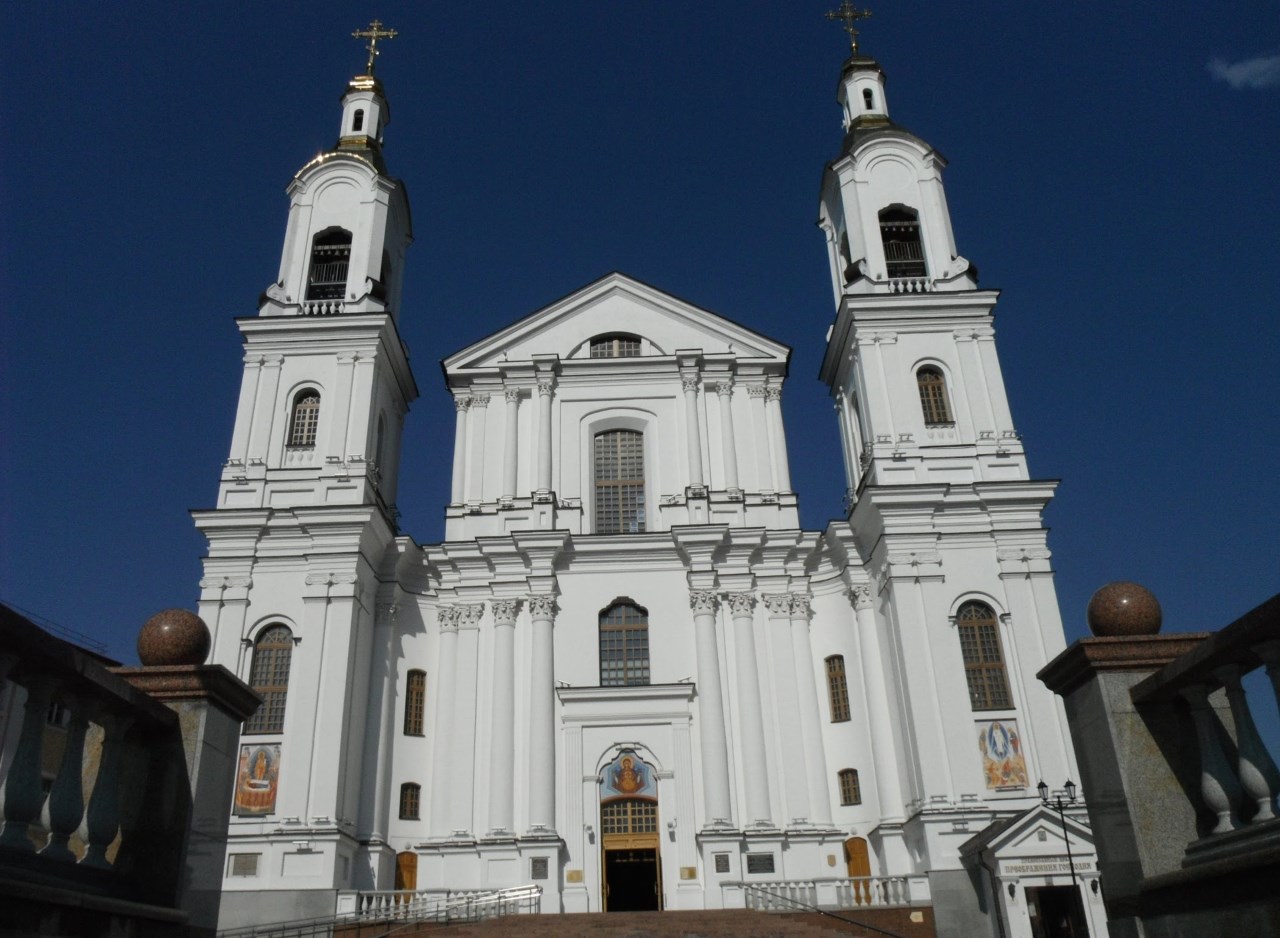

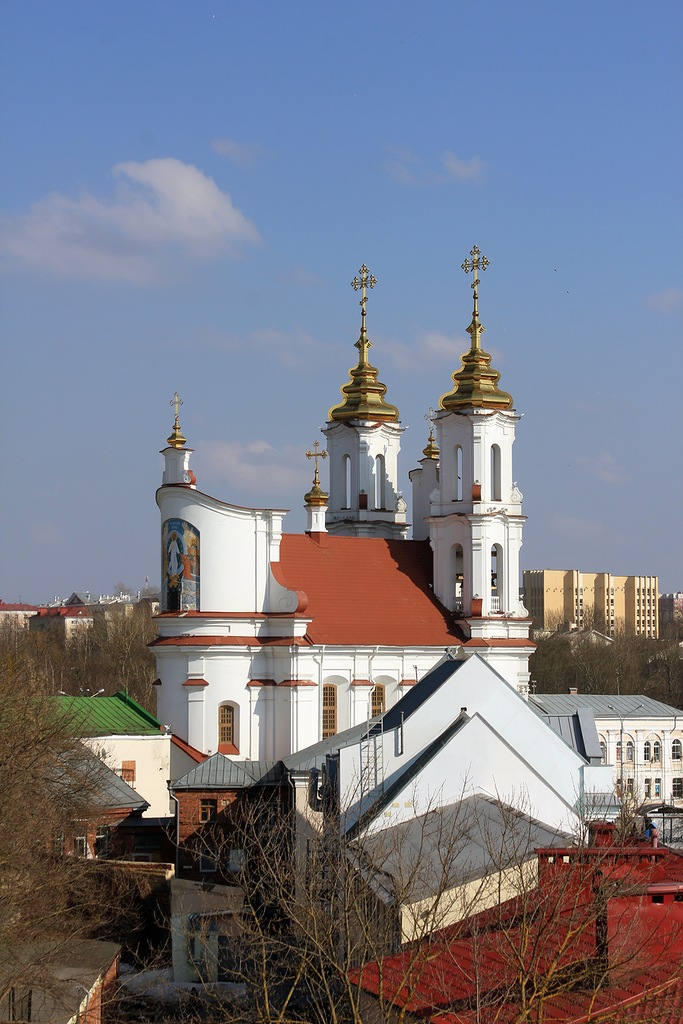
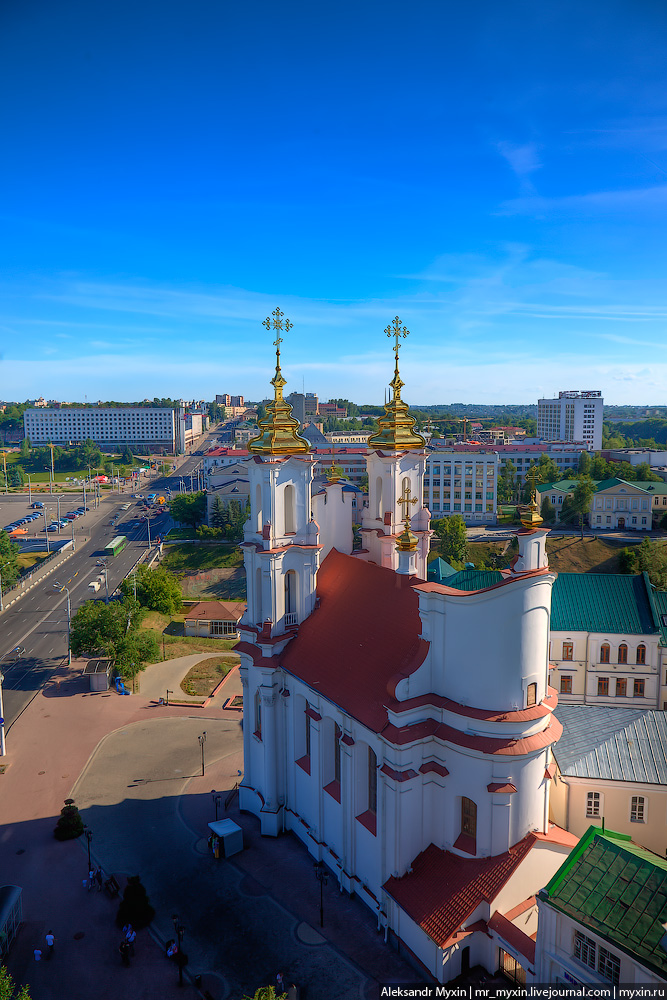
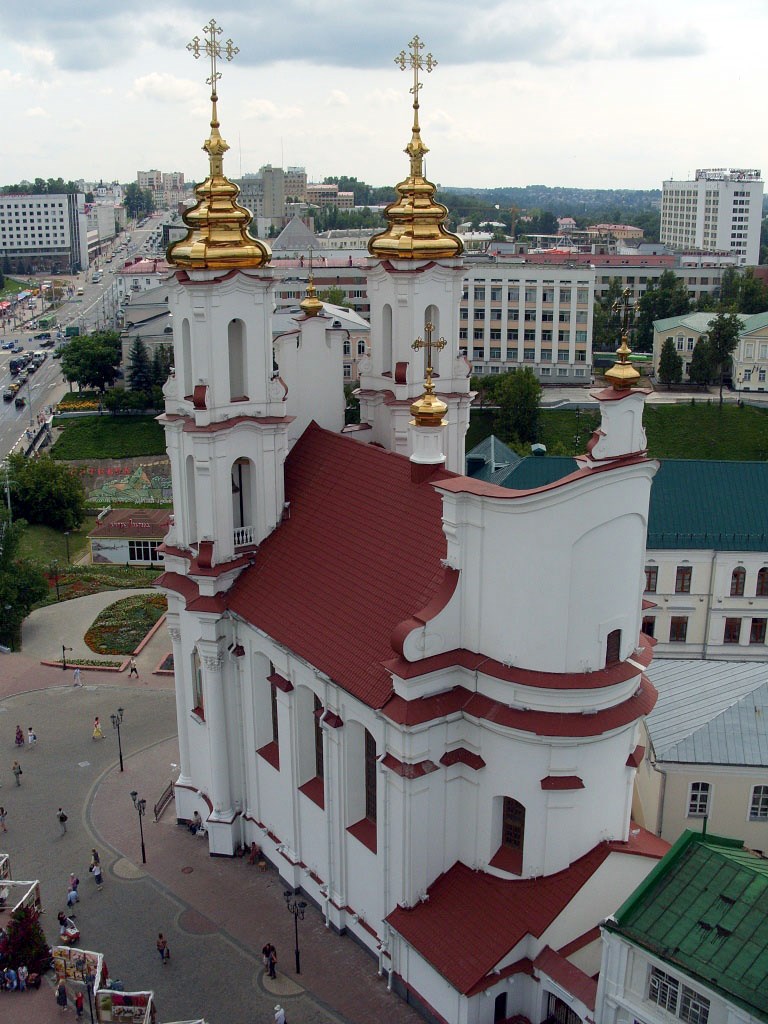
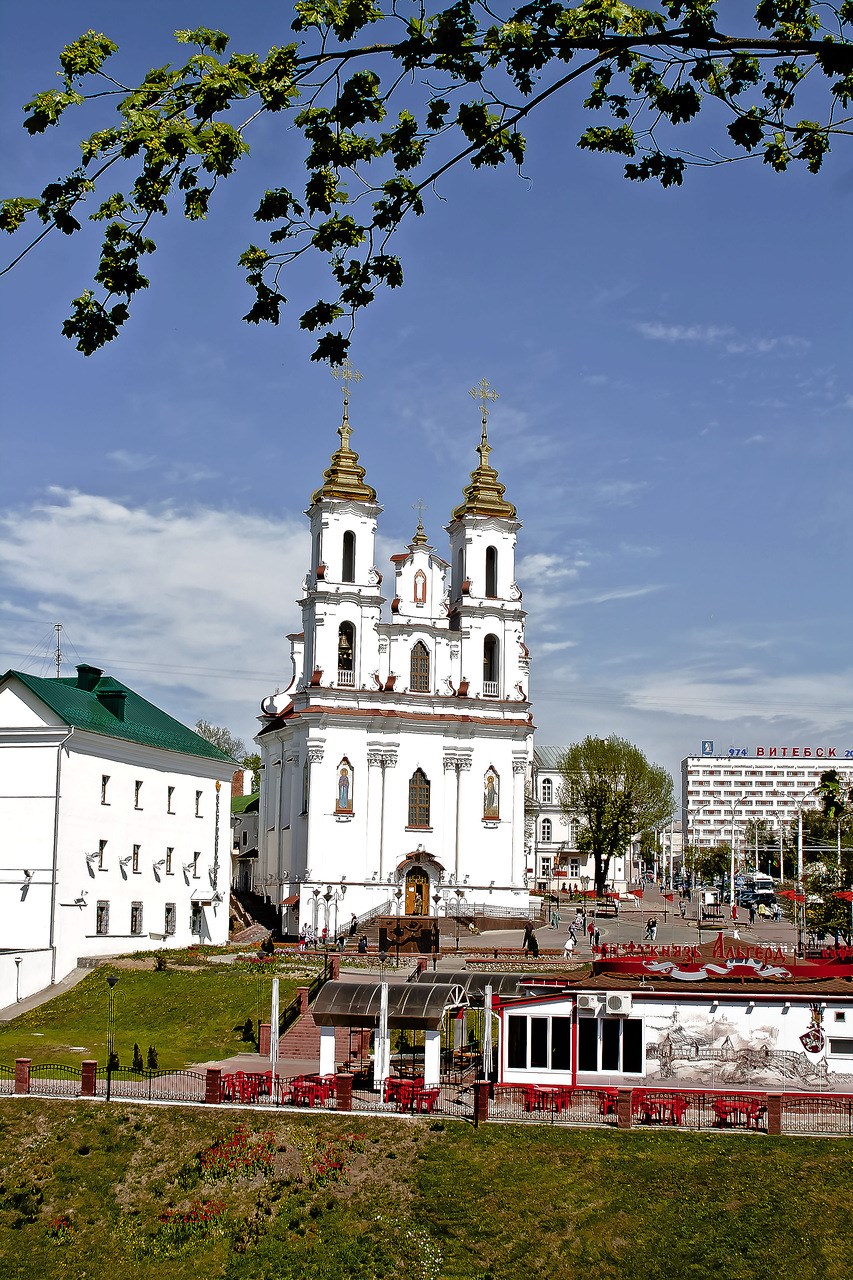
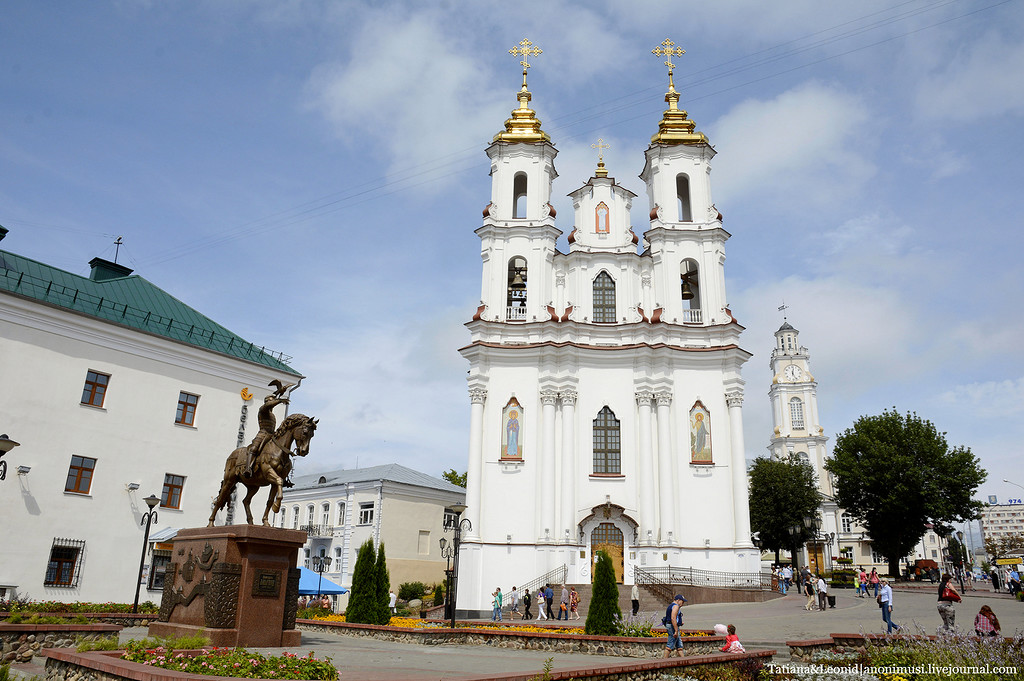
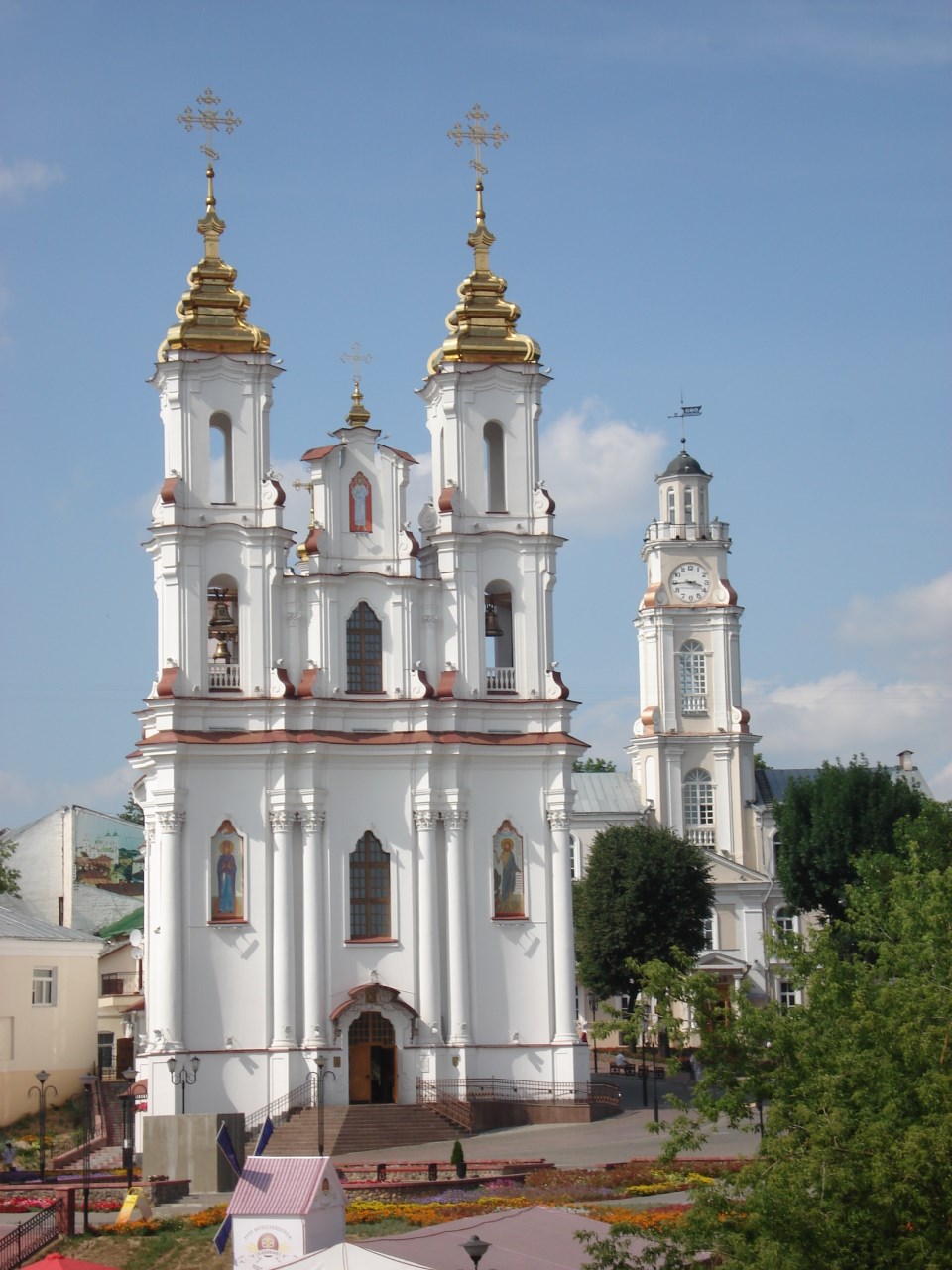
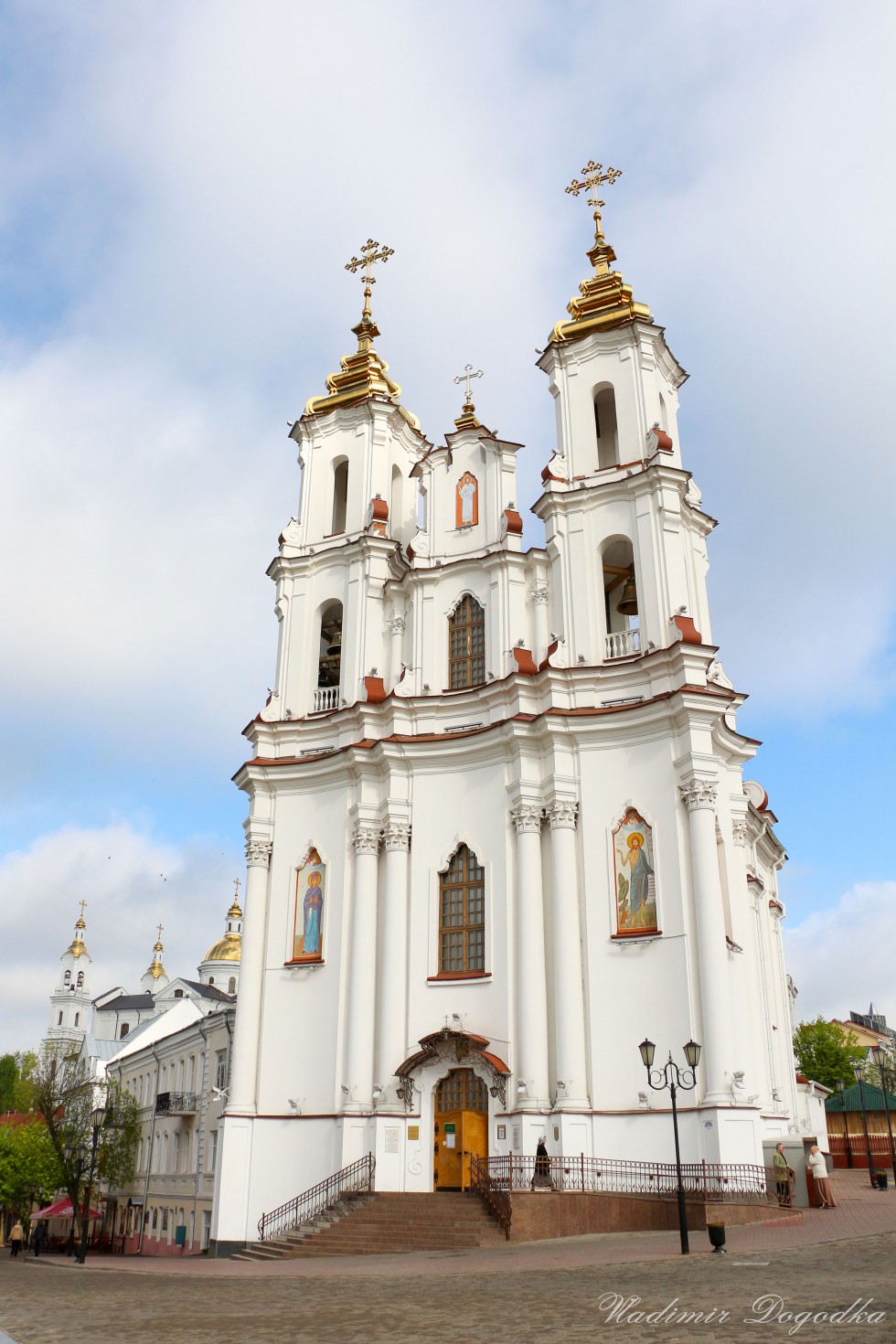
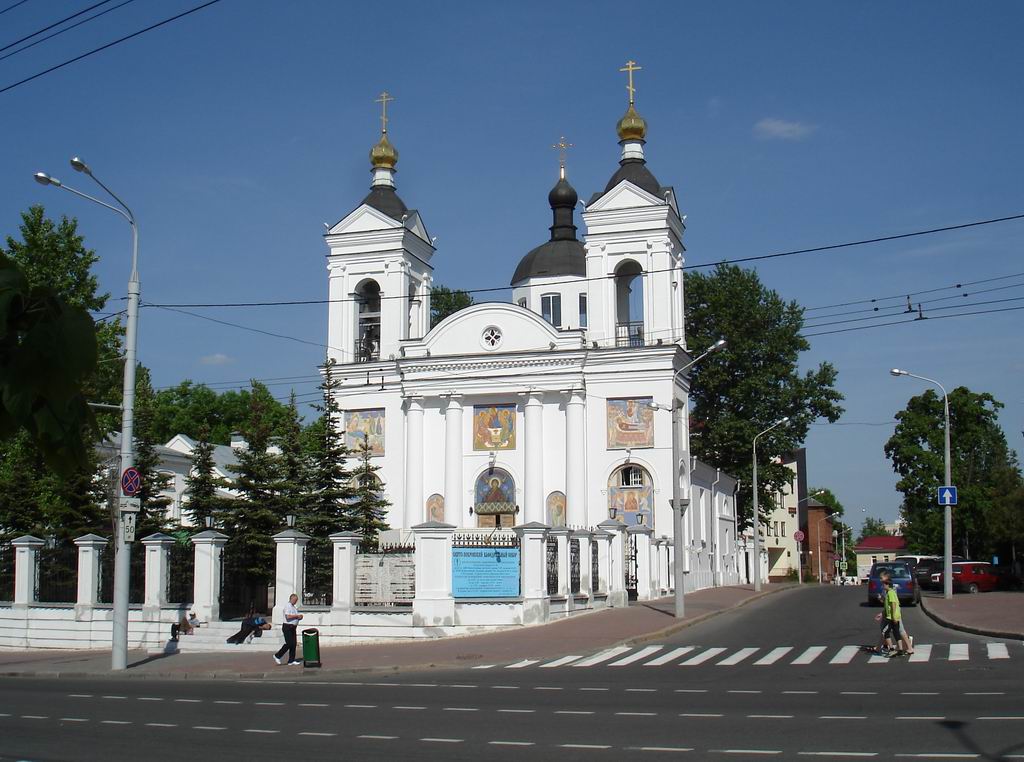
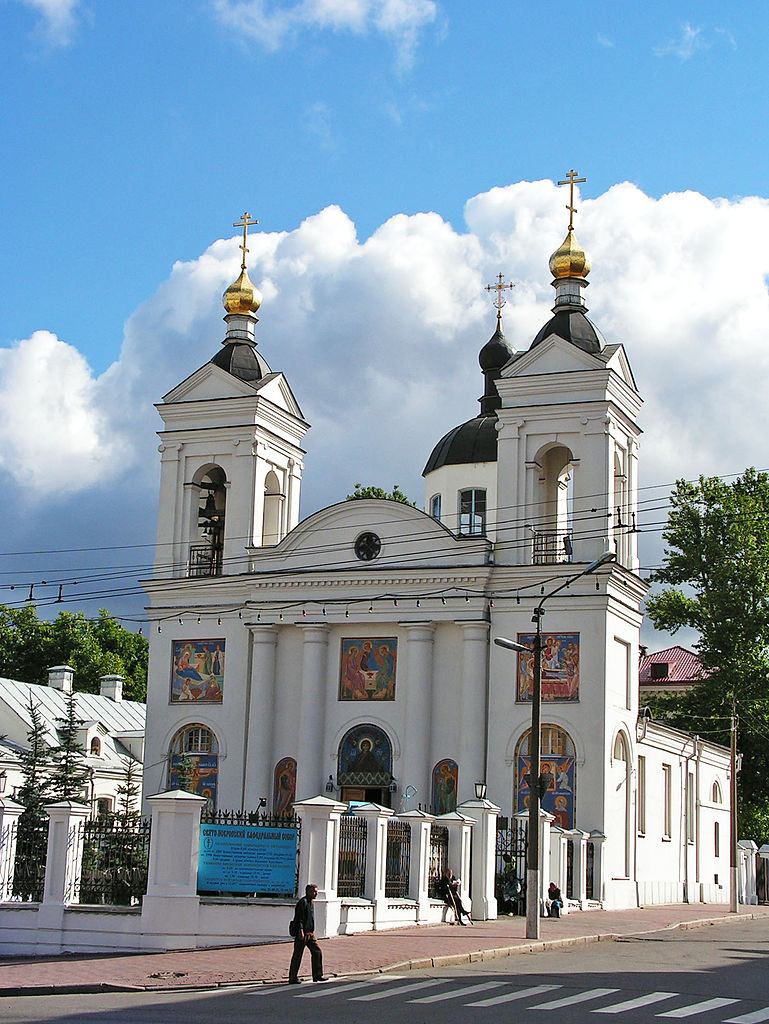
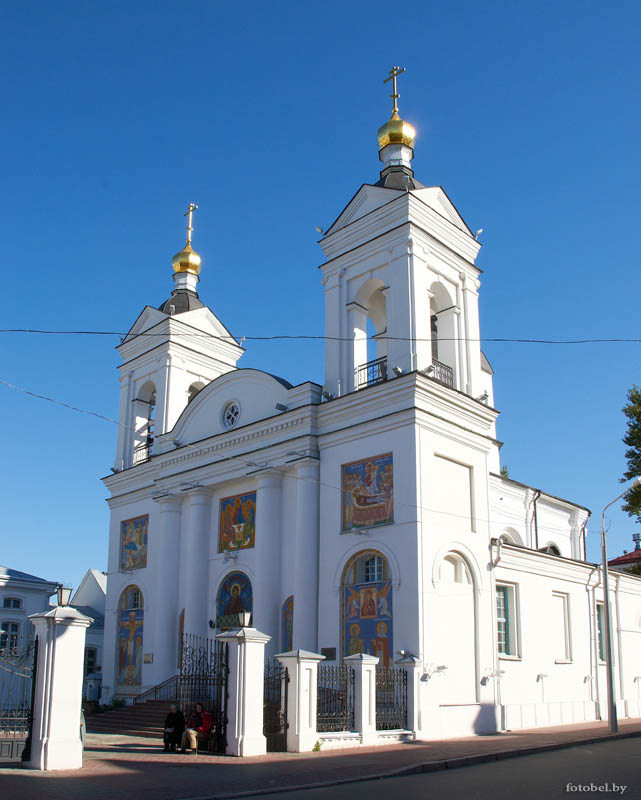
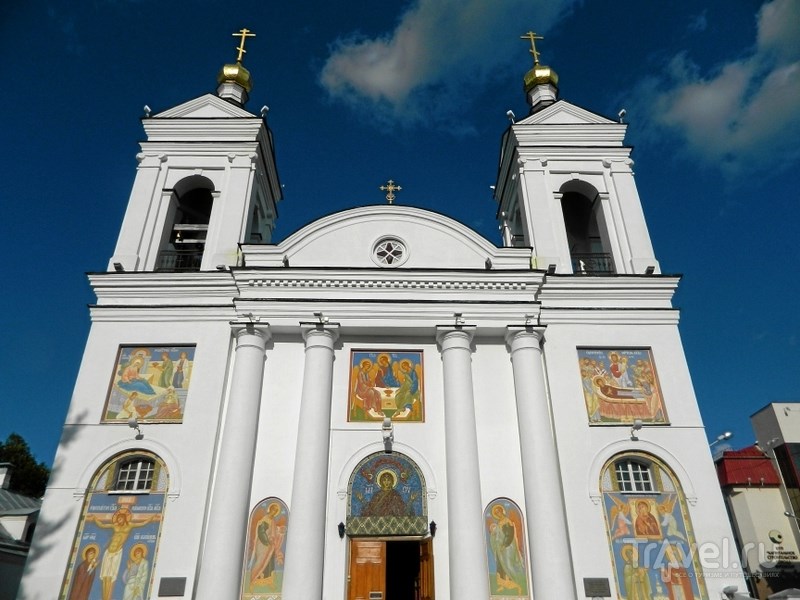
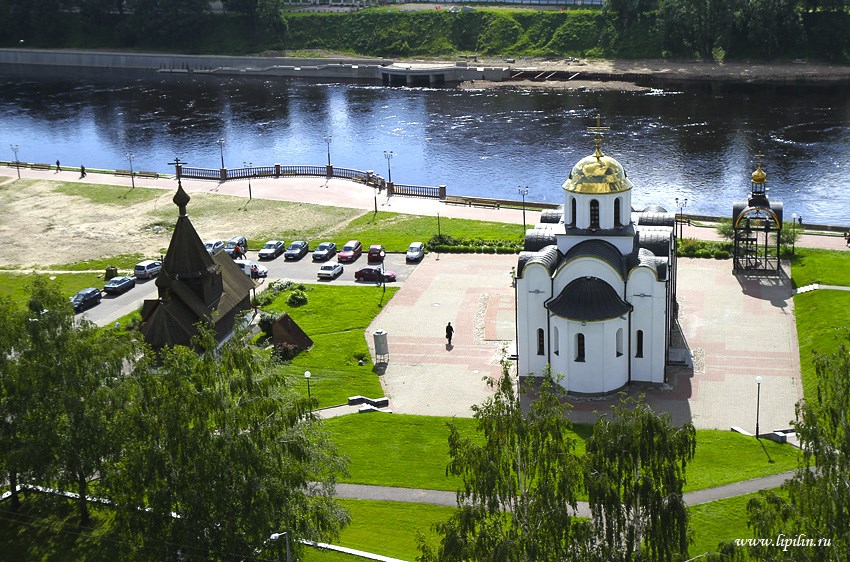
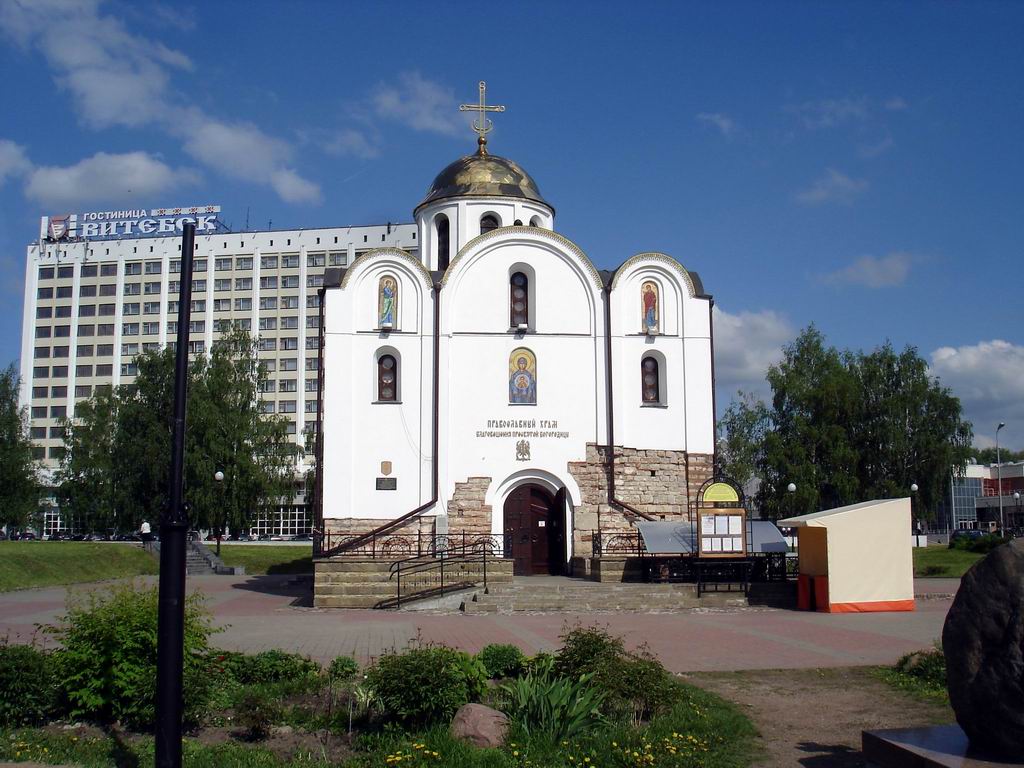
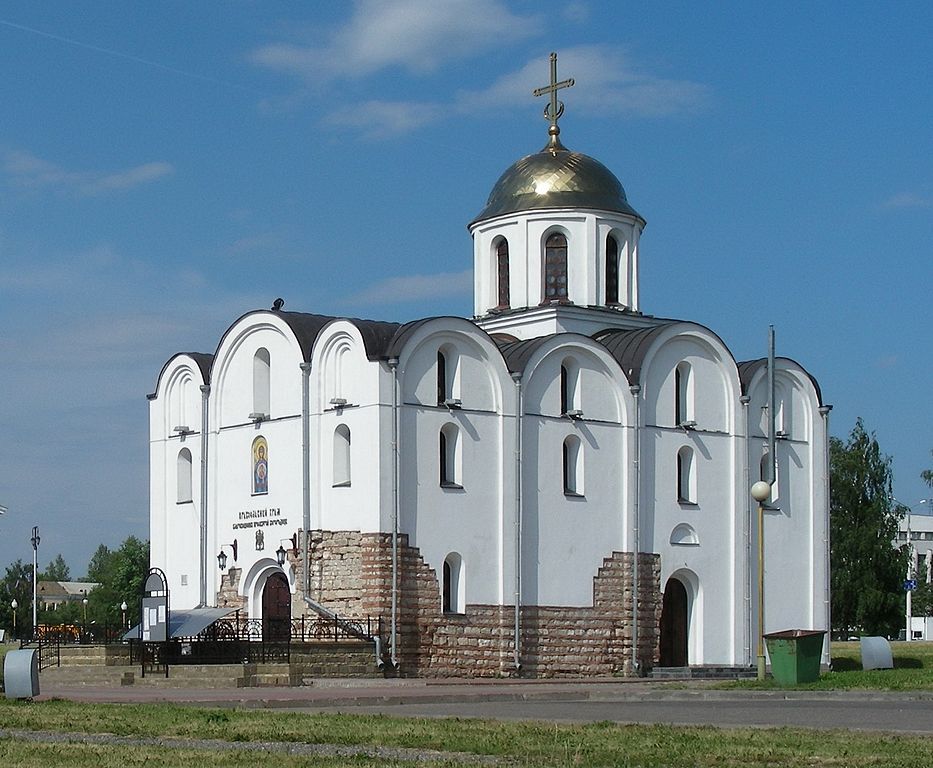
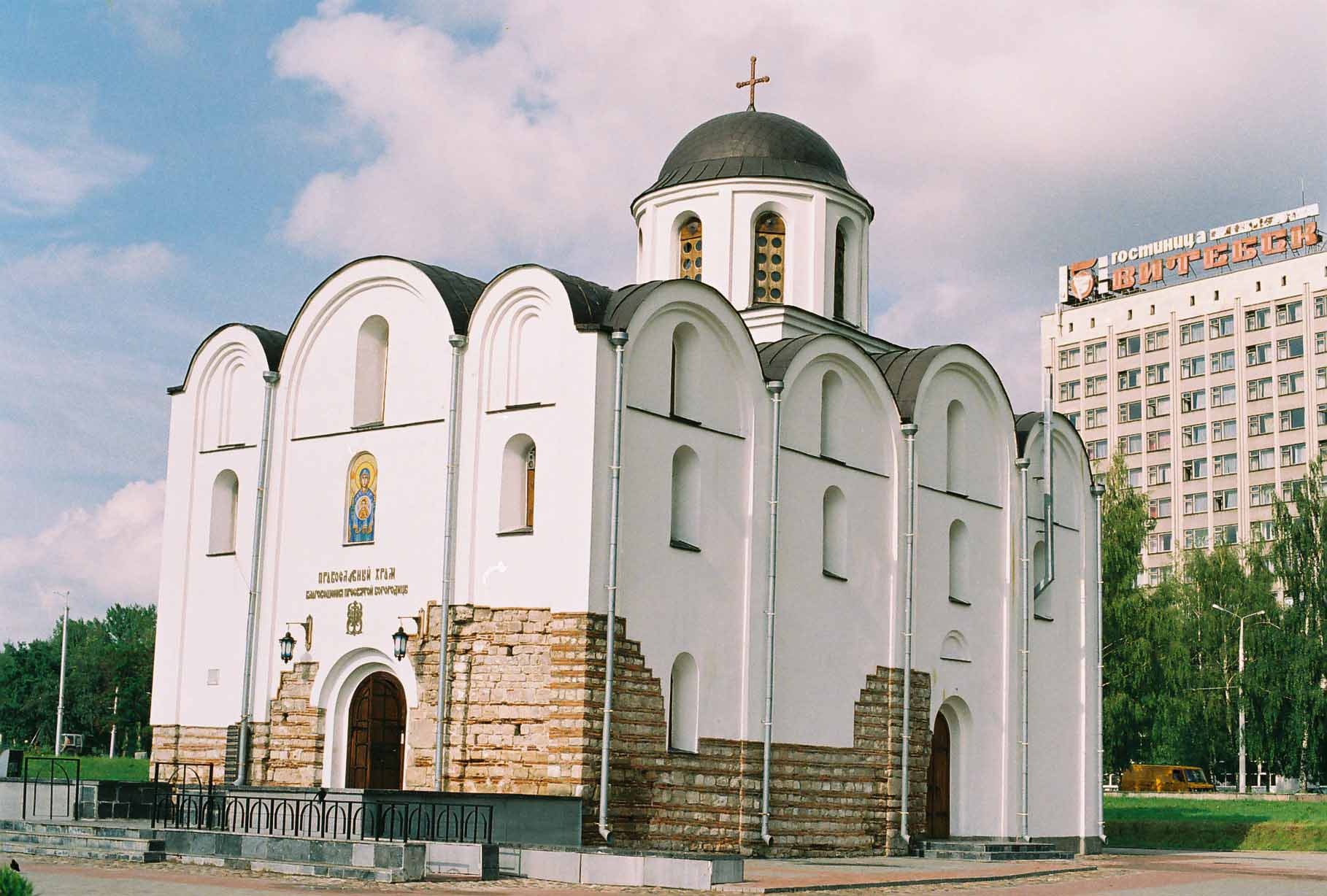
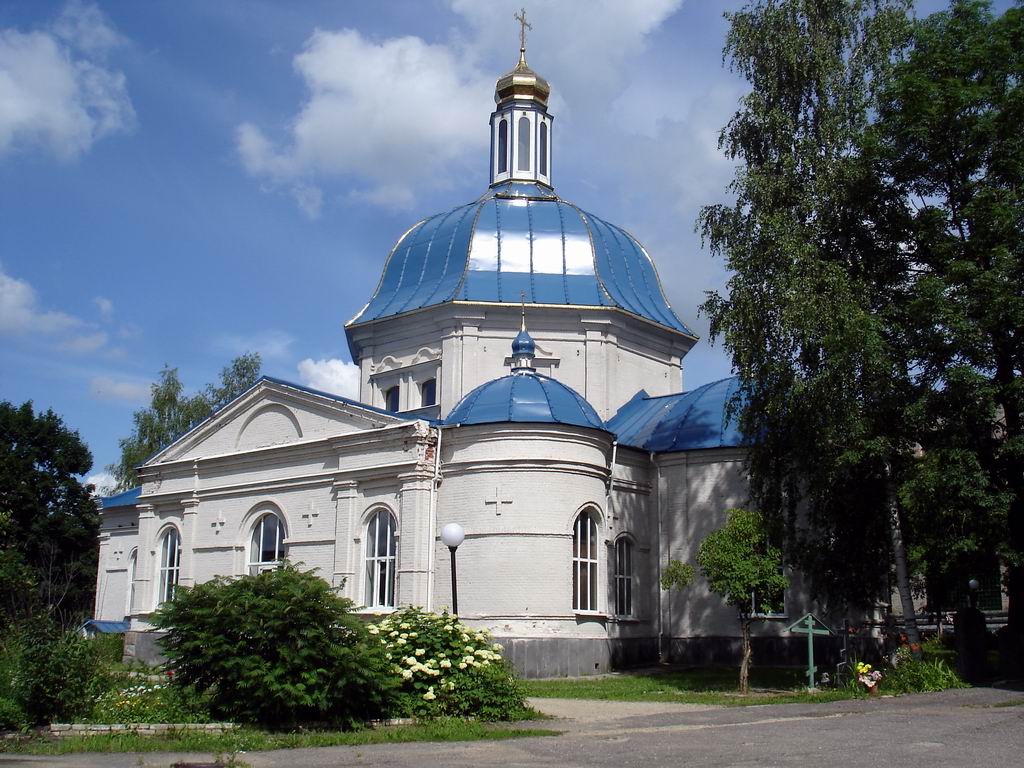
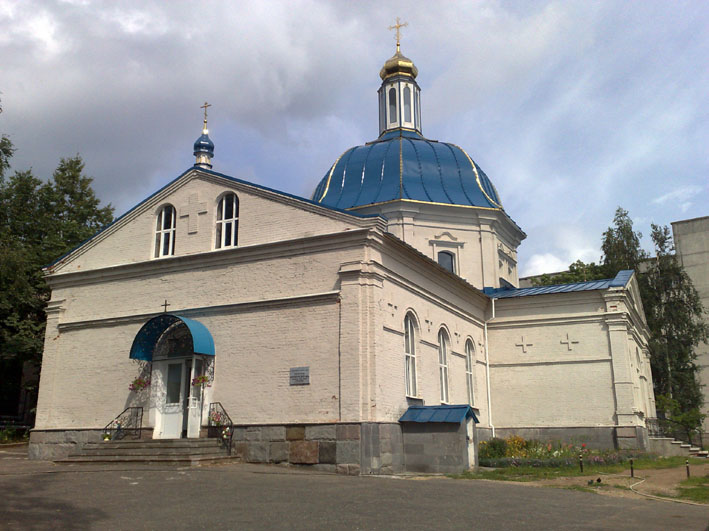
Hay un aeropuerto regional de pequeño tamaño que está cerca de esta ciudad, pero al que llegan sólo conexiones de otros aeropuertos de Rusia y Bielorrusia. Por lo que la mayoría de turistas escogen volar hasta Minsk y desde allí tomar un tren hasta la ciudad en un recorrido que toma un poco más de cuatro horas, también se pueden tomar trenes desde Moscú y San Petersburgo, en un viaje de nueve horas. Igualmente es posible llegar en autobús desde otras ciudades de gran tamaño del país.
Vítebsk ha estado habitada desde alrededor del año 1.000 y durante su historia ha sido un importante centro cultural y comercial, siendo en la actualidad todavía un punto de importancia para las artes y la cultura, que además tiene unos paisajes naturales espectaculares en sus alrededores. Uno de los museos más visitados es el que está dedicado al pintor judío Marc Chagall, en donde hay varios de sus trabajos y que solía ser su casa en la ciudad, ya que nació allí.
También recomiendo ir a la Academia Dramática Nacional Yakub Kolas que es una de las más reconocidas no sólo del país sino de todo el mundo, así como el Ayuntamiento o Ratusha que tiene una hermosa torre del reloj que data del siglo diecinueve. En cuanto a iglesias se puede visitar la de Santa Bárbara, así como la de Alexander Nevsky a orillas del río Dvina y la de la Anunciación que data del siglo decimo segundo. Igualmente se aconseja caminar por las calles de la ciudad, en especial las antiguas, y conocer los hermosos alrededores naturales.
http://serturista.com/bielorrusia/la-historia-y-la-cultura-se-unen-en-vitebsk/
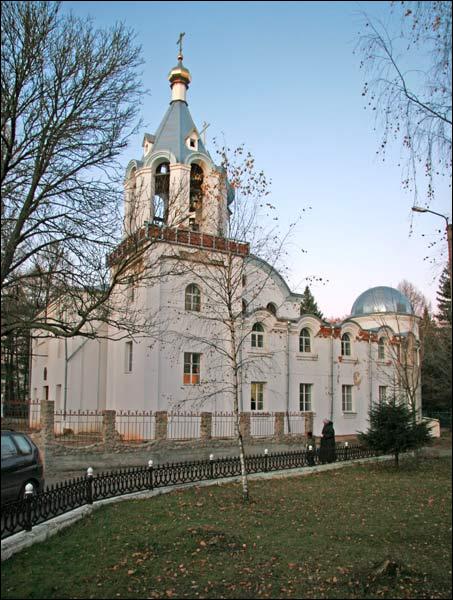
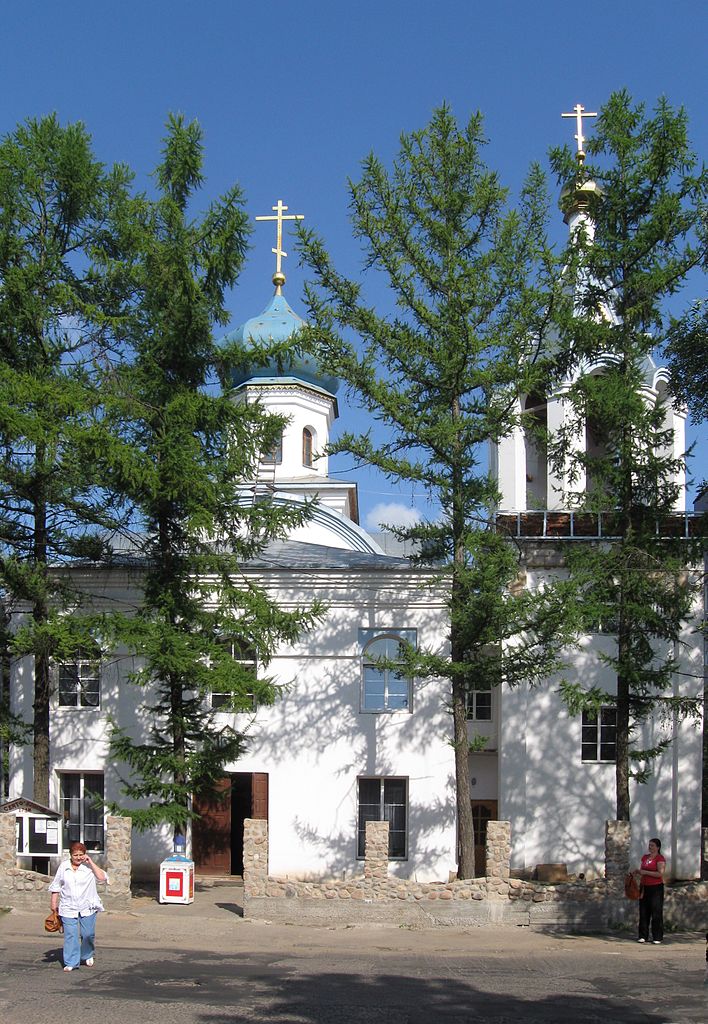
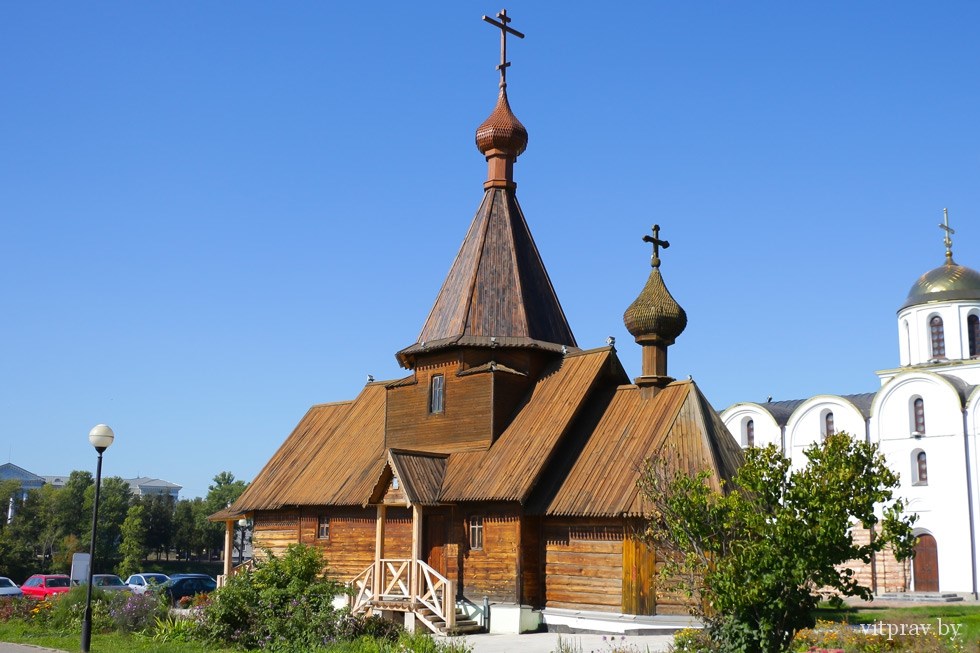
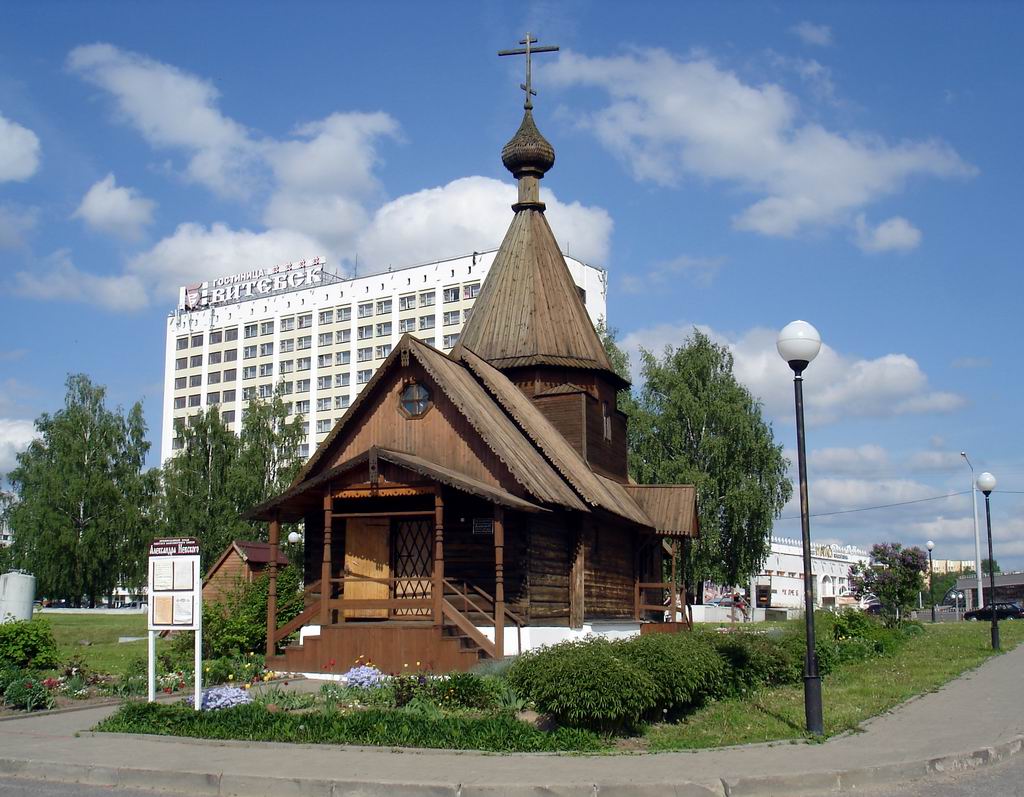
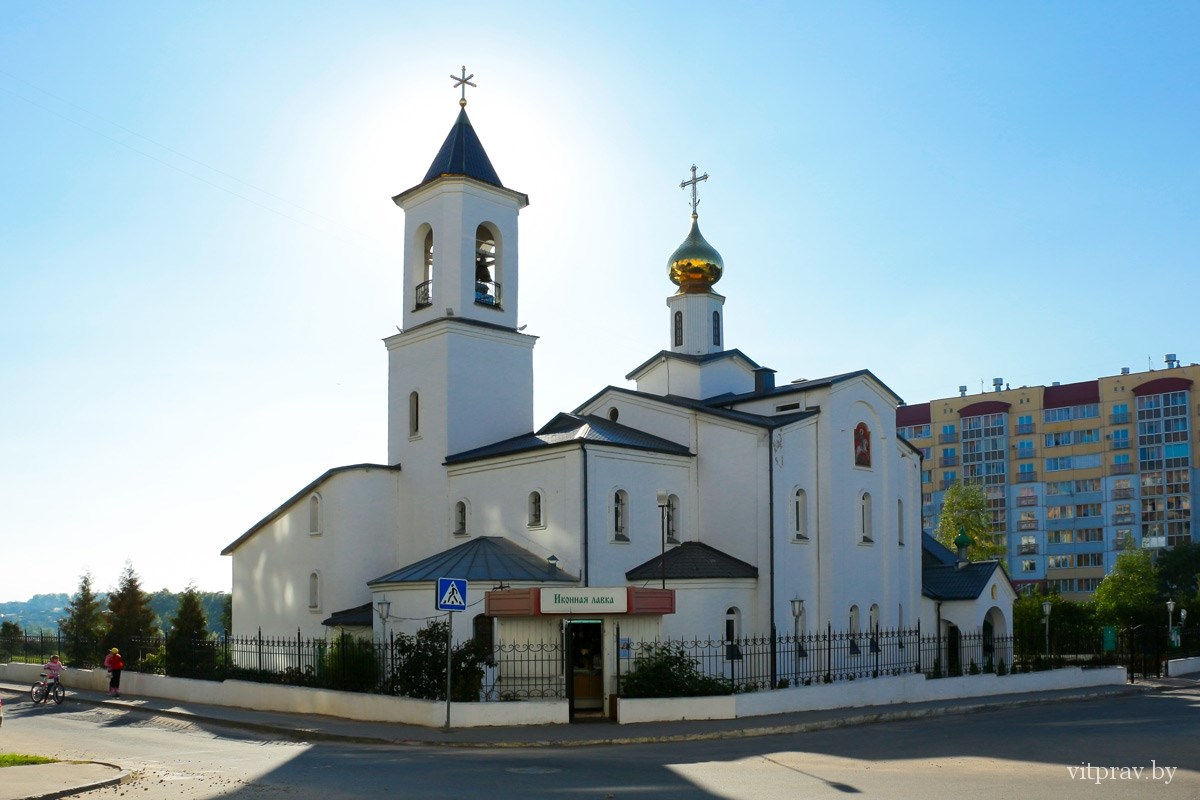

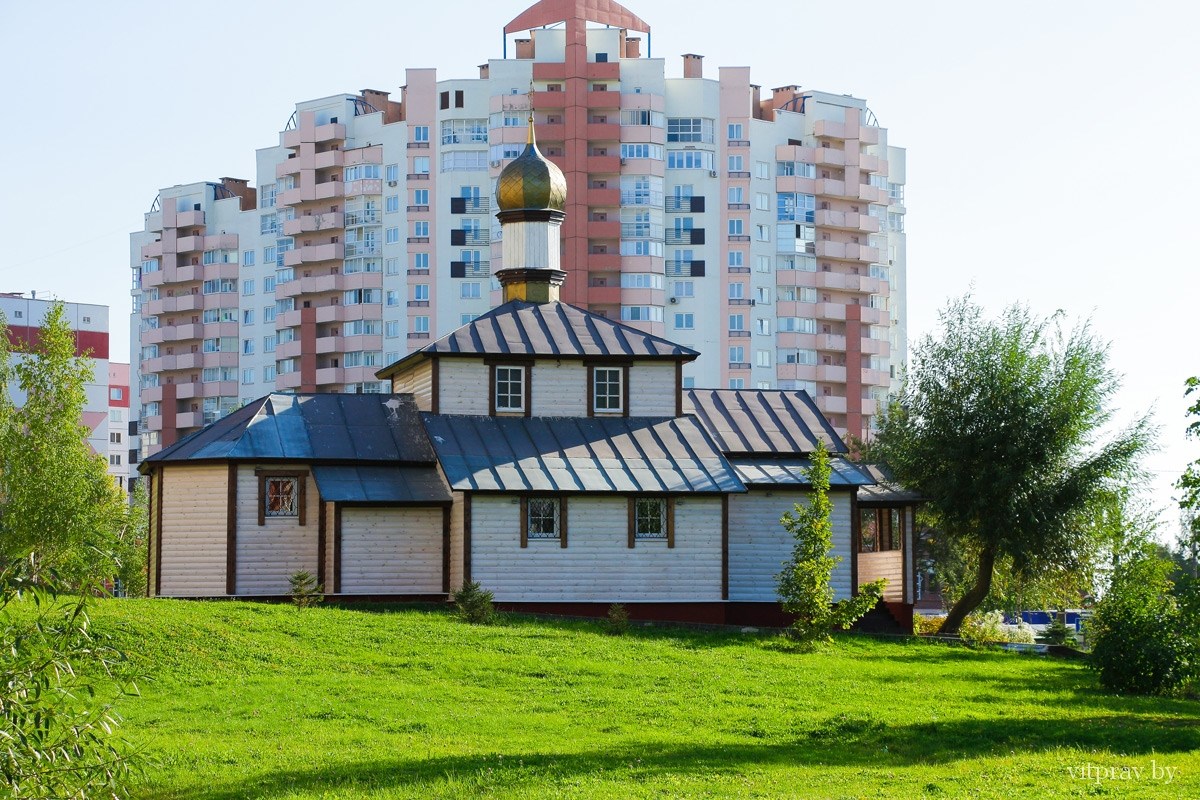
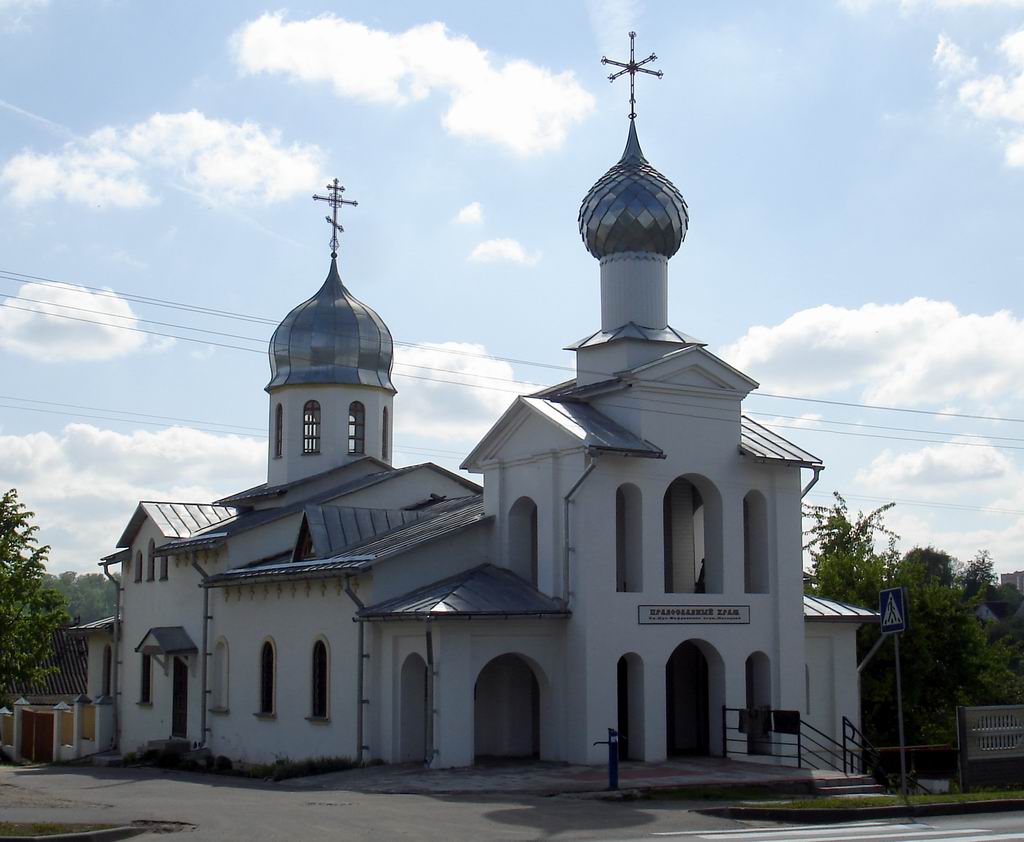
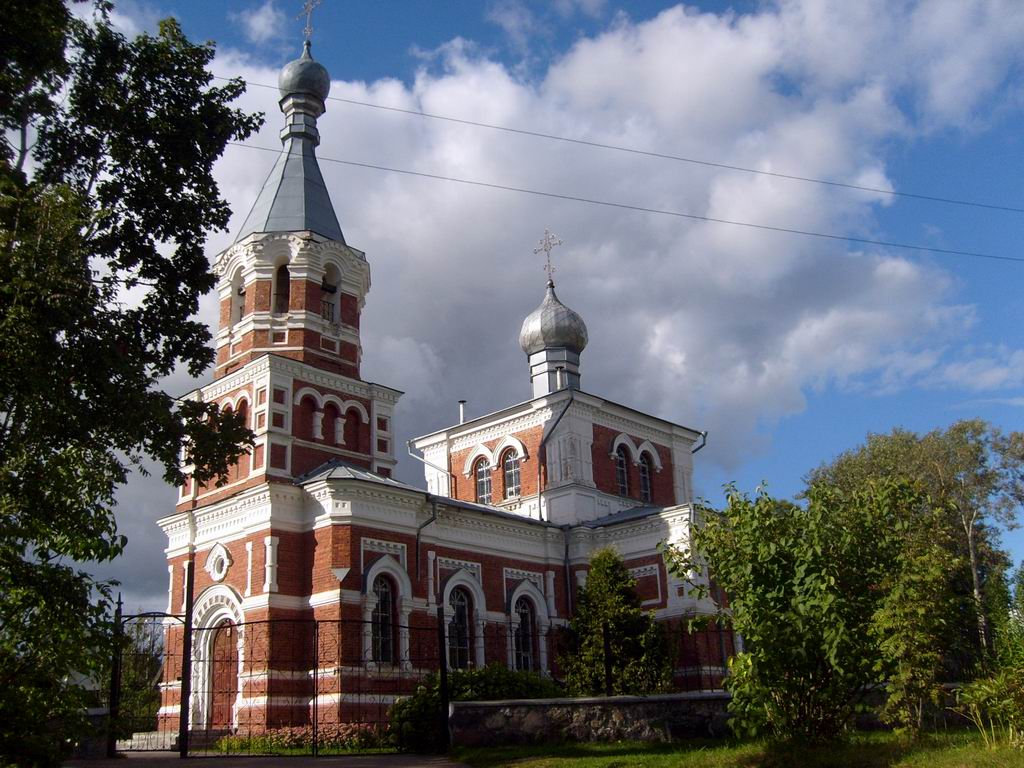
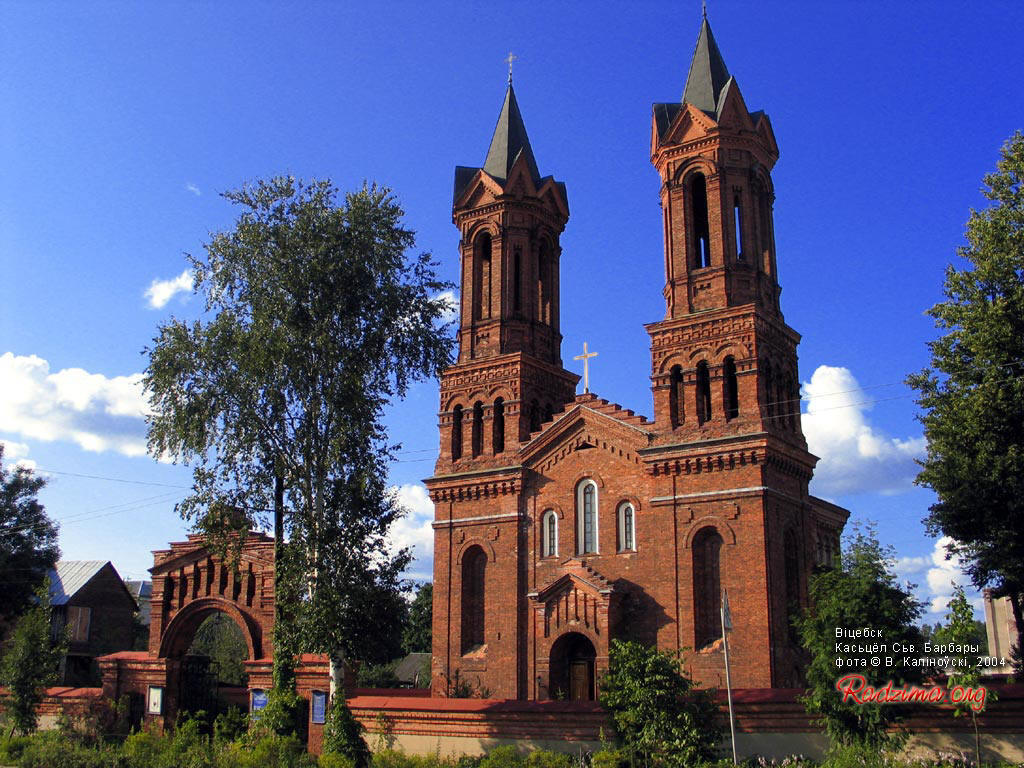
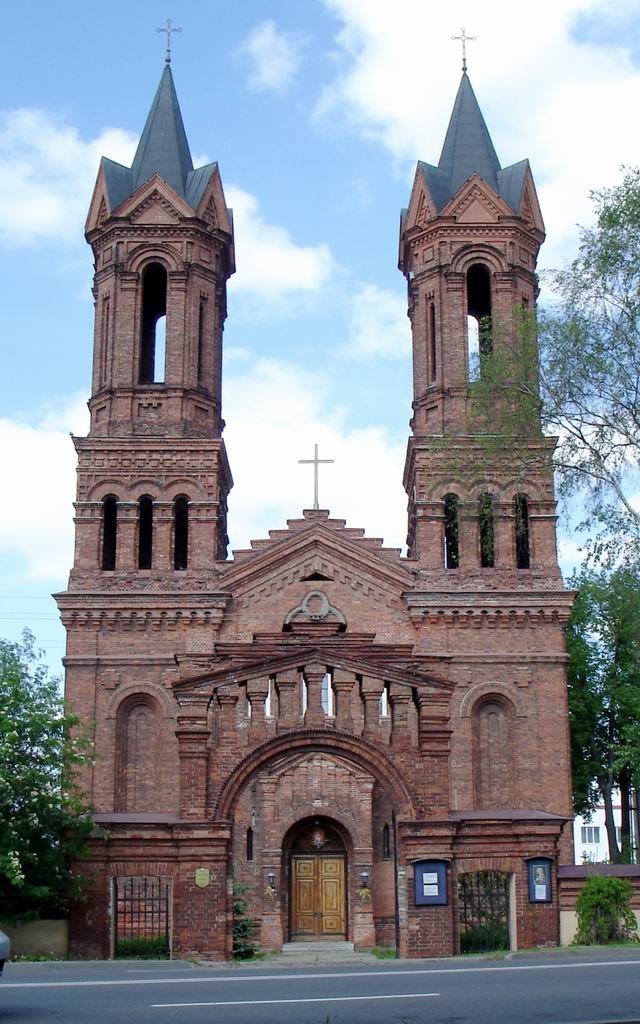
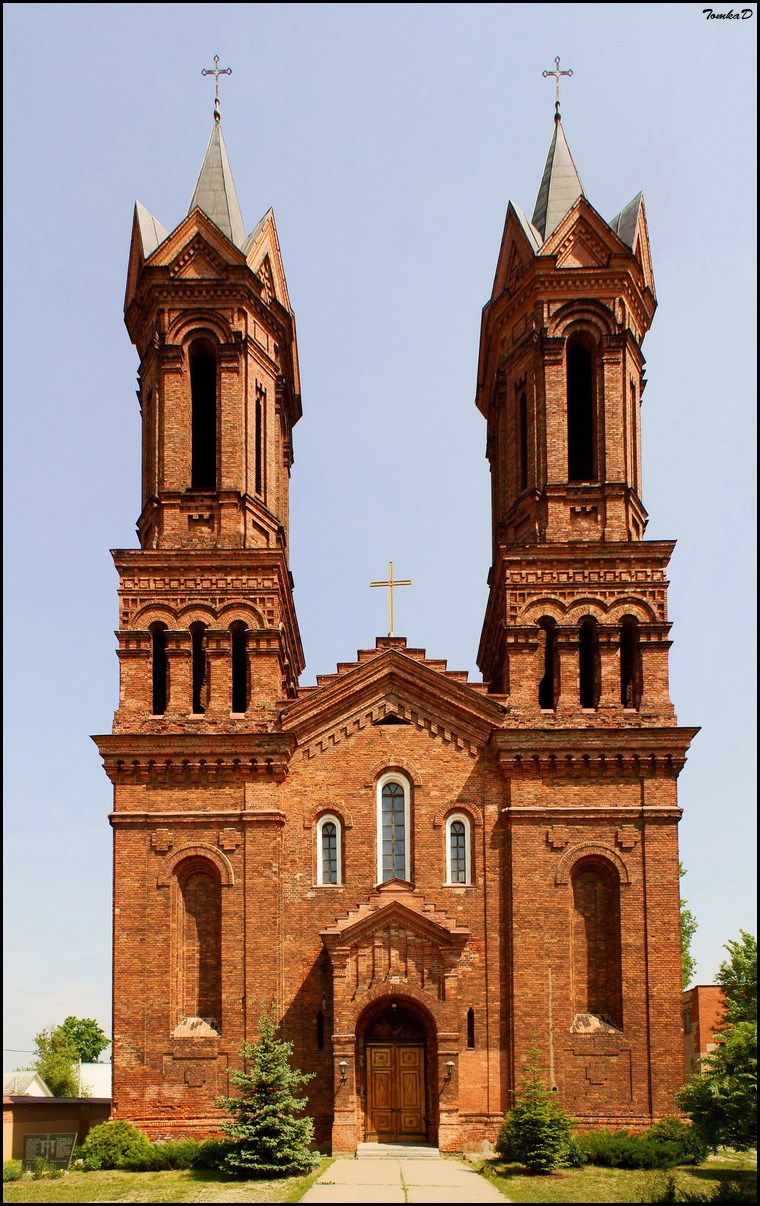
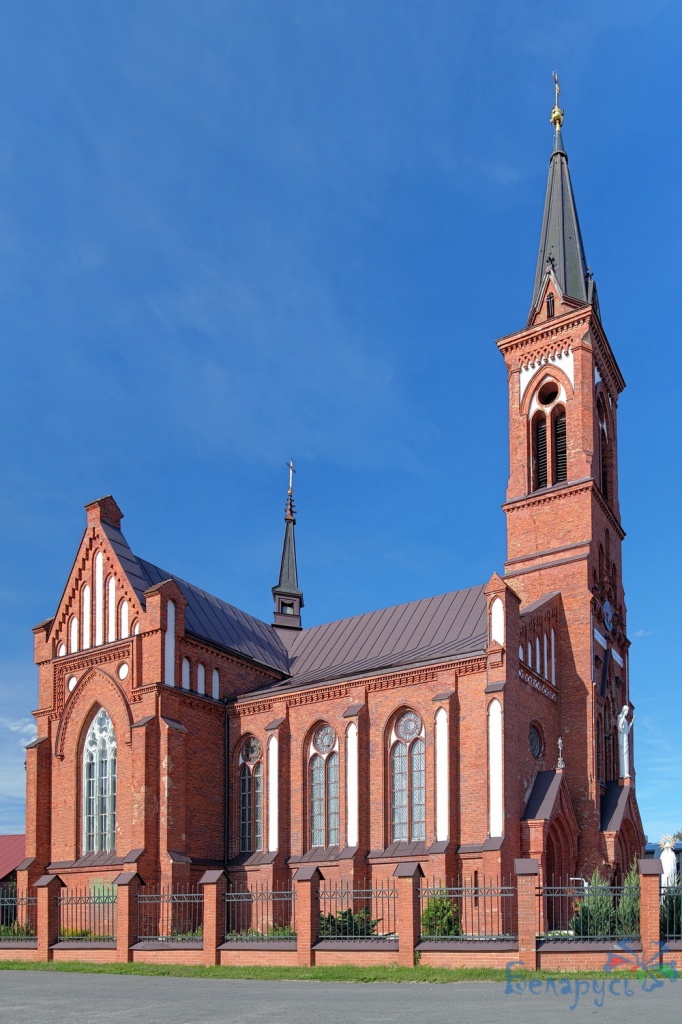
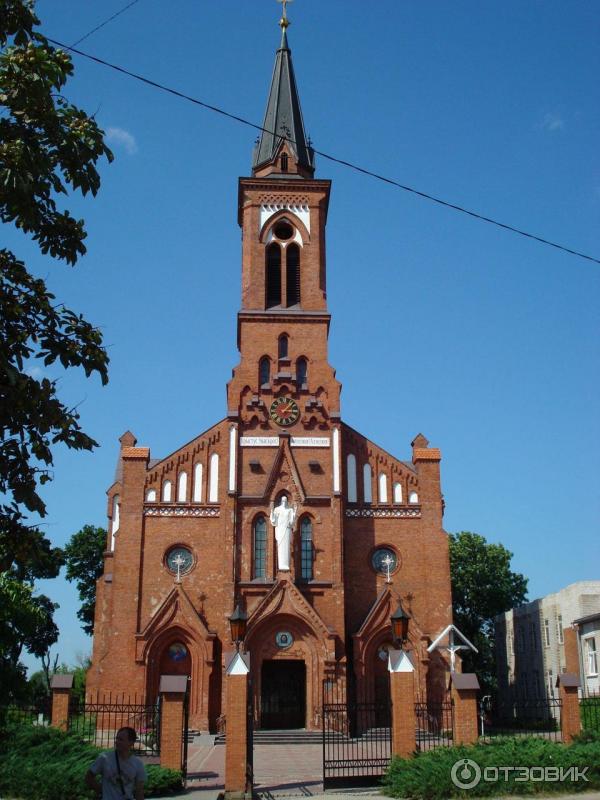
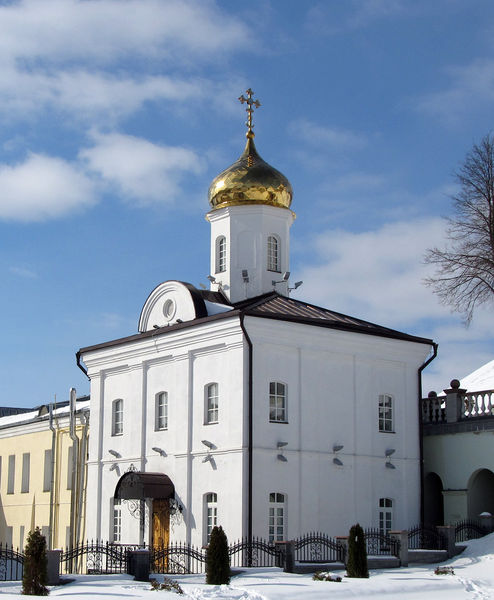
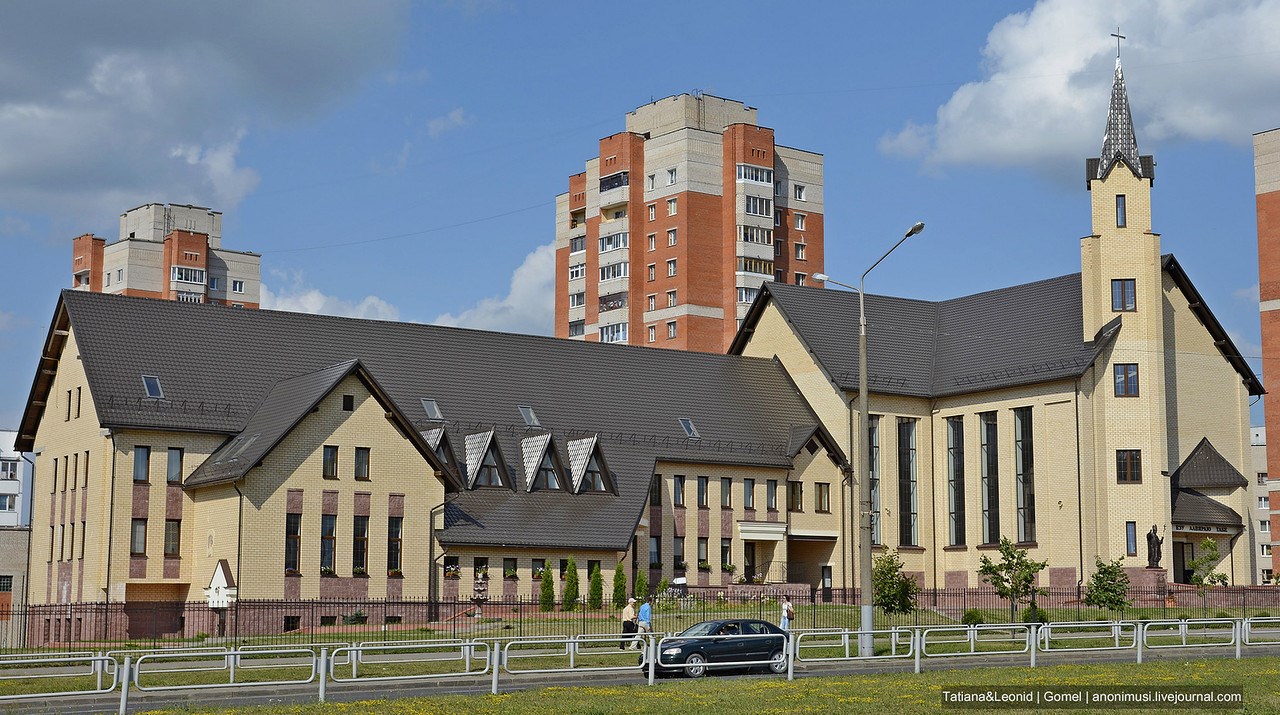
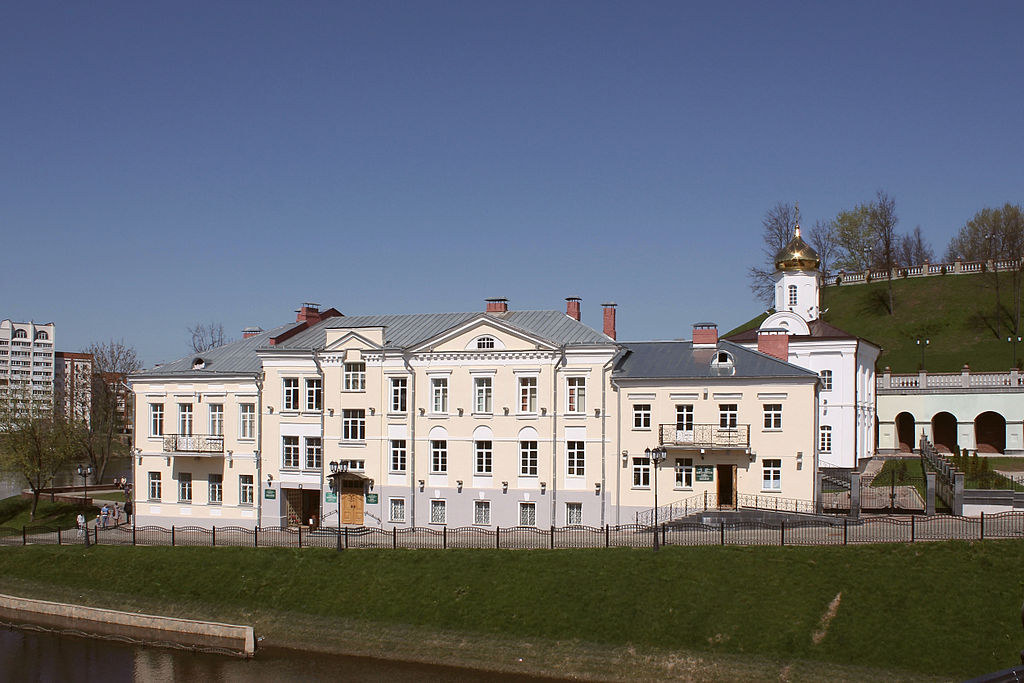
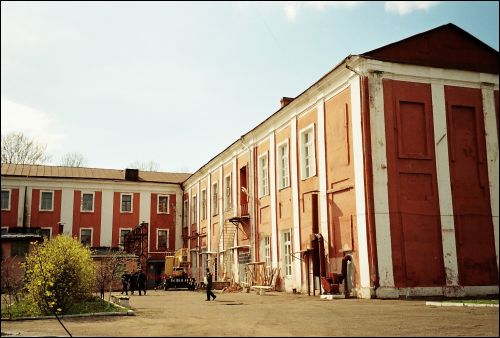
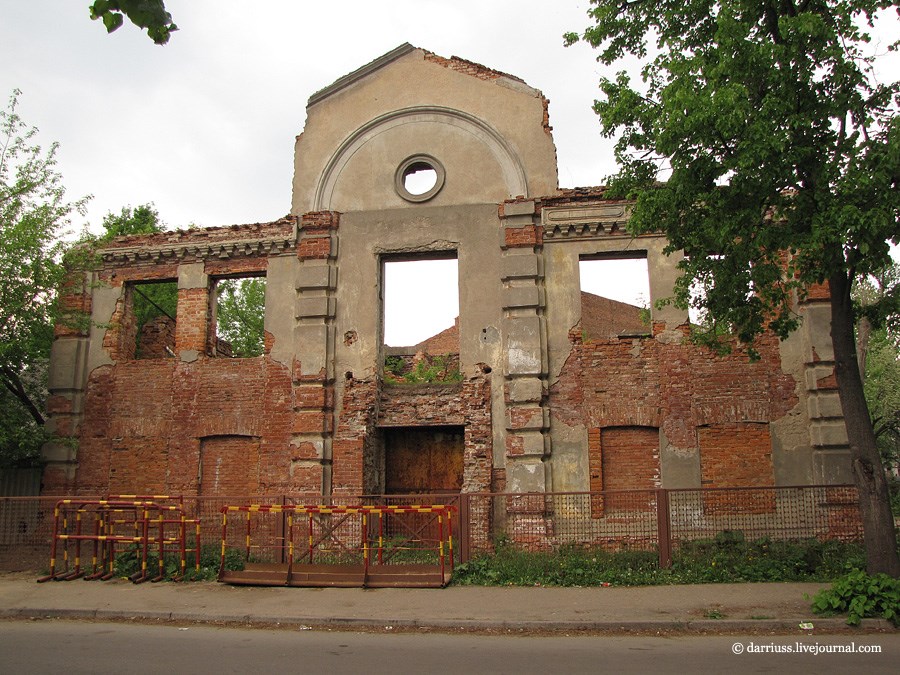
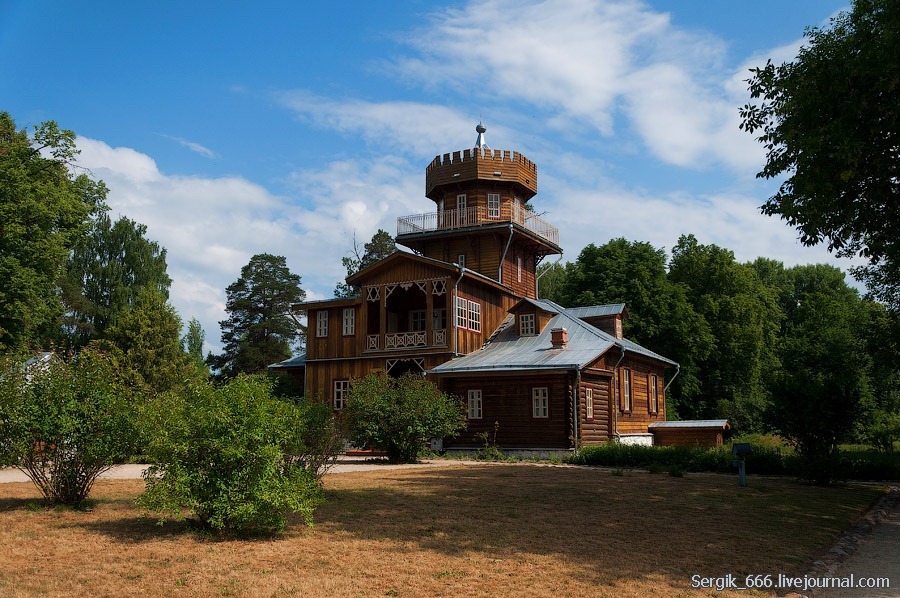
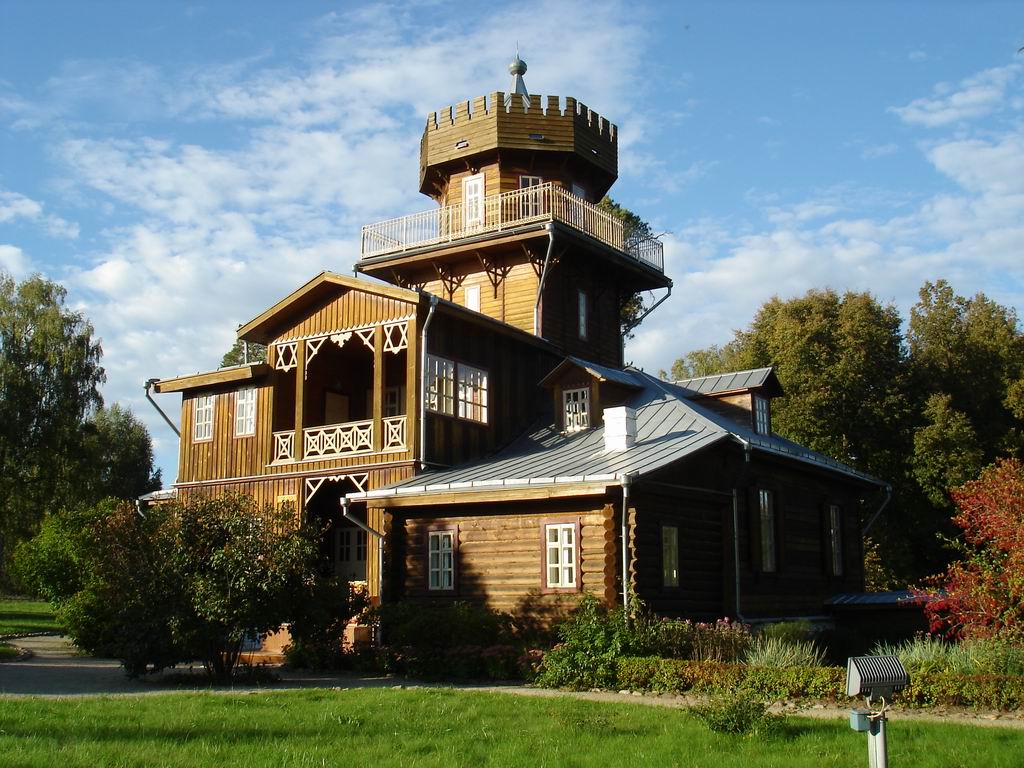
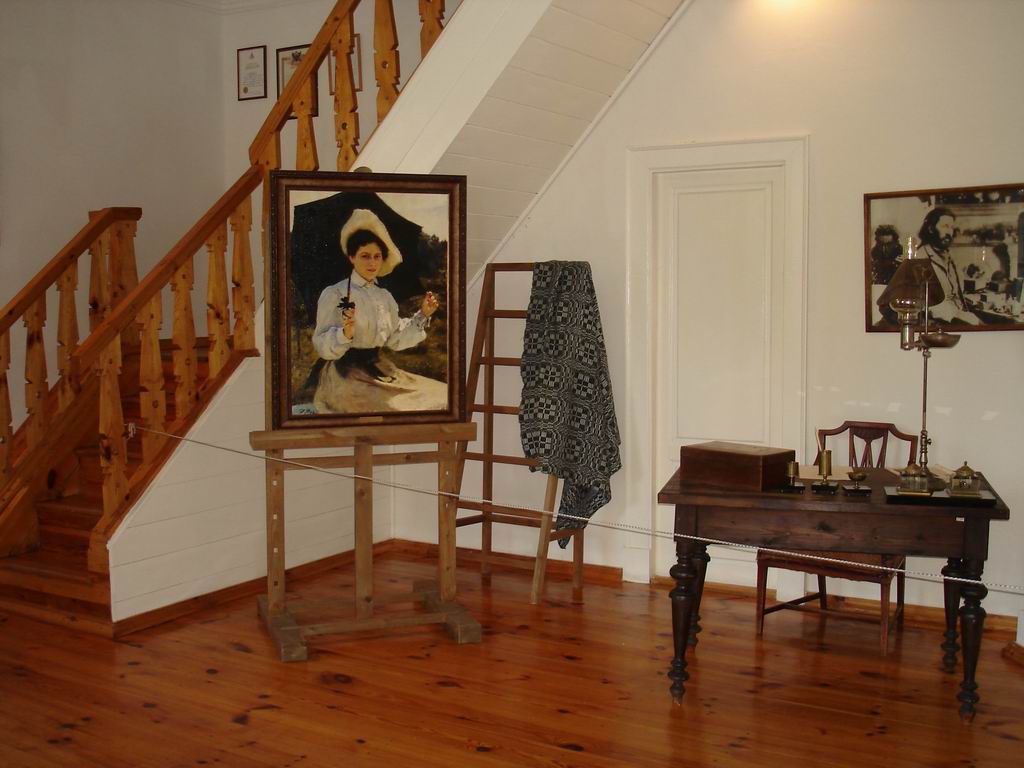
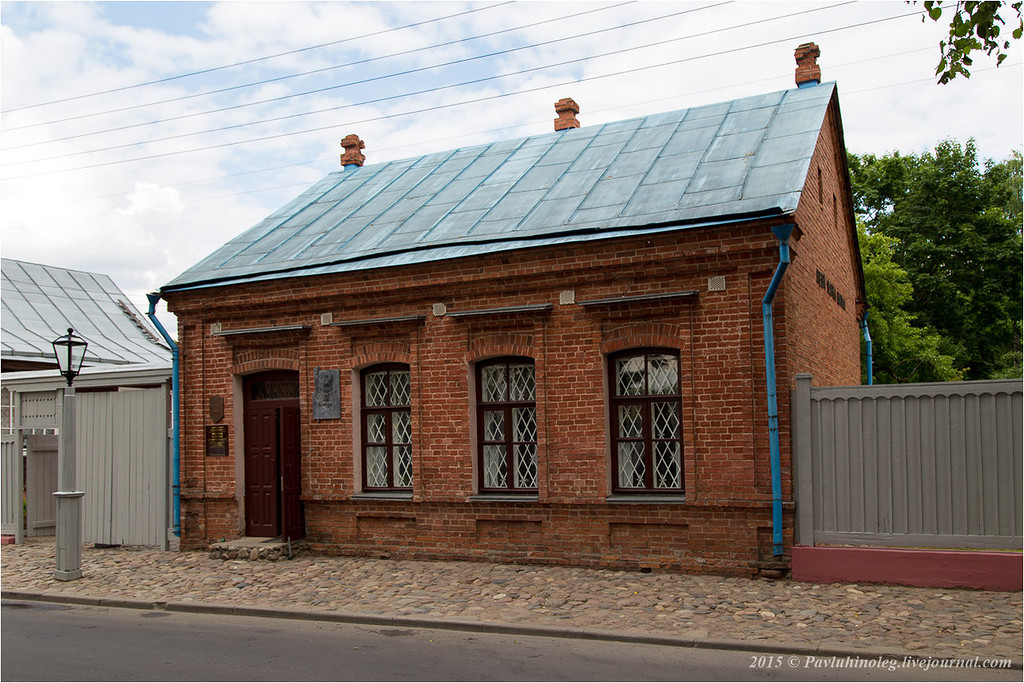
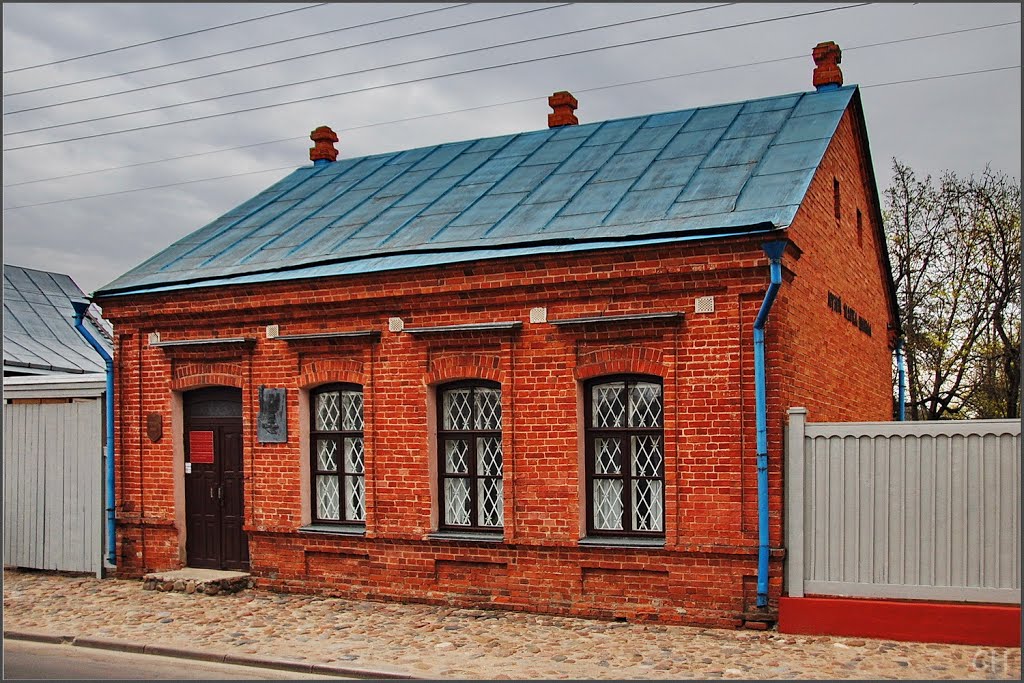
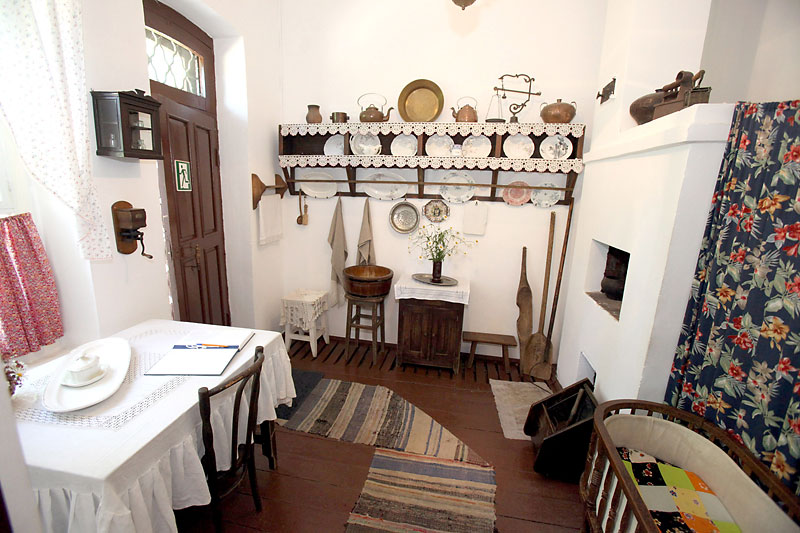
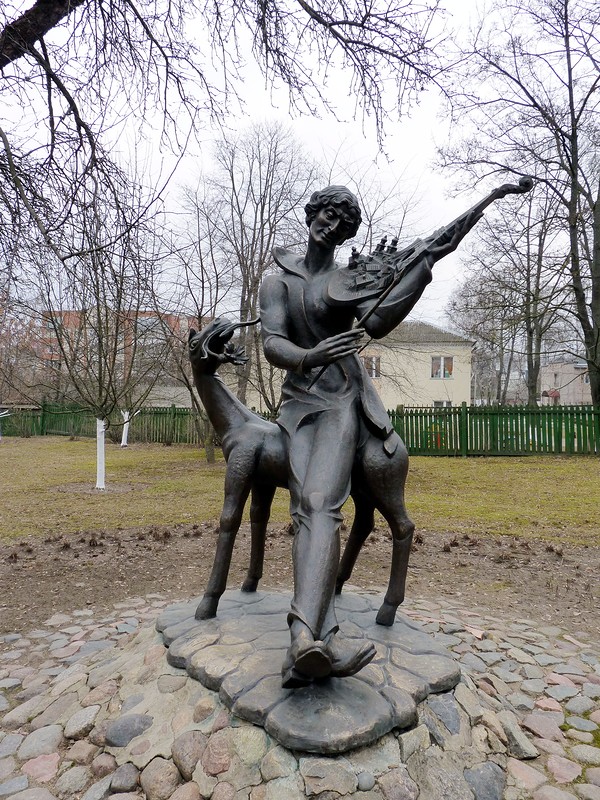

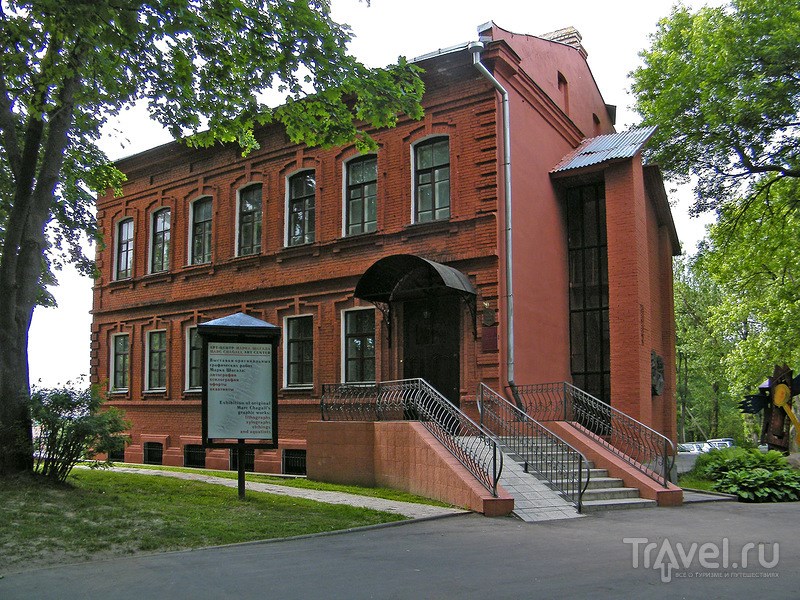
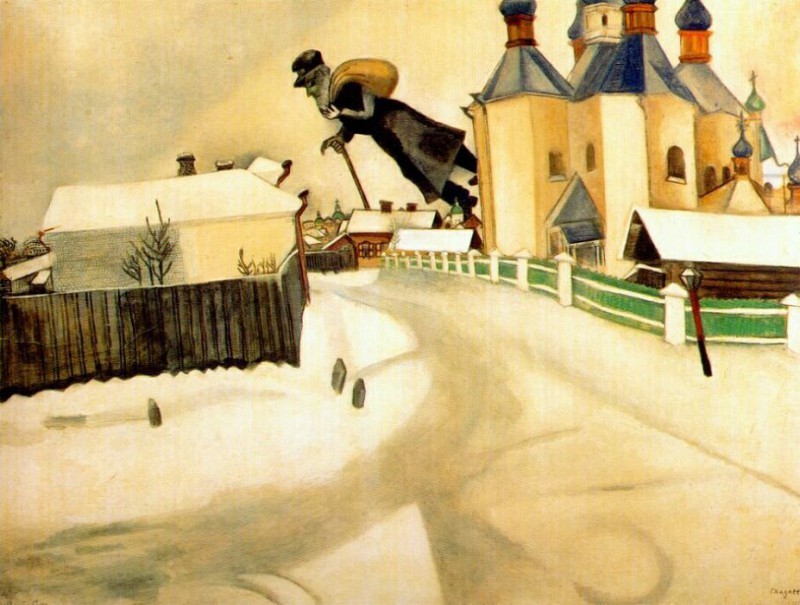
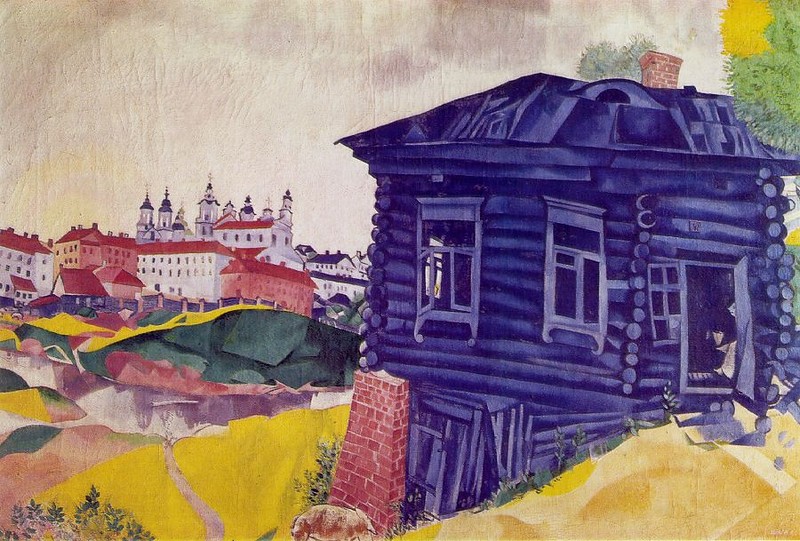
Vitebsk: waltz of the past and the present.
Vitebsk is a city of contrasts. This is an amazing place where traditions of the bygone eras and the fashions of today unusually harmoniously blend. You can talk about the sights of Vitebsk indefinitely long. Because it is impossible to tell about them briefly. Every corner of tourist Vitebsk is imbued with the spirit of history, breathes with life, radiating a sense of comfort and warmth. Because the history of the city of Vitebsk is rich for events. There were both tragic and joyful moments. However precisely because of these ups and downs today there are things what to see in Vitebsk. After all, it eventually prompted the city to develop and improve. As a result today Vitebsk is proud of its unique architectural ensembles and monuments and simply its history.
To uncover the mystery of unique Vitebsk and get acquainted with its attractions it is enough to leisurely walk through the city. After all, tourist Vitebsk, especially its central historical part, is just full of monuments of architecture and art, as well as spectacular scenery.
There are so many attractions in Vitebsk so much that it is difficult to unite them in a single section. Therefore all information at city portal VitebskCity.by is conveniently divided into topical sections, which more fully disclose the tourist highlights of Vitebsk.
And if you cannot wait to start getting acquainted with the city right now - welcome to the site of Vitebsk. Here on every page of the portal you will find all necessary information about both the outstanding events in the history of the city of Vitebsk and its attractions.
Modern Vitebsk is a large administrative, industrial, scientific and cultural centre. However, the modern city is not trivial – its long history has made a unique architectural character of Vitebsk, has shaped a majority of traditions and customs, and Vitebsk residents could be easily distinguished among all Belarusians by inimitable mentality and outlook.
GEOGRAPHICAL LOCATION.
Regarding all the regional centres of Belarus, Vitebsk could be called the most northern city. In any case, its exact geographical coordinates completely confirm this fact. The city is not small – with the area being over 12000 hectares. And the area of Vitebsk region exceeds the area of separate countries - Moldova, Armenia, Albania and El Salvador.
Vitebsk region borders with Lithuania in the west, with Latvia - in the north-west, with the Russian Federation – in the north-east. The length of the common border with the neighboring countries totals 933.8 km: with Russia - 575.8 km, Lithuania - 192.2 km, the border with Latvia is 165.8 km. In the south, Vitebsk region joins Grodno, Minsk and Mogilev regions.
From east to west Vitebsk region extends over 300 km, and the length from north to south totals 175 km.
The geographical position of Vitebsk could be called successful. There are roads leading to the Baltic States, Ukraine, the countries of the Western Europe. This is evident from the table of distances to the major European cities: Vitebsk-Warsaw - 800 km, Vitebsk-Brest - 638 km, Vitebsk-Petersburg - 602 km, Vitebsk-Kiev - 580 km, Vitebsk-Riga - 514 km, Vitebsk-Moscow - 500 km, Vitebsk-Vilnius - 360 km, Vitebsk-Minsk - 281 km.
CLIMATE.
Vitebsk region is located in the north of the country, so the climate is more severe than in other regions. It is dominated by marine air masses that come from the Atlantic Ocean. Due to these cyclones there is a warming winter, and in summer the sun and clear weather is replaced by clouds and rains. The first snow falls in November, but the real spring begins in late April. The arrival of the warm and sunny summer coincides with the middle of June. In autumn prevail rains and gray weather. Closer to November, there is the first frost.
PEOPLE AND RELIGION.
According to August 2012 data, 367700 people live in Vitebsk - it is the third largest population in Belarus. The city has opened its doors only for Belarusians, but also for Russians, Ukrainians and other communities.
Holy Resurrection Church | Modern VitebskRoman Catholic Church of St.Barbara | Modern VitebskAccording to the census in 2009, in Vitebsk there are more than 75 nationalities and 80% of all believers refers to the Orthodox faith. The city operates 80 religious communities (45 of them – the Orthodox), which belong to the 16 faith - traditional and non-traditional. In modern Vitebsk peacefully exist the Orthodox and the Catholics, the Muslims, and the Old Believers, the Hare Krishnas, Jehovah's Witnesses, the Baptists, etc. The city has two monasteries, five brotherhoods, a sisterhood, and a seminary of Vitebsk Diocese of Belarusian Orthodox Church. In addition, there are three charitable mission of three faiths, two dioceses and two regional religious associations.
LANGUAGE.
In Vitebsk, as well as throughout the country, two languages are officially recognized - Belarusian and Russian. Although, most citizens choose Russian as a means of communication. The share of Belarusian speaking citizens in Vitebsk region, however, as in all of Belarus, is inconspicuous - only about 26% of the population speak Belarusian fluently both at work and at home.
MONEY.
Modern Belarussian money is called "Rubles". Now in circulation are banknotes from 10 to 200,000 rubles: their face value equivalents to 10, 20, 50, 100, 500, 1000, 5000, 10000, 20000, 50000, 100000 and 200000 rubles. Each bill shows the symbolic landmarks of Belarusian culture, located in different parts of the country.
There are no coins, or iron money, in Belarus. But despite this, the country produces commemorative coins in small quantities, which could be undoubtedly the exquisite decoration of a numismatic collection.
ADMINISTRATIVE AND TERRITORIAL DIVISION.
Administrative Districts | Modern VitebskVitebsk is divided into three administrative districts - Oktyabrsky, Zheleznodorozhny and Pervomaysky. In addition, the boundaries of the city include three suburbs - Guta, Verhovye (Guta-2) and Ruba.
Oktyabrsky district is the central core of Vitebsk, its historical and cultural centre. There are 4 avenues, more than 298 streets and lanes in the district. Their total length is more than 300 kilometers.
Zheleznodorozhny district is truly called a production conglomerate of the city. It also includes the settlements of Guta and Verhovye (Guta-2). The district is large enough - about 50000 people live in an area of 45000 hectares. Ruba settlement is located 15 km far from the city, but despite this, is included in the city boundaries and is subject to the administration of Zheleznodorozhny district.
And Pervomaisky district of Vitebsk is no less attractive. Historically, the citizens emit two blocks in this districts, with the Western Dvina River and the Luchesa River serving as the dividing lines. One of these blocks carries a common name "Markovshchina", the origin of which goes back to the XV century, when male Markov Monastery was built in this area.
CULTURE.
Over the long history Vitebsk has accumulated a large number of cultural and historical sites. Only the national register of historic and cultural values includes 223 sites.
The amateurs of traditional reading appreciate 21 public libraries, the largest of which is Lenin Vitebsk Regional Library. Regional History Museum, Marc Chagall House-Museum and the Center of Folk Crafts "Zadvinye" desert special attention.
Theater-goers will get great pleasure visiting Yakub Kolas National Academic Drama Theatre and Belarusian Puppet Theatre "Lalka".
Vitebsk has the necessary infrastructure for major concerts and festivals. All venues are concentrated under SI "Cultural Centre "Vitebsk", including well-known branches – the Summer Amphitheater and Vitebsk Regional Philharmonic Hall.
Vitebsk has always been a large city for its time. This is an advantage in times of peace, but a deficit in time of war. In the modern city there are located and maintained in a perfect order a large number of commemorative items - 59 memorial complexes, burial places, major battles and death of civilians, which chronicled the feat of the Soviet people, committed during World War II.
Vitebsk itself is an interesting and unique city that can boast not only a long history with rich traditions, but not less remarkable present times. Among numerous places of worship the most important are the Holy Resurrection Church and the Holy Assumption Cathedral.
Vitebsk goes hand in hand with modern cities and has recently got its pedestrian street. It is ancient Suvorov Street, which has many monuments of the XVIII - beginning of the XX century.
Vitebsk is a city of festivals. Every year there held more than 20 major cultural events. Undoubtedly, the most famous and important is "Slavic Bazaar" festival, which has long gained considerable international influence and status.
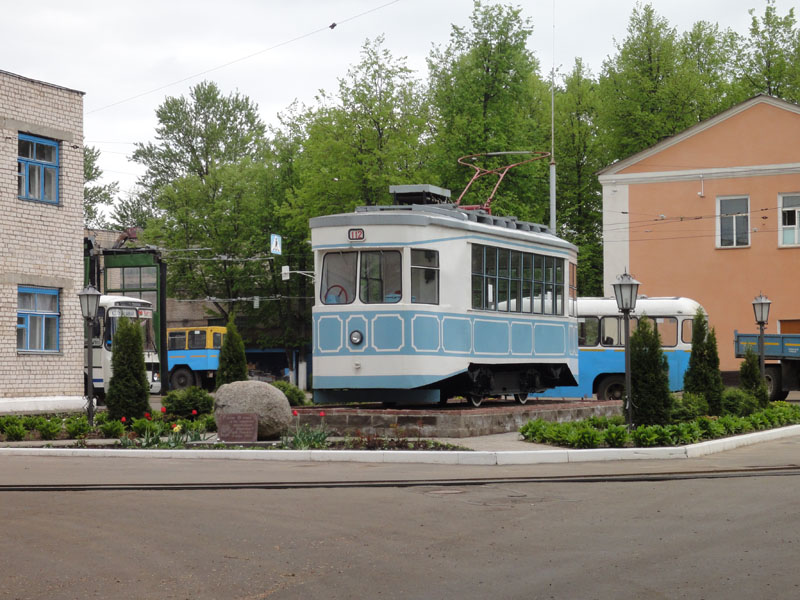
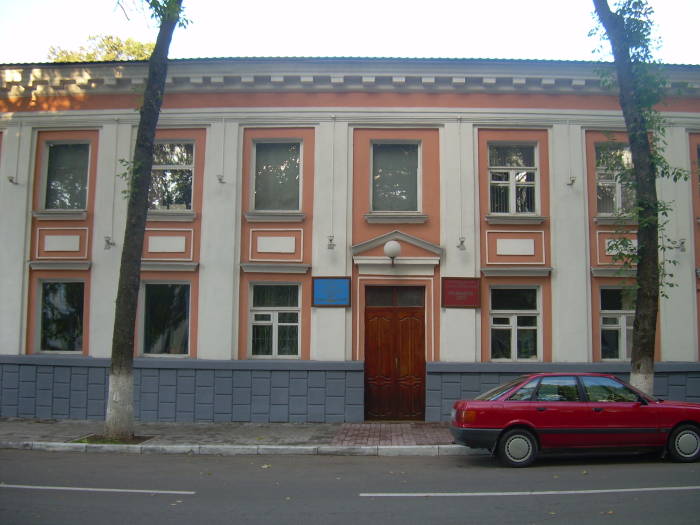
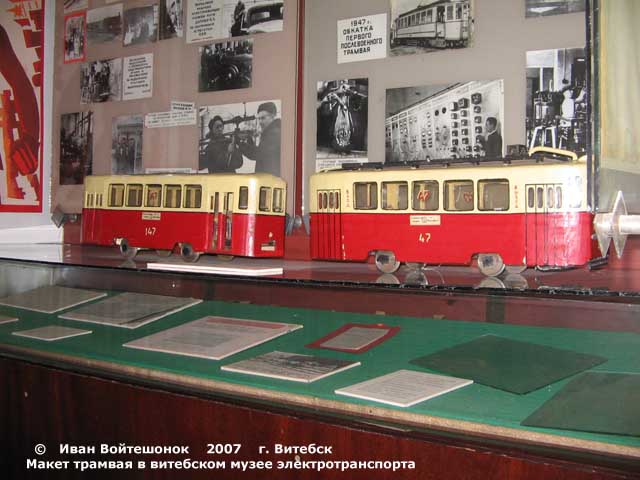
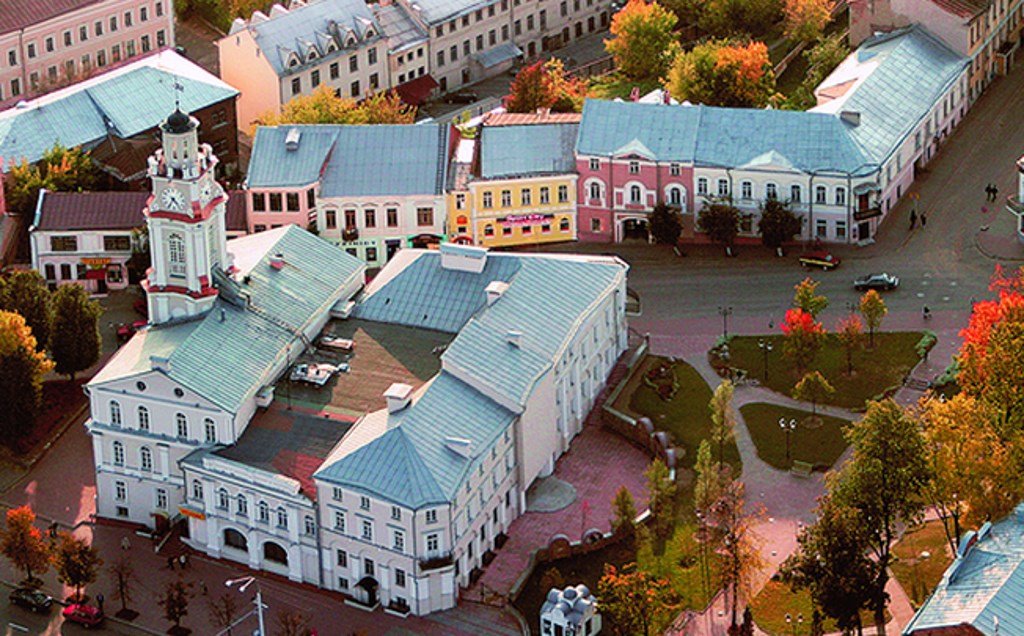
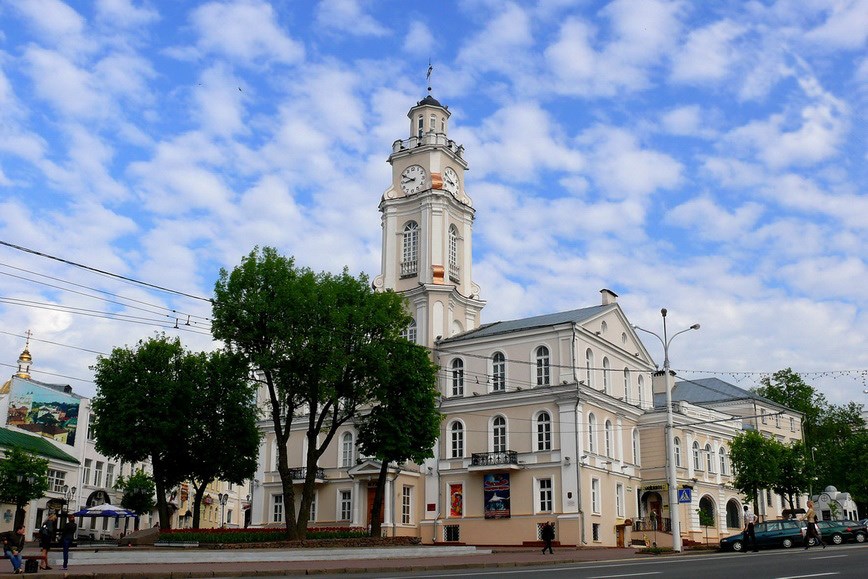
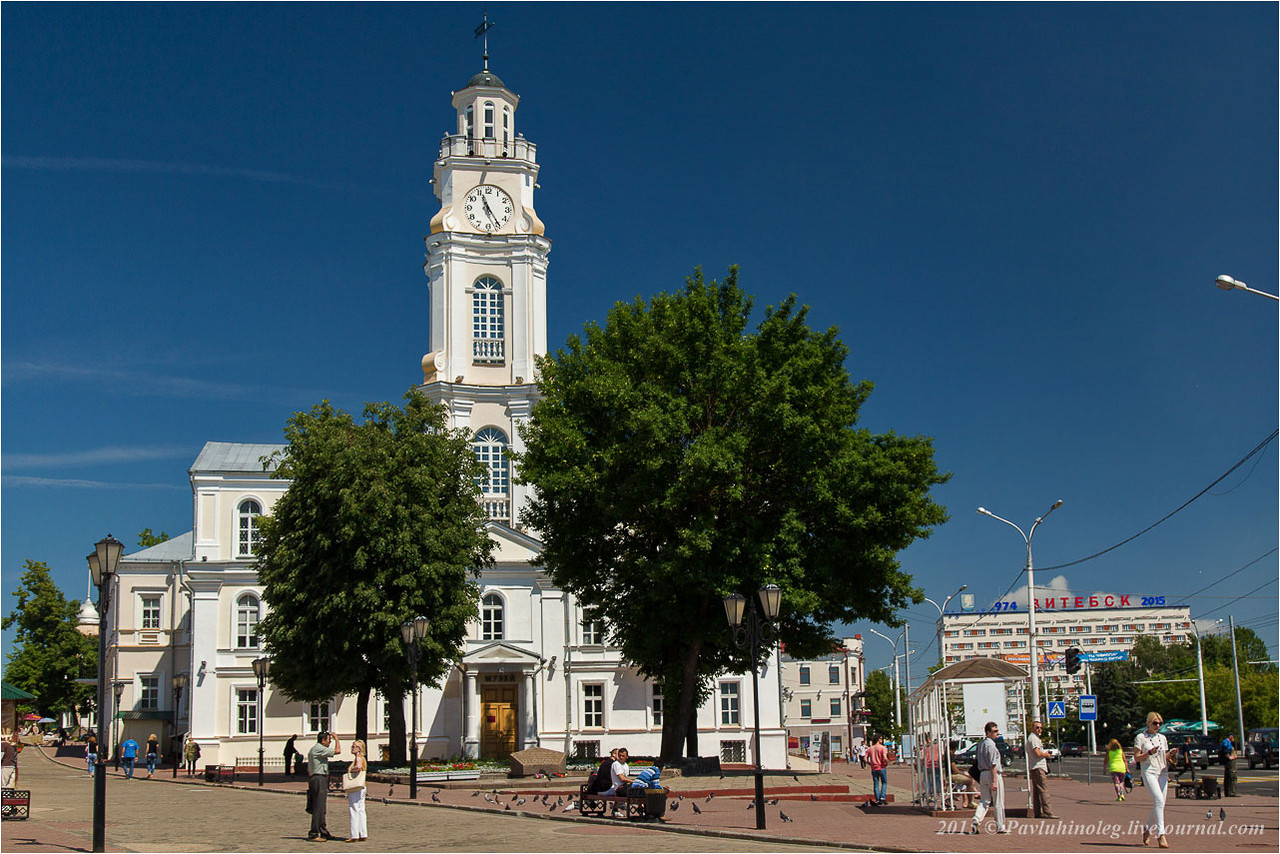

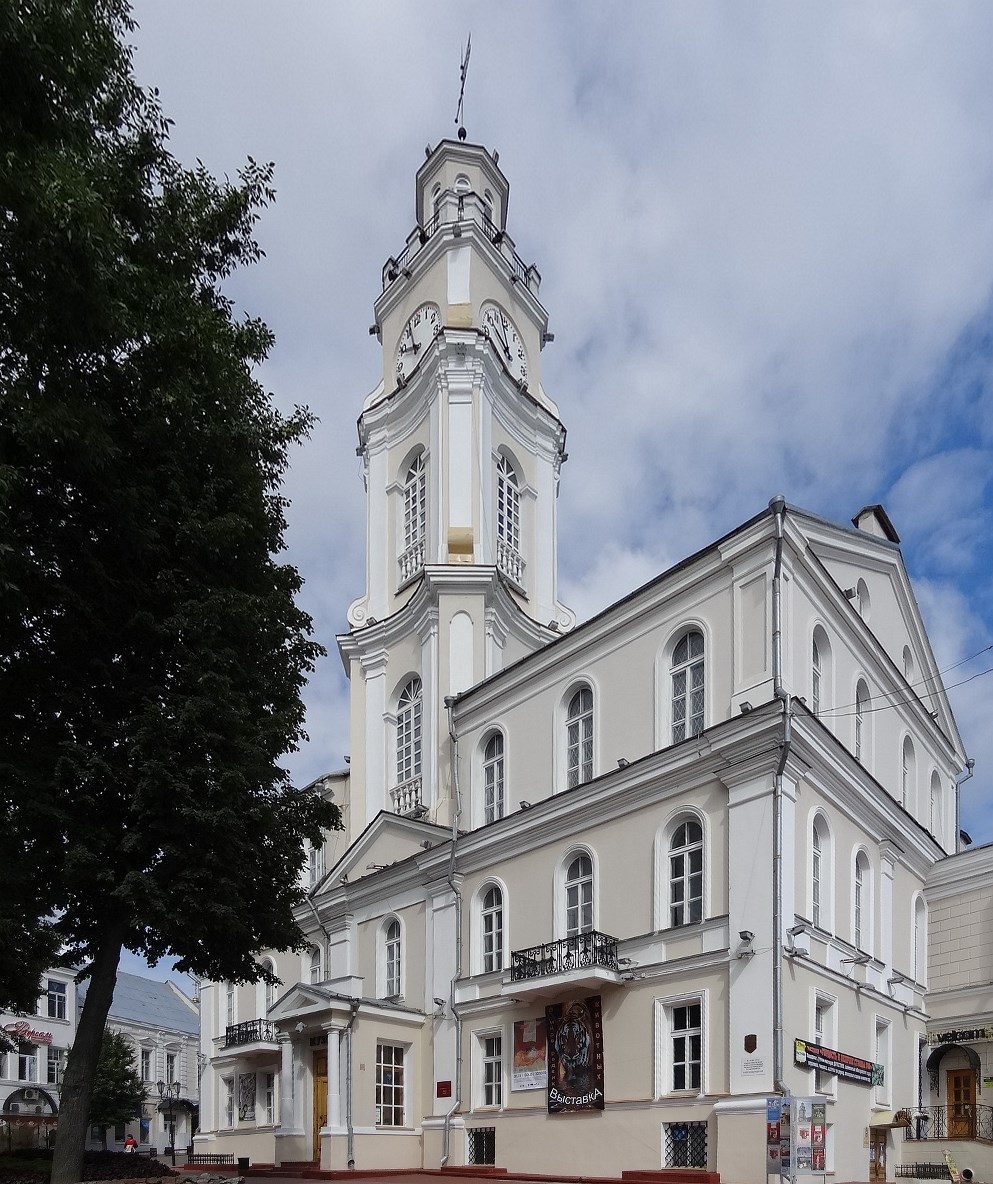
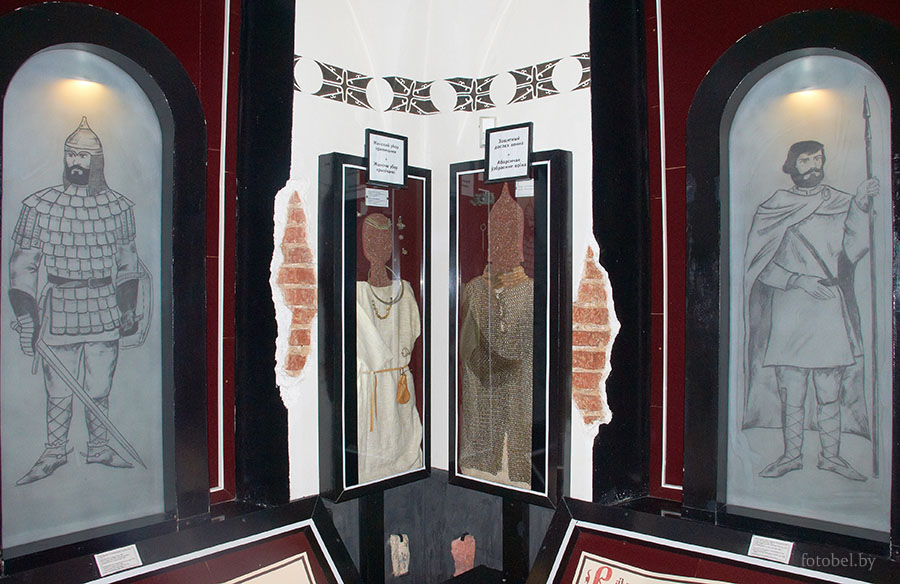
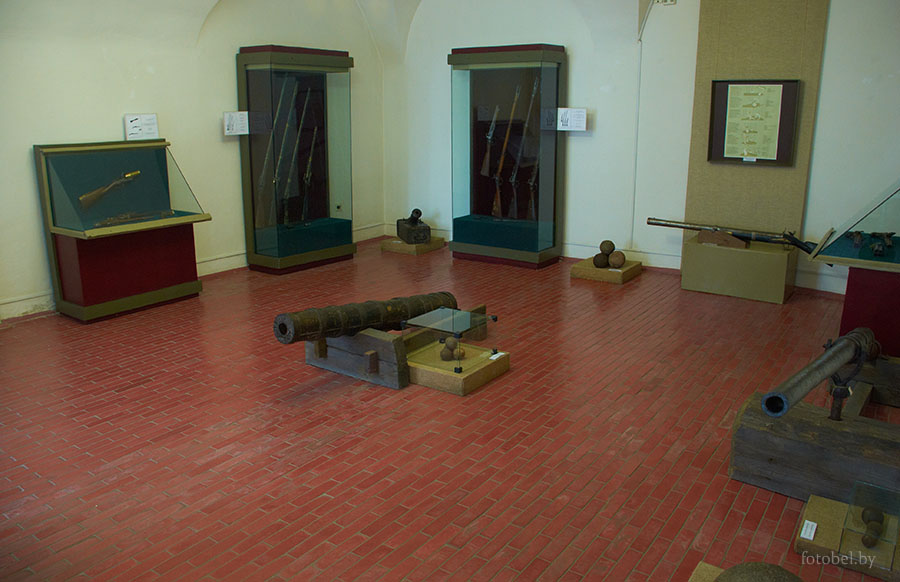
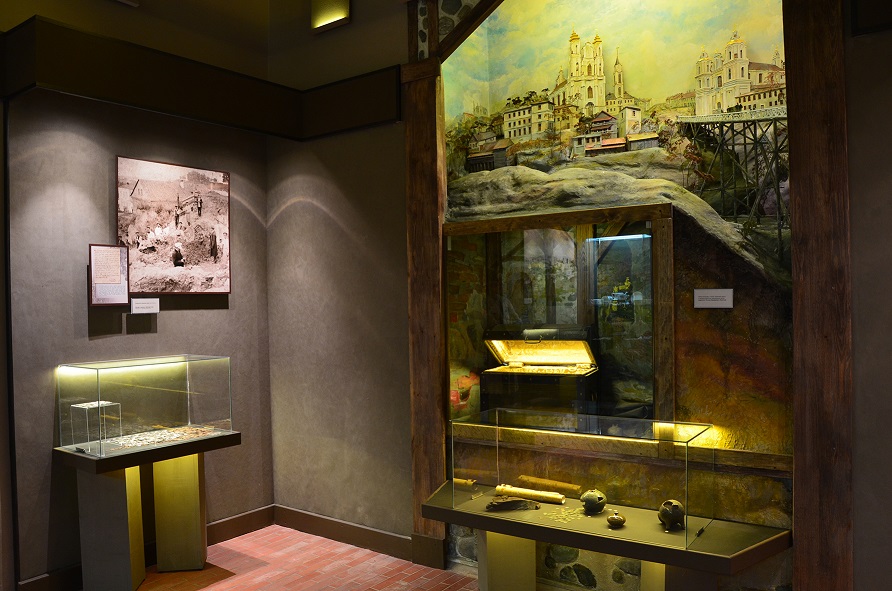
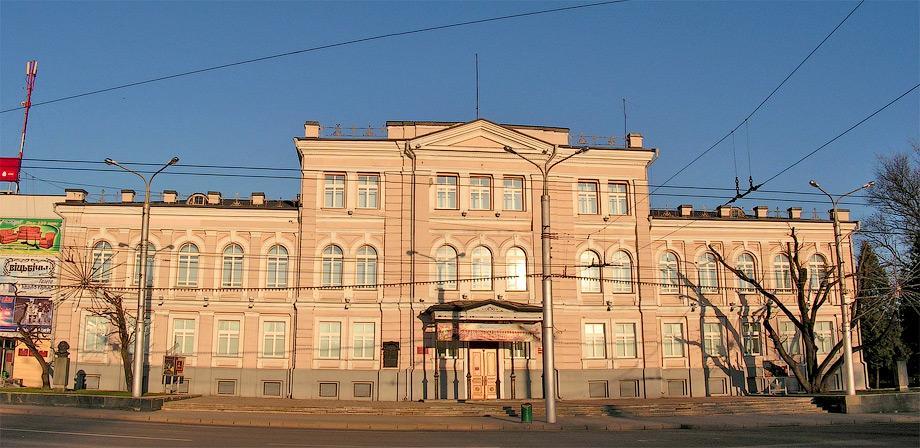
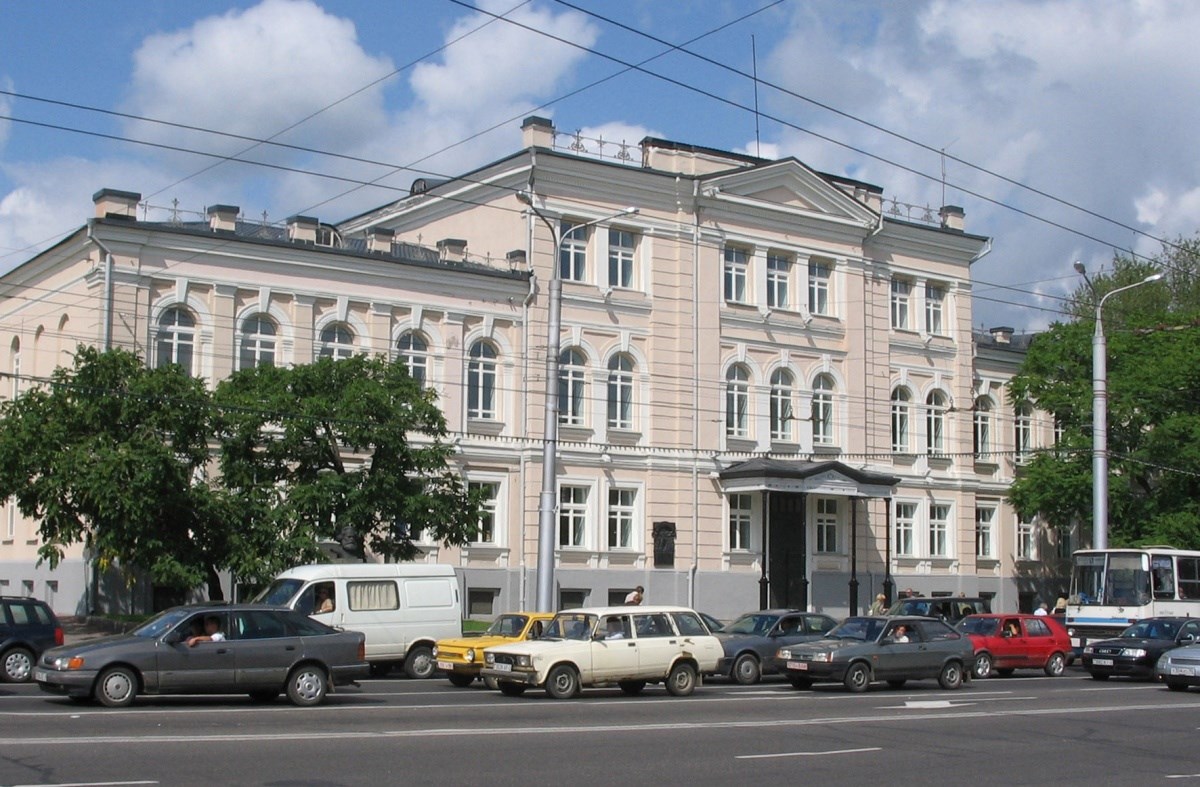
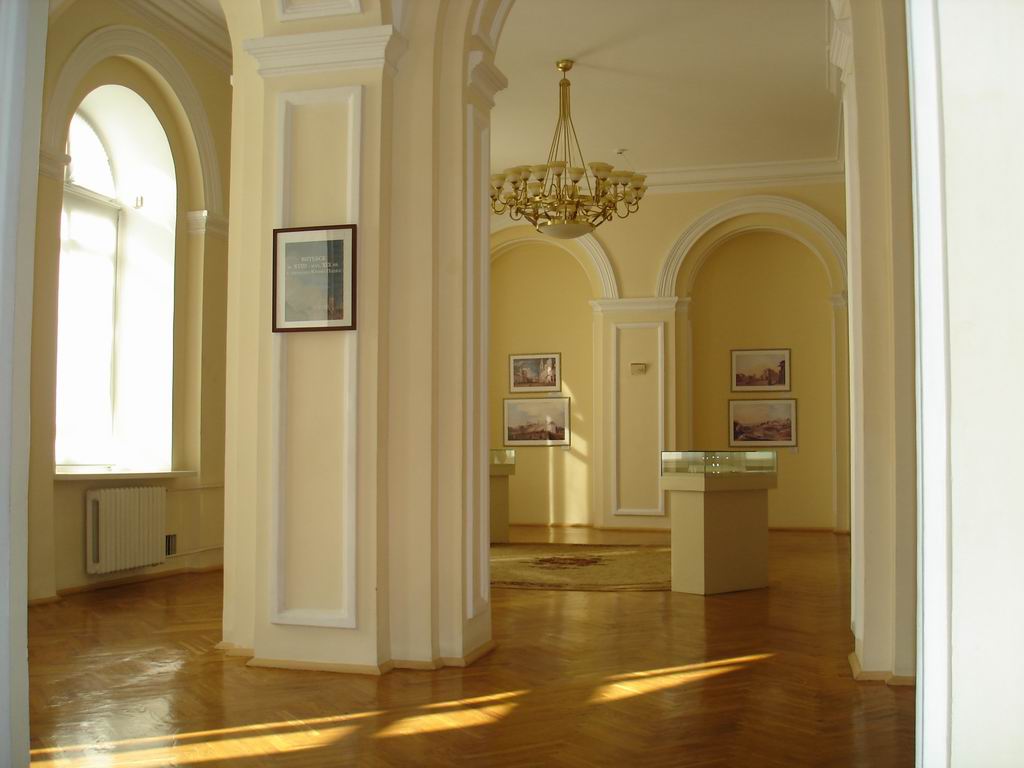
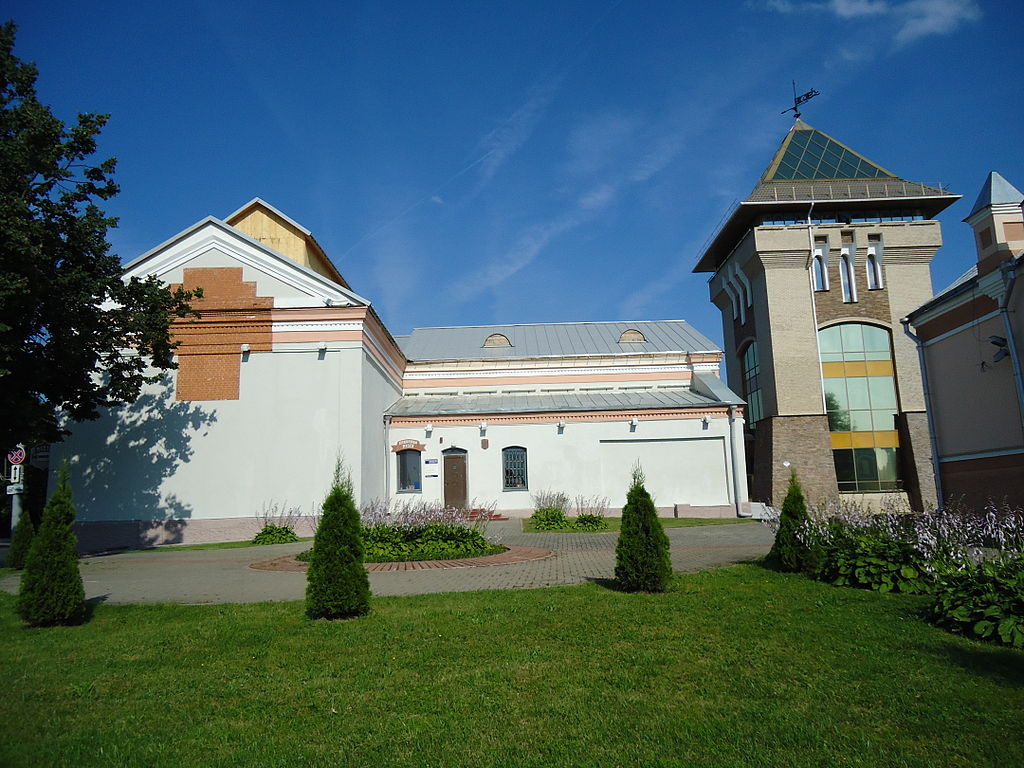
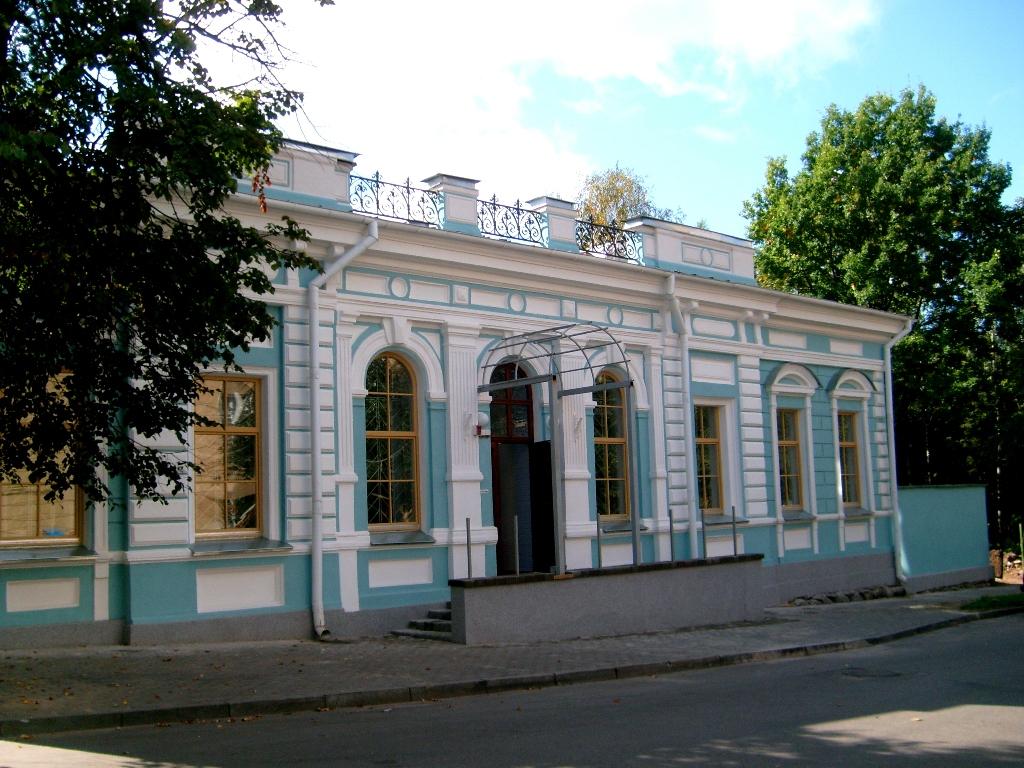
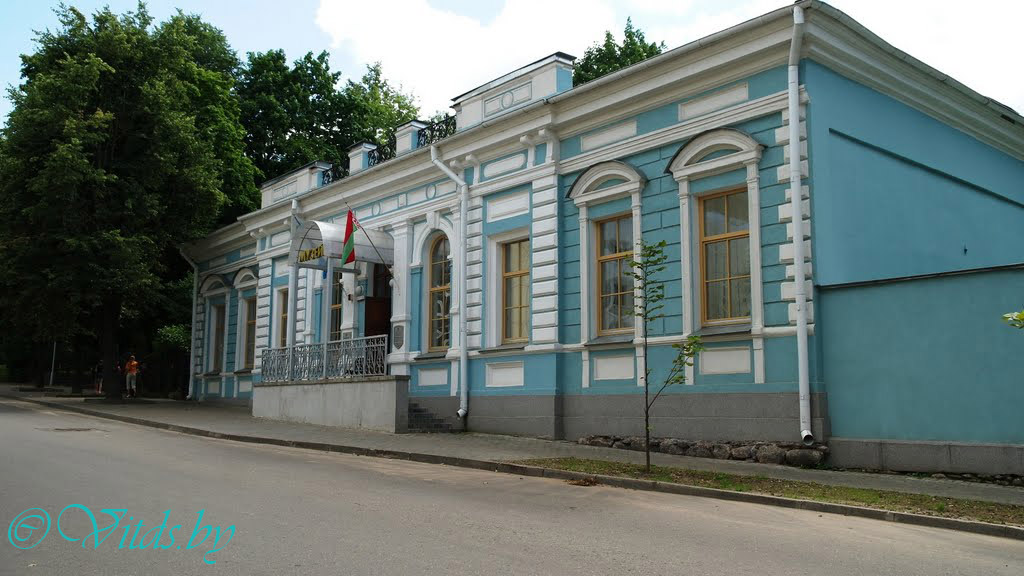
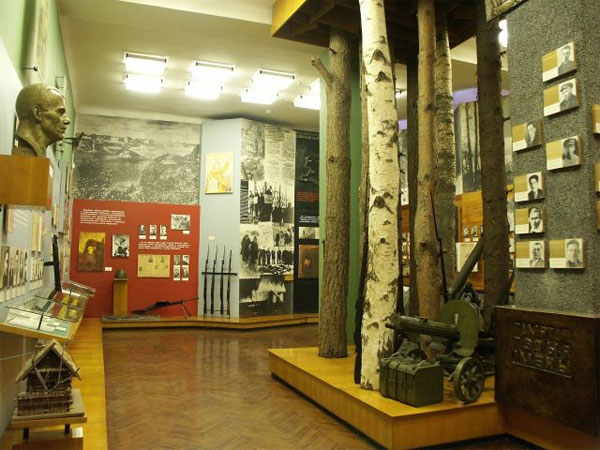
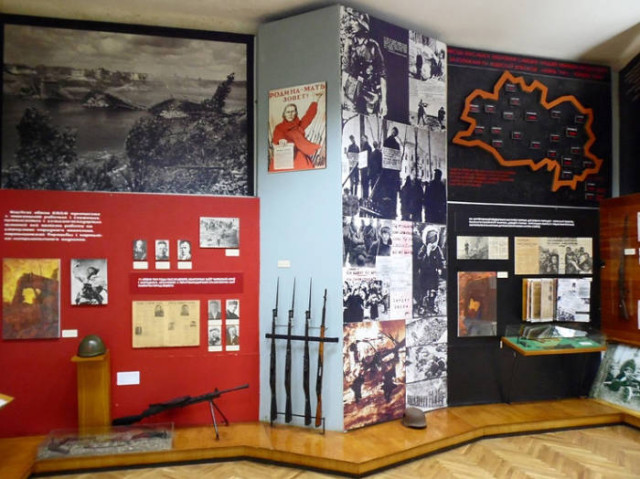
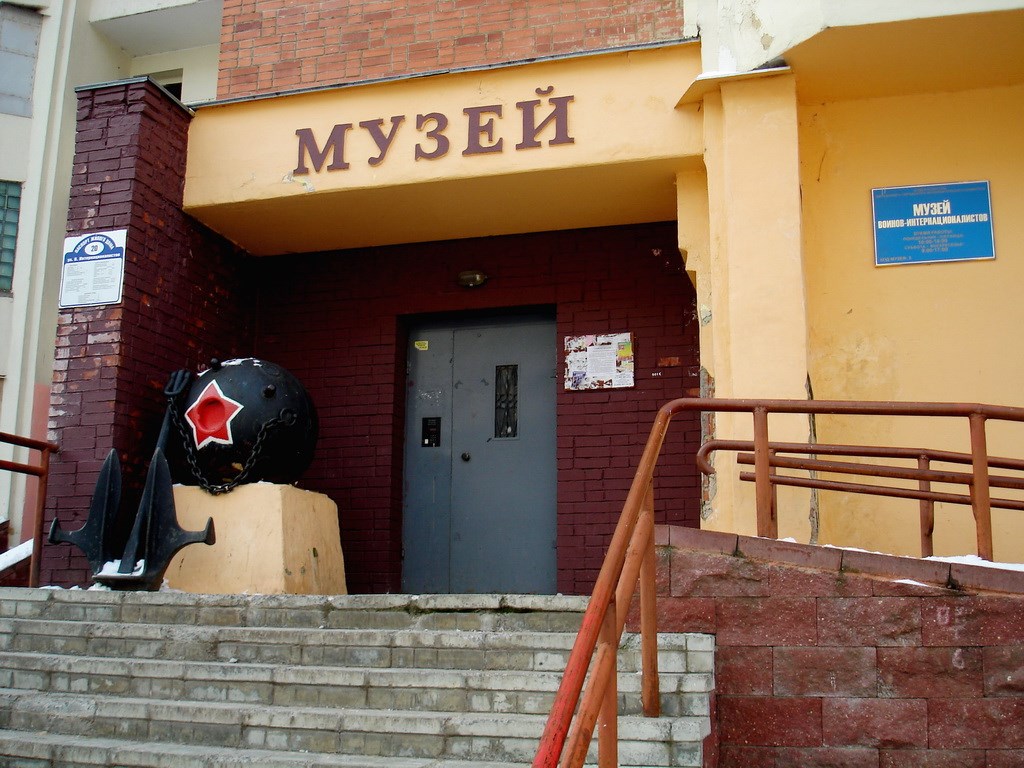
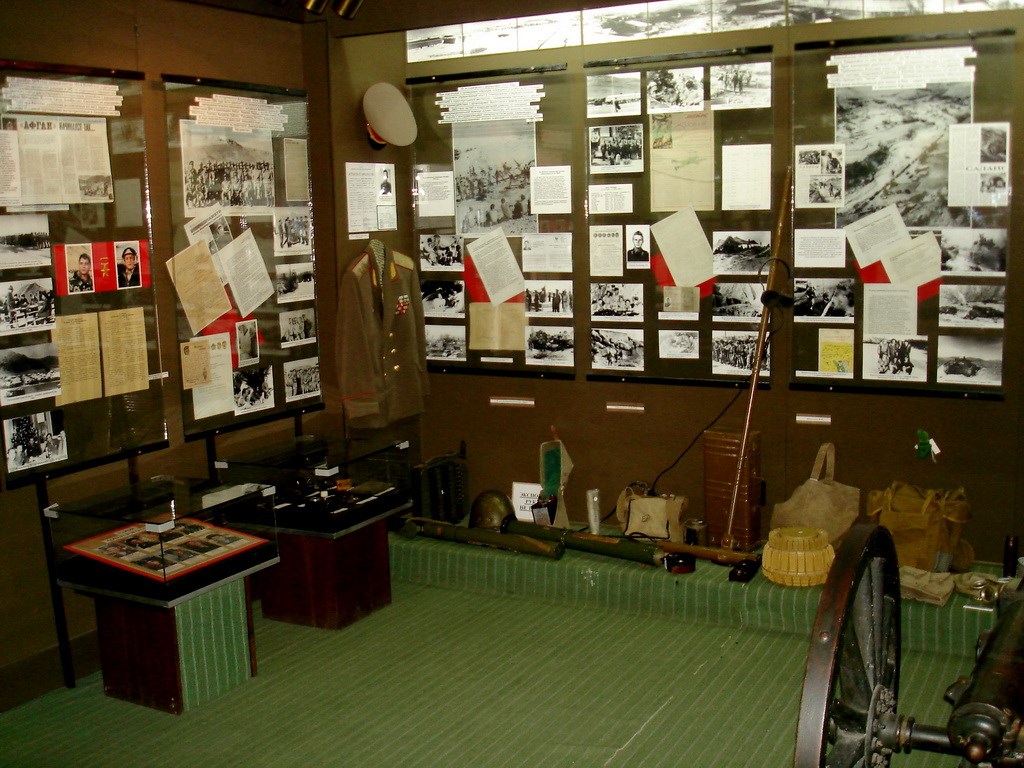
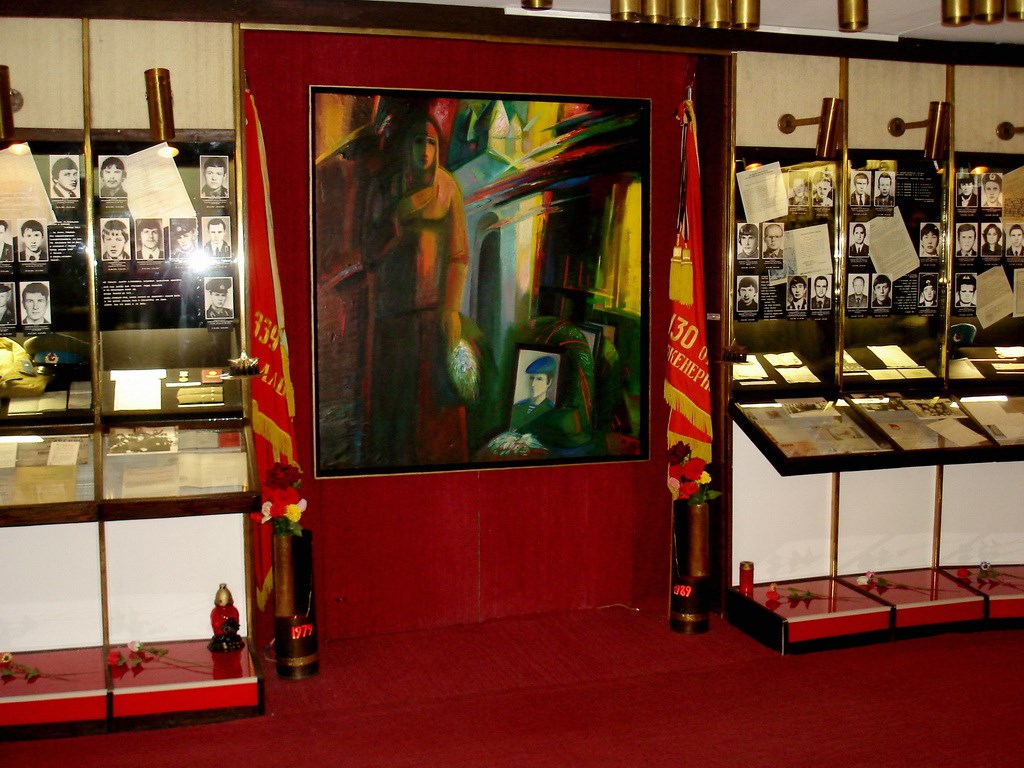

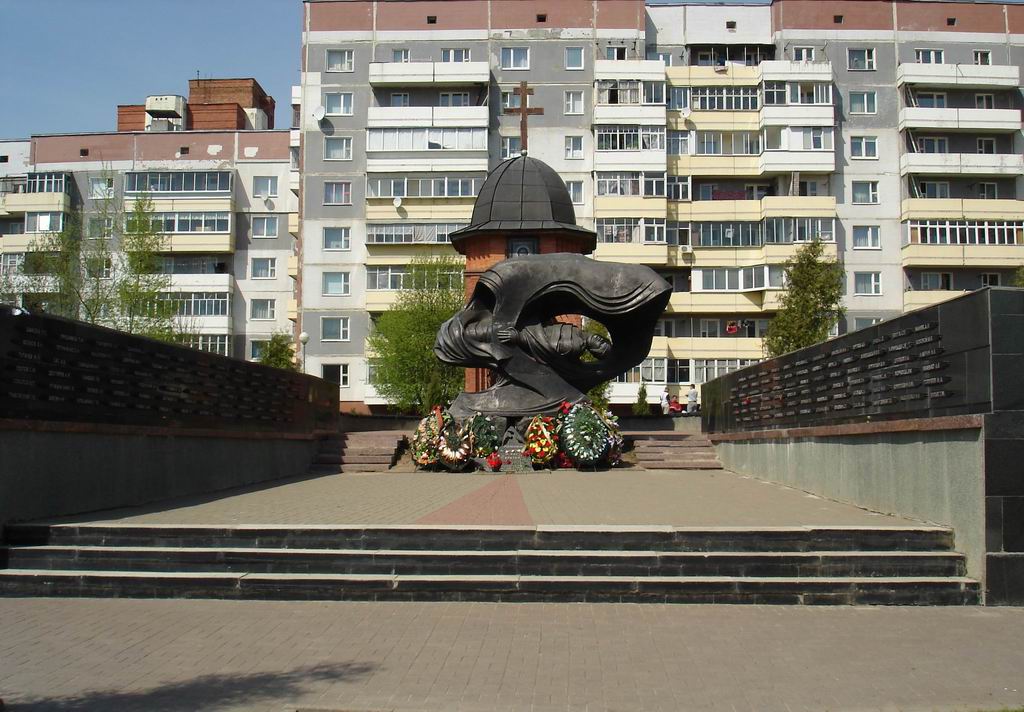
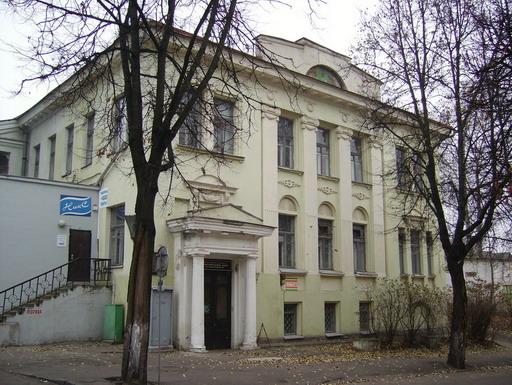
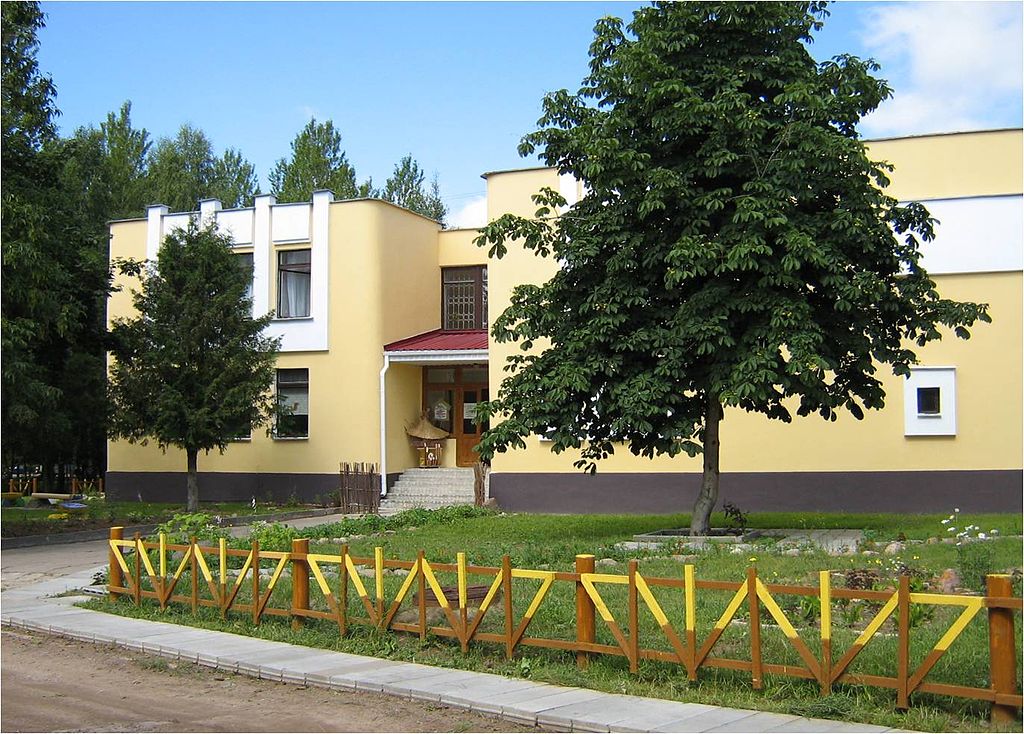
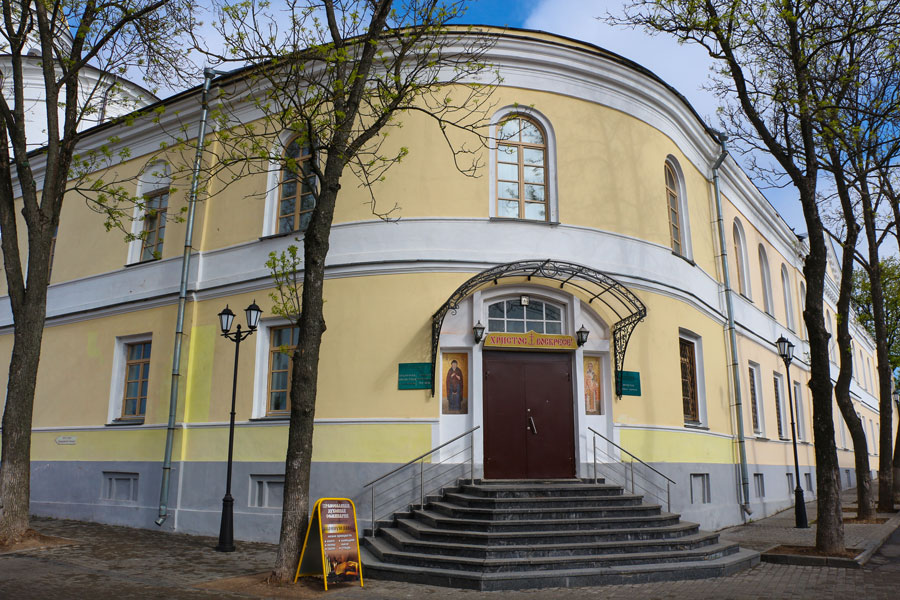
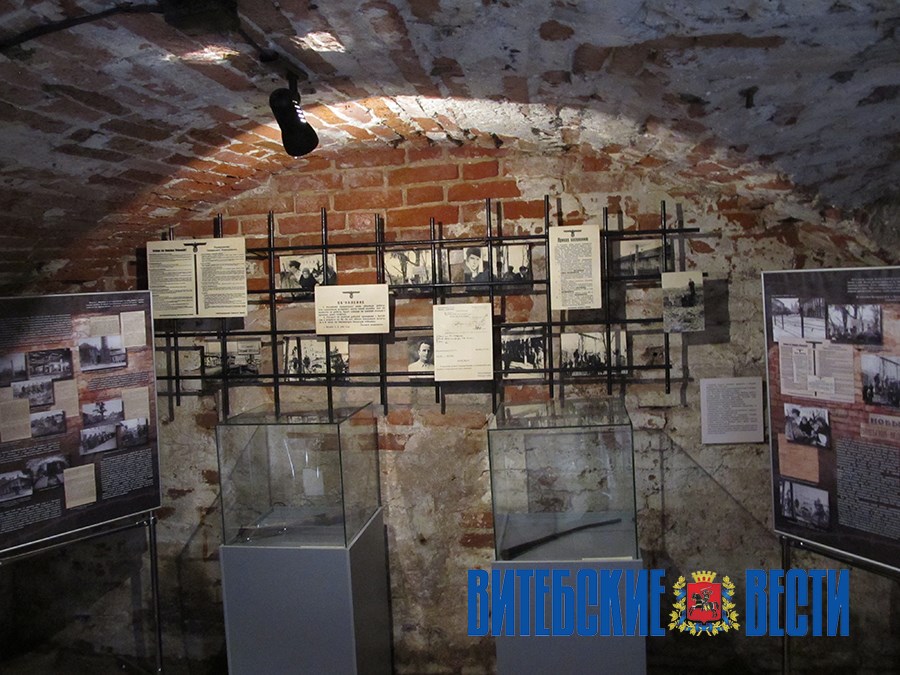
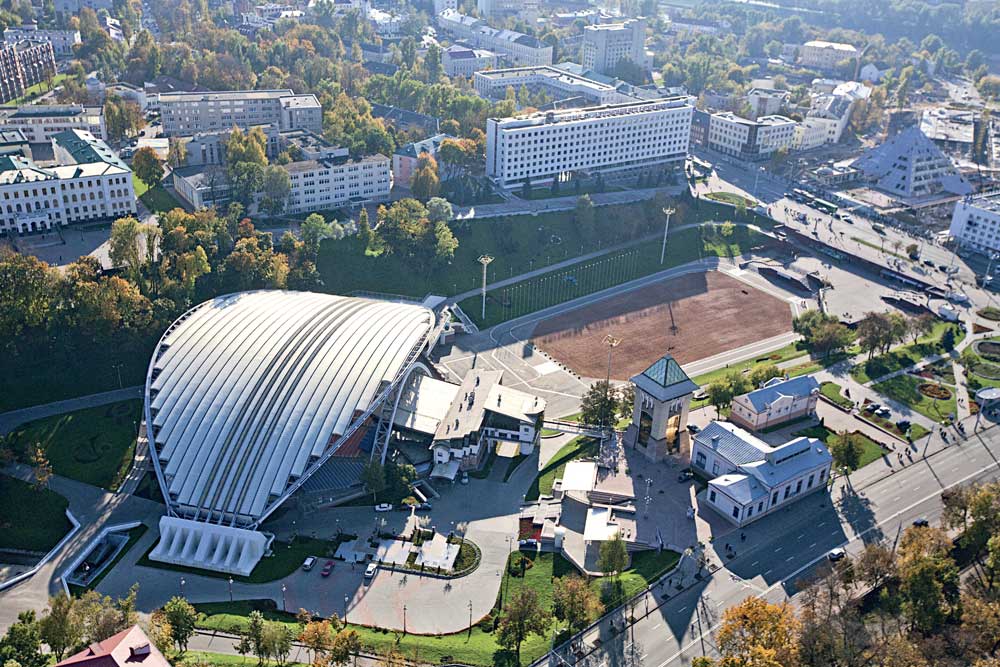
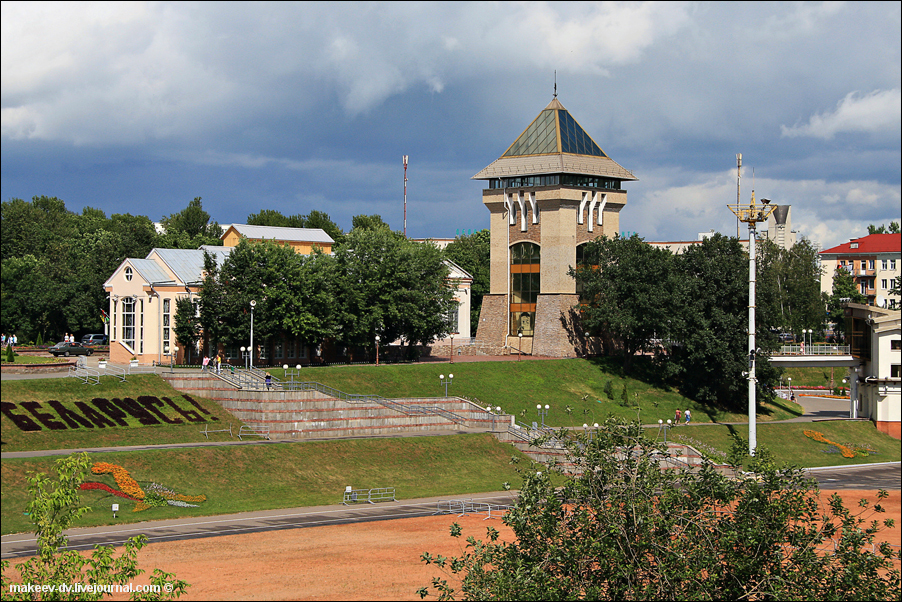
EDUCATION.
In Vitebsk, there are 93 pre-schools, 38 secondary schools, 9 upper secondary schools, 11 colleges, 5 lyceums and 5 higher education institutions.
Among 17 special education institutions agencies particularly distinguished Sollertinsky Vitebsk State Musical College and Vitebsk State College of Culture and Arts stand out separately. In fact, even children and teenagers can join the culture - eight urban arts schools develop their creativity.
The scientific potential of the city is concentrated in five universities. According to this, Vitebsk can be fairly called a student city.
In Vitebsk, there located one of the largest medical universities in Belarus - Vitebsk State Medical University. The only Belarusian university for veterinary medicine is also located in the city on the Vitba – it is Vitebsk State Academy of Veterinary Medicine.
In addition, there is Vitebsk State Technological University, P. Masherov Vitebsk State University and a branch of the International Institute of Labor and Social Relations in the city.
Educational institutions have well developed sports infrastructure. In addition to traditional gyms and stadiums, there are swimming pools, athletic arenas, gymnastics camps and other facilities. Professional athletic training could be obtained at the Olympic reserve school and high sports school.
MEDICINE.
In Vitebsk, there is a whole range of medical facilities, required for full medical care. The city has 30 major medical organizations, including polyclinics, hospitals, 5 regional dispensaries, a diagnostic centre, preventive facilities. To provide people of pharmaceuticals the city has developed of a wide network of pharmacies.
The feature of the medical infrastructure of the city is centralization of polyclinics. So, in 2009, 5 children's polyclinics in the city and the district were united, resulting in appearance of Vitebsk city central child polyclinic. In addition, there operates city central polyclinic for adults.
Major medical centres in Vitebsk are city central clinical hospital, city clinical hospital № 1, Vitebsk city emergency hospital, as well as two maternity hospitals, an emergency station and an orphanage.
INDUSTRY.
Vitebsk contributes to the "industrial cake" of the region over 20%. It produces one-fifth of industrial production and more than half of consumer goods in Vitebsk region. In the city operate traditional Belarusian branches - engineering, metalworking, light industry, textiles, food processing and the production of construction materials. In general 17400 entities of different types of ownership are located in the city. More than half of the total output is exported. The city enterprises support business ties with 55 countries.
As any large industrial centre, Vitebsk has its branded companies - "Vityaz", "Belvest", "Marko", "Pridvinie" and "Vitba".
TRANSPORT.
Vitebsk region is a part of two major transportation corridors: Berlin-Warsaw-Minsk-Moscow through Orsha and Helsinki-Vitebsk-Gomel-Kiev-Plovdiv, due to this Vitebsk region is well-known far abroad.
Vitebsk air corridor, which passes over the city, serves more than 200 planes a day. By the way, there is its own airport in Vitebsk, which is able to take the majority of modern aircraft.
City public transport is represented by bus, tram and trolleybus routes. People can take taxi and route taxi. Fares are paid in place, in transport, in accordance with the rates.
In 2010, the list of land public transport was completed by water transport: in Vitebsk they have restored steamship traffic on the Western Dvina River. You can ride from the Victory Square to the Soviet Army Park (Mazurino). A steamboat goes in both ways.
INFRASTRUCTURE.
Vitebsk is a modern city with well developed infrastructure. Coming here for the first time, each can find something hidden that will help not forget this city for ever. For maximum comfort the guests could accommodate in the largest hotels "Vetraz" (Chernyakhovsky Ave, 25/1), "Vitebsk" (Zamkovaya Street 5/2a), "Luchesa" (Stroiteley Ave, 1 , the hotel has rooms for the disabled), "Eridan" (Sovetskaya Street, 21/17).
Shoppers should visit the city's shopping and entertainment centres, where even the citizens spend their free time - "Evikom", "Continent", "Belarus", "Marco City" and "Univermag". In Vitebsk shops network is also presented at the proper level - "Vesta", "Vitebskie Produkty", "Nika", "Omega" and "Euroopt".
Travel market represented more than 30 tour operators looks not less attractive.
Supporters of active recreation and healthy living can admire more than 850 sports facilities - stadiums, arenas, gyms and sports halls, playgrounds for team sports.
The city officials, concerned about the image of Vitebsk as a modern European city, are constantly evolving and improving green spaces, designed for recreation of guests and residents, refining parks and streets, squares and avenues. And at once, as if by magic, Vitebsk turns into an amazing picture, where spacious avenues and cozy, narrow streets, solemnly sober palaces and mirror-laced walls of modern urban development complement each other.
CUISINE.
Vitebsk is a city of contrasts. And this is evident not only in appearance. Lovers of culinary delights could just learn the menu of local restaurants and make sure that the horn of plenty is located in Vitebsk – in the city you can easily find Chinese, Japanese, Italian, French and Caucasian cuisine.
However, dishes of Belarusian national cuisine deserve special complimentary reviews, which can also be enjoyed in local cafes and restaurants. And these are not only aromatic potato pancakes and bold pancakes, which recipes have come from time immemorial, from generation to generation. Meat dishes - vereshchaka and mochanka - not less exquisite. Special attention should be paid to hopped krambambulya and herbal sbiten. By the way, beetroot soup, black riser bread, sweet kulaga and curd pancakes are also dishes of Belarusian national cuisine. Although, they have become so commonplace and customared on our table, that it's hard to believe in their "ancient" origin.
http://vitebskcity.by/article_view.php?idmenu=1&id=3&lang=en
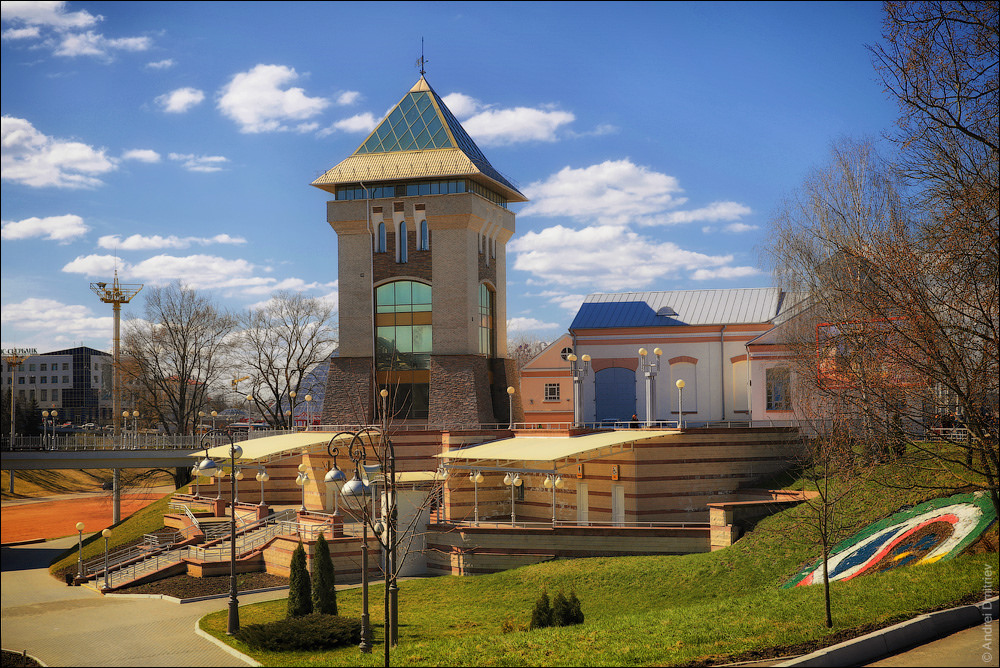
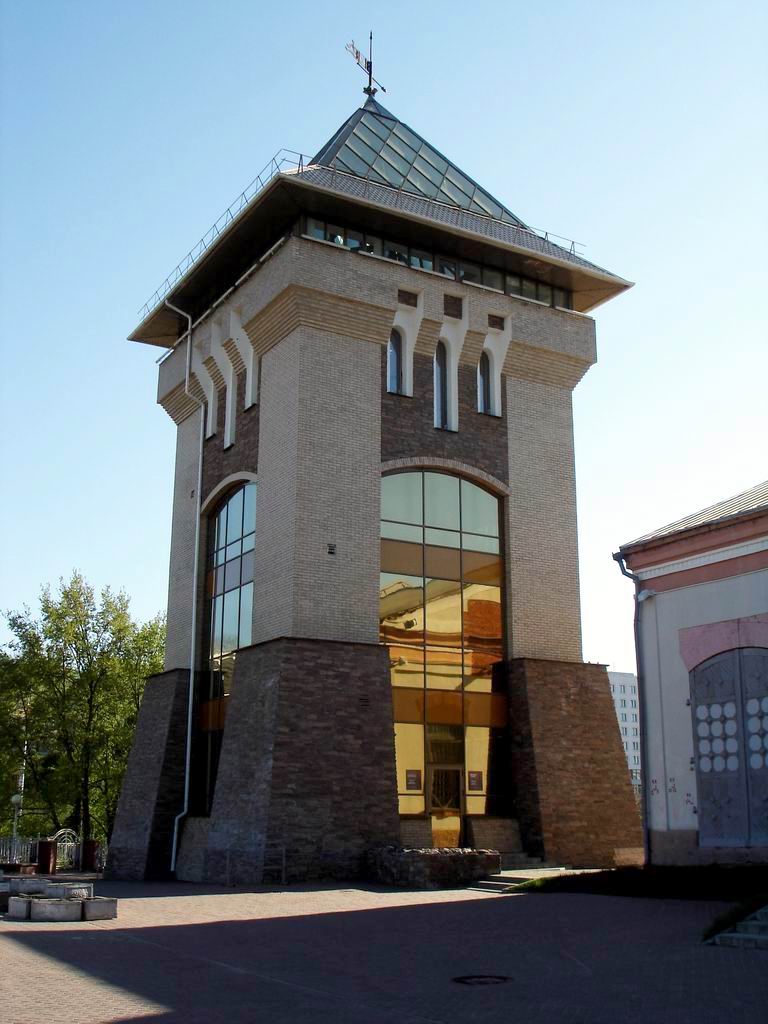
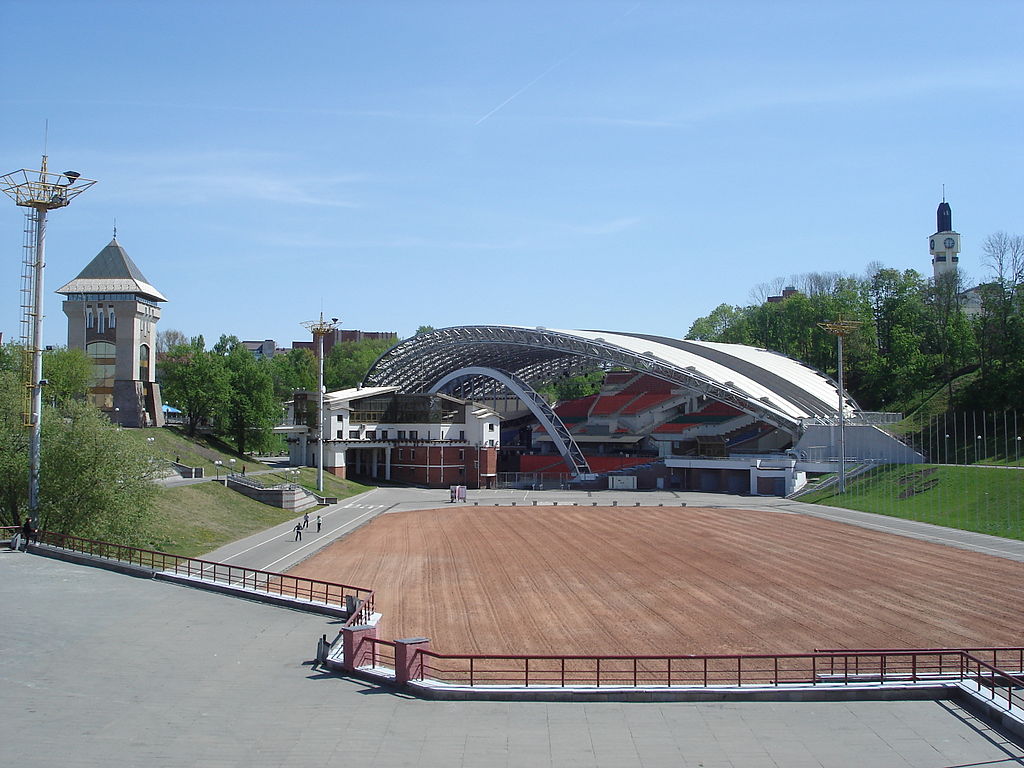
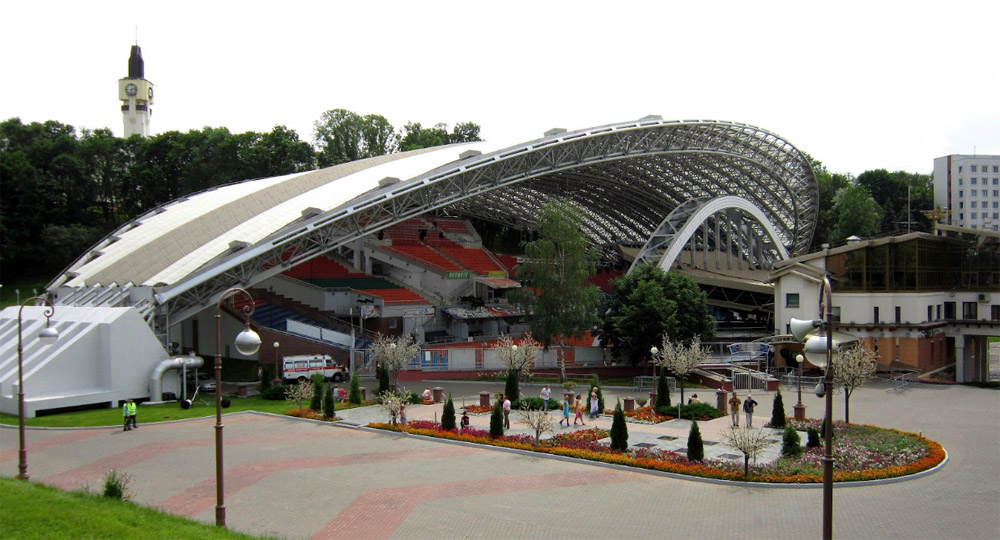
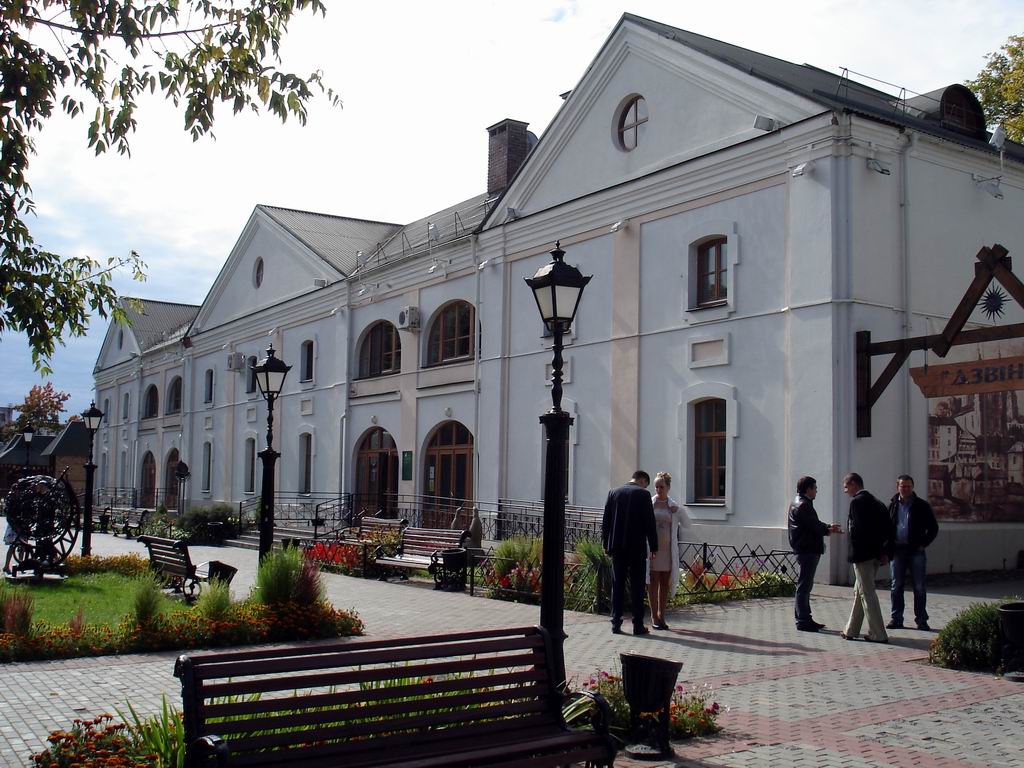
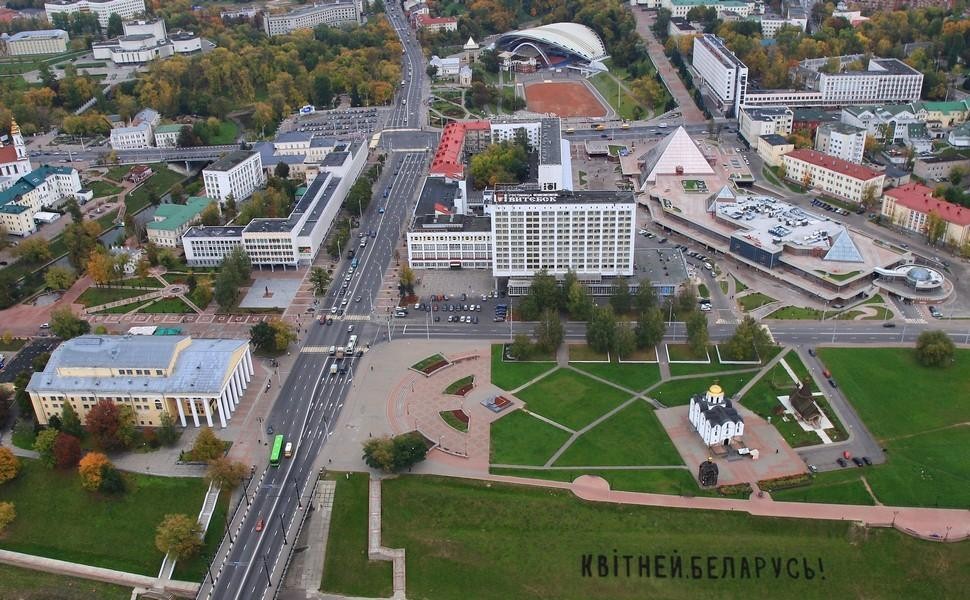
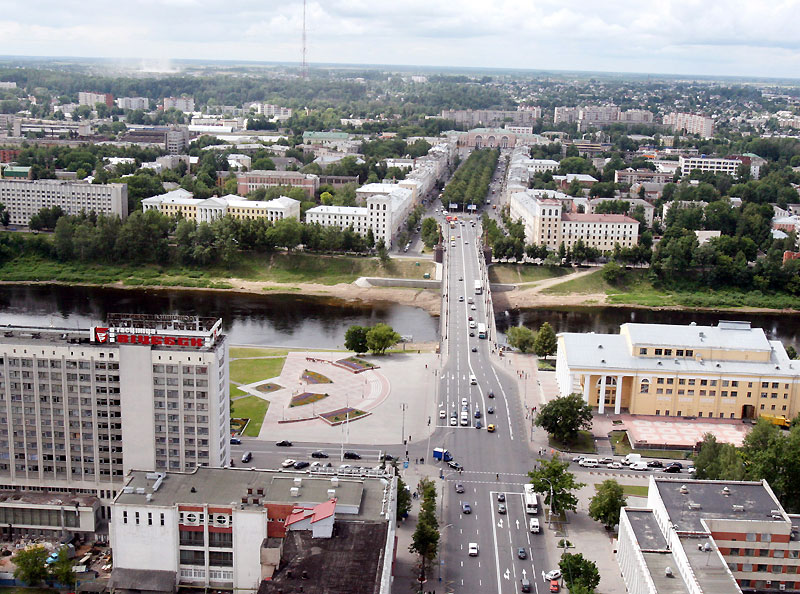
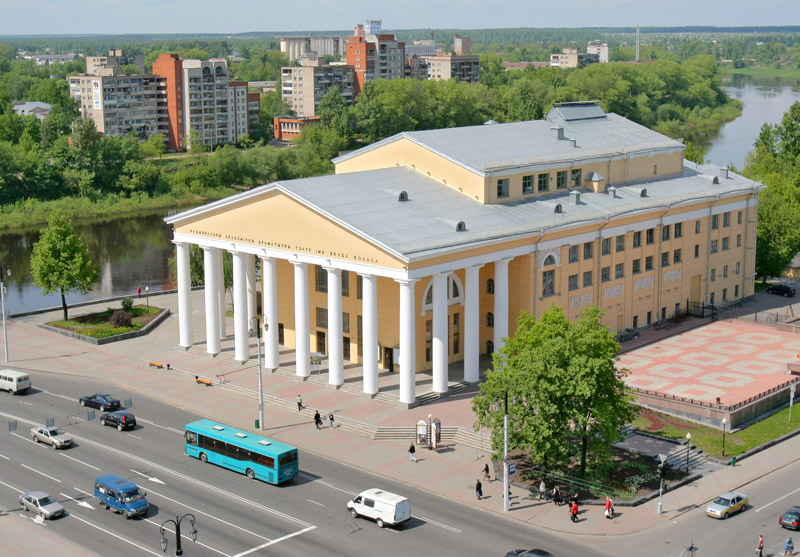

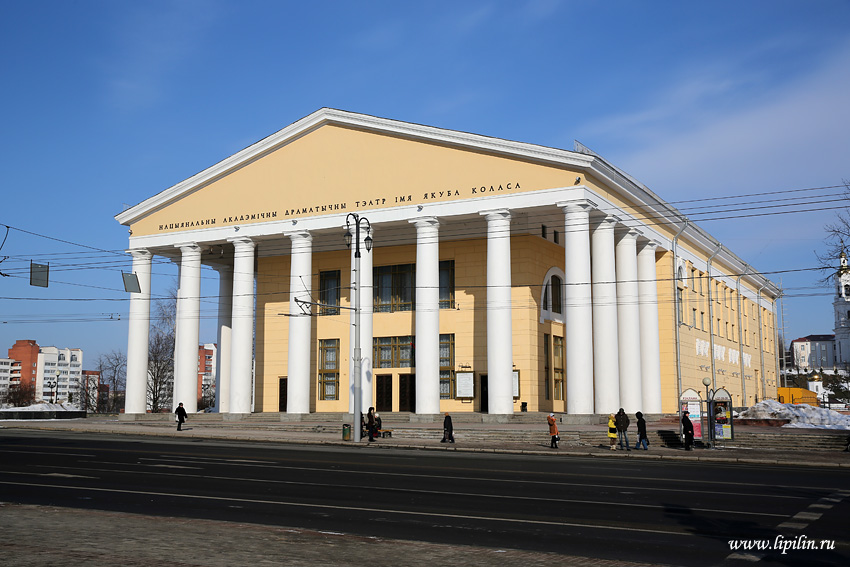
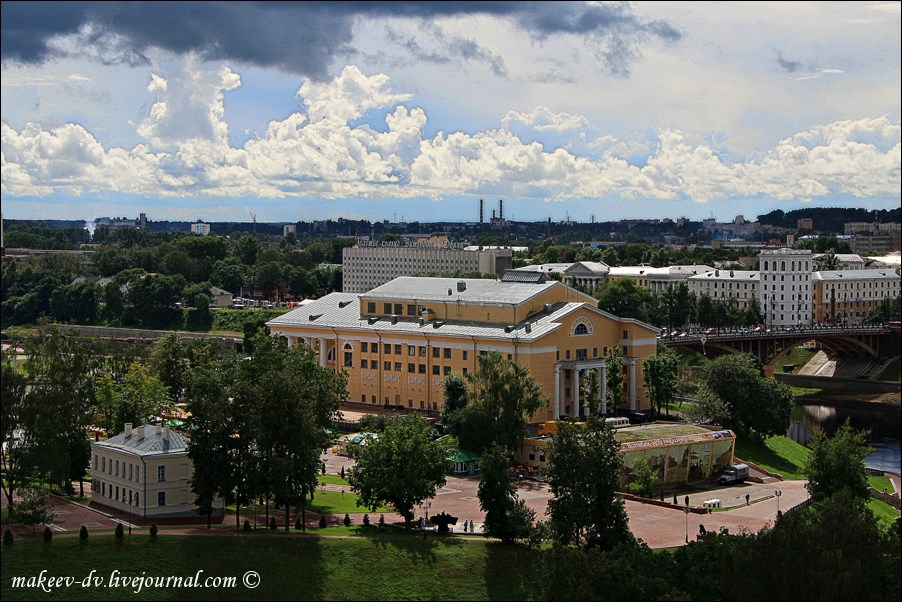
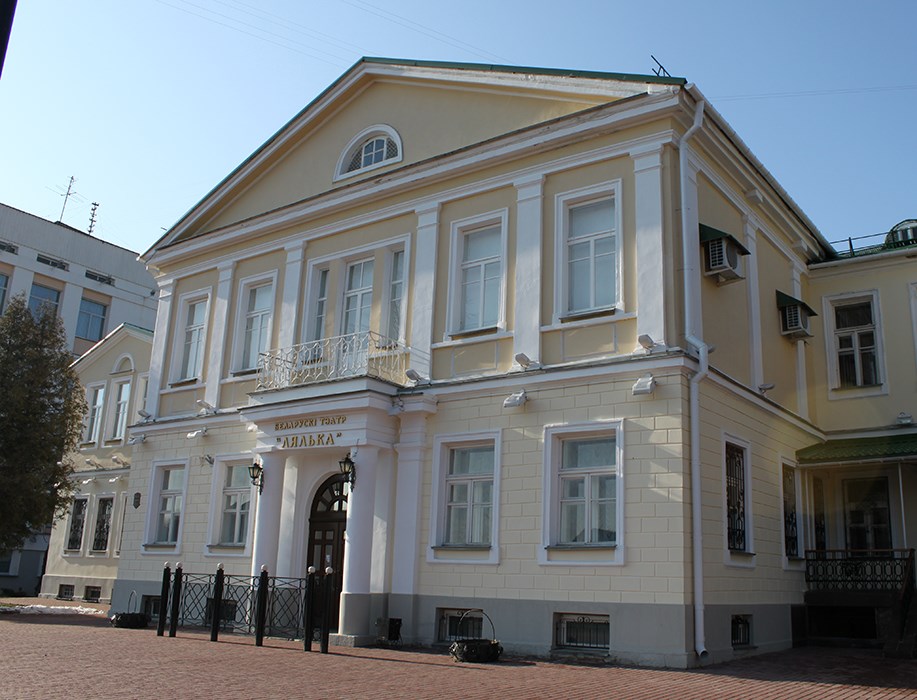
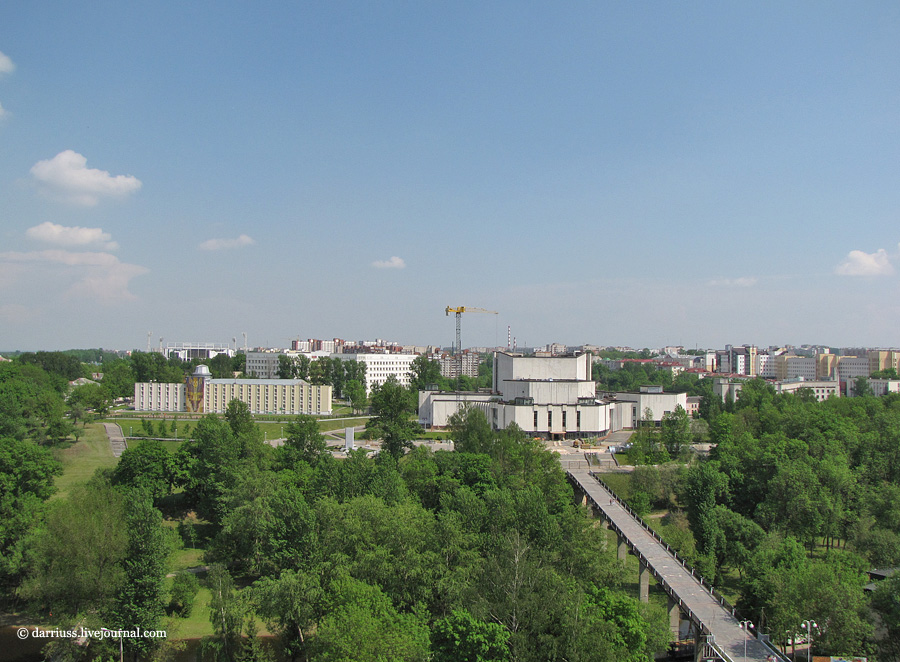
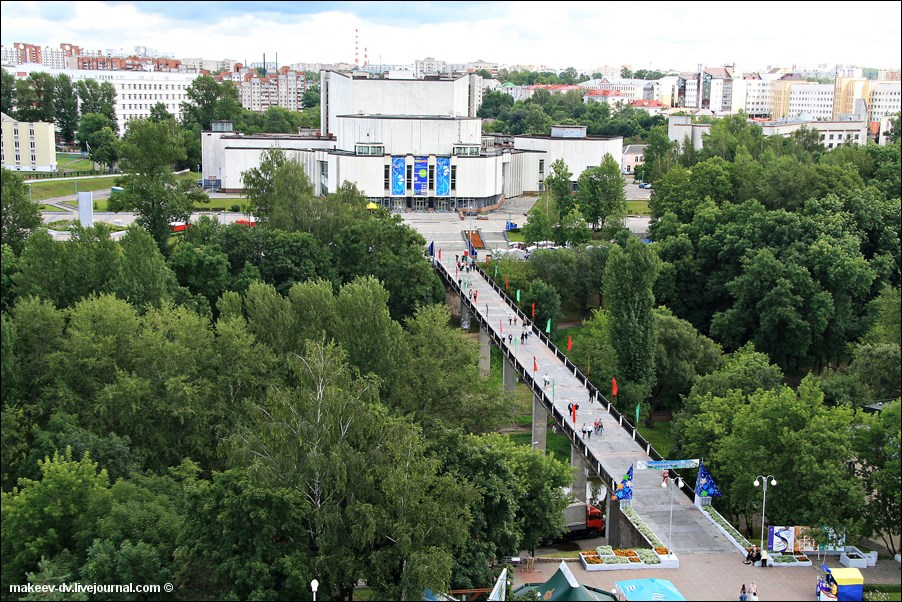
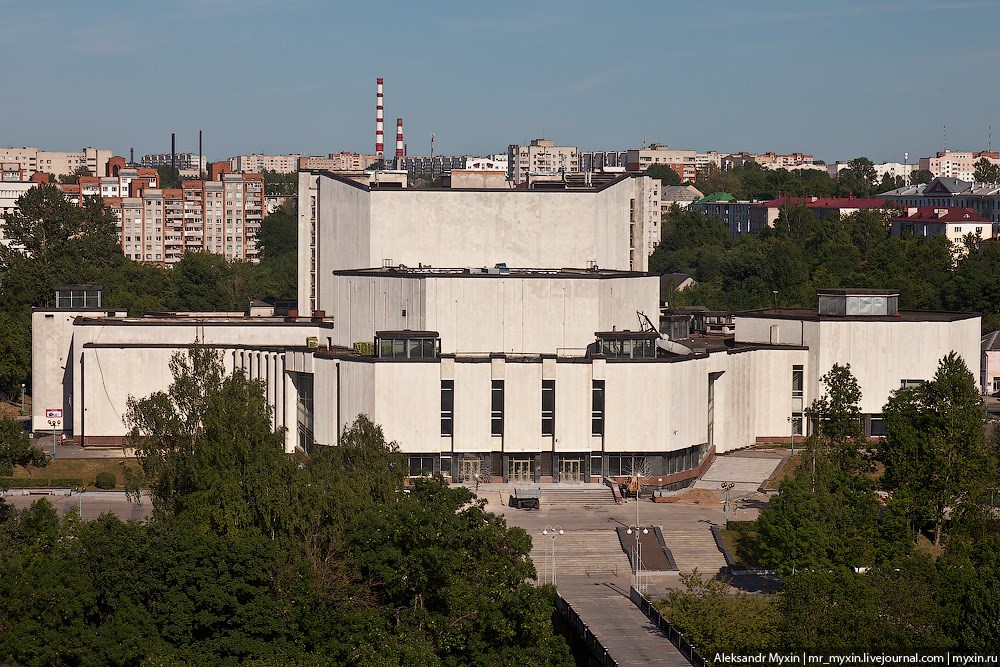
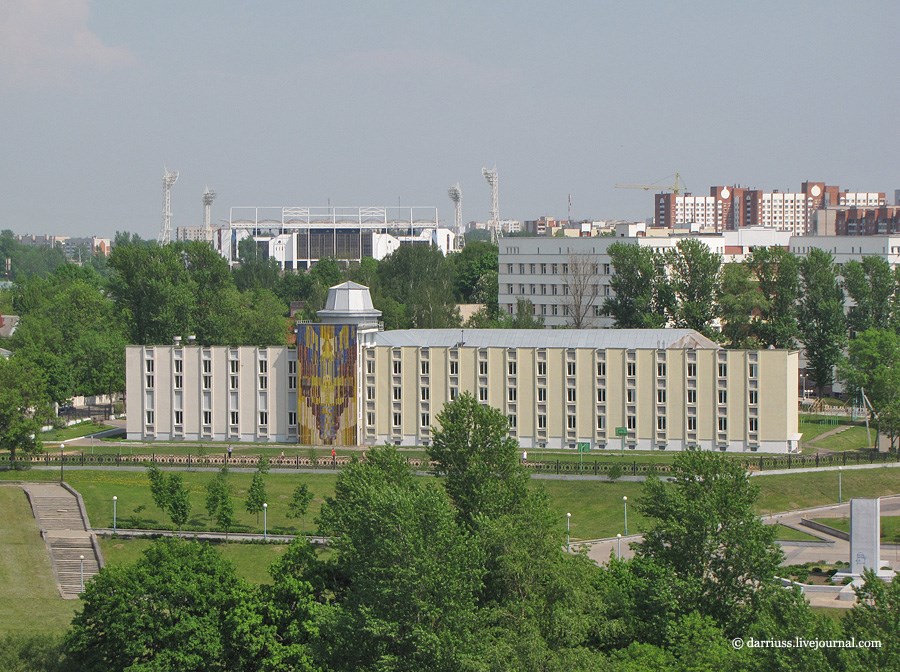
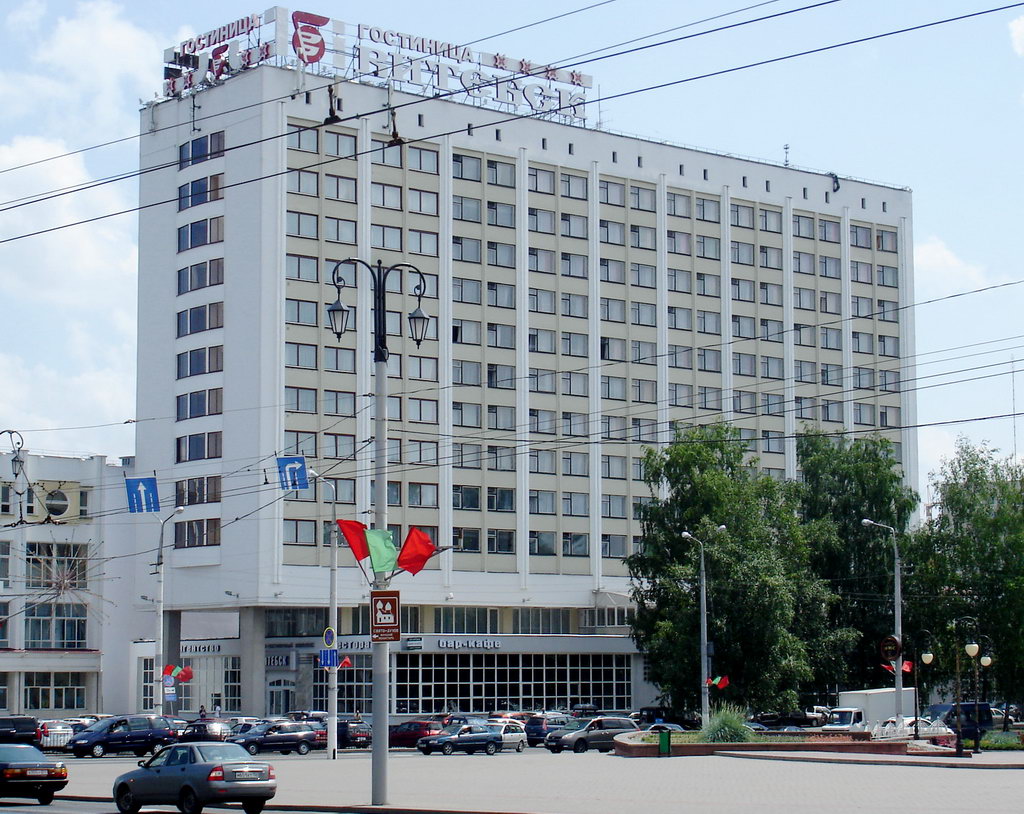
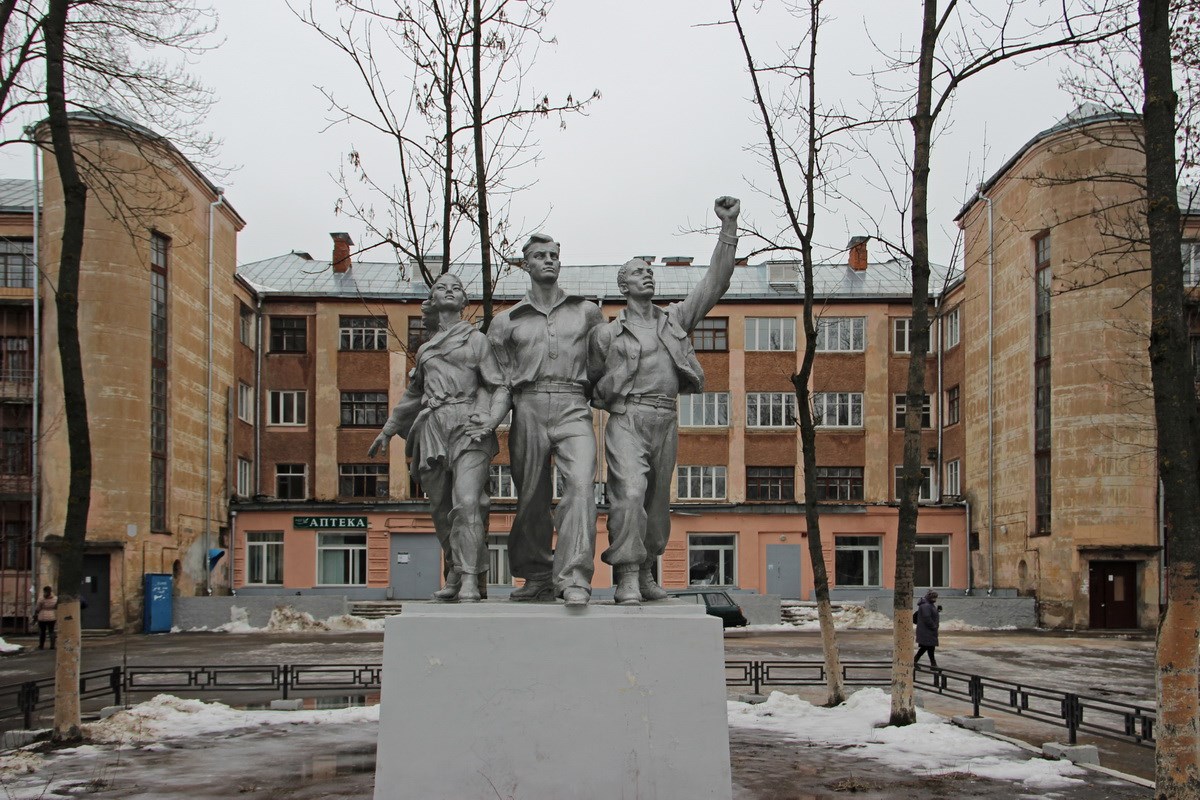


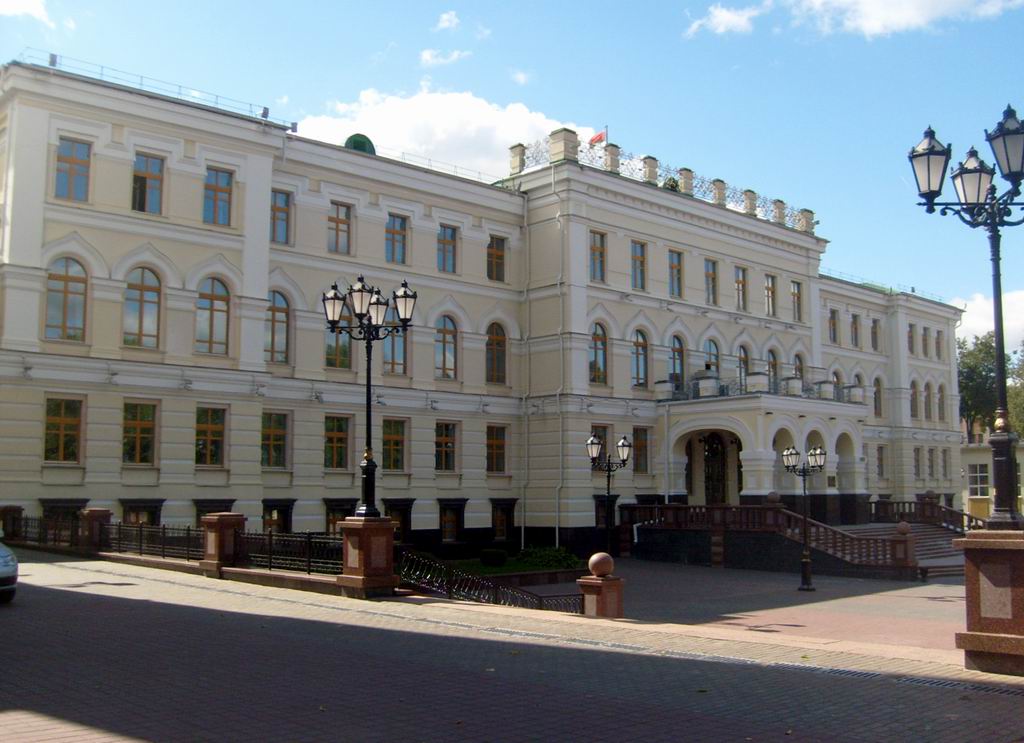
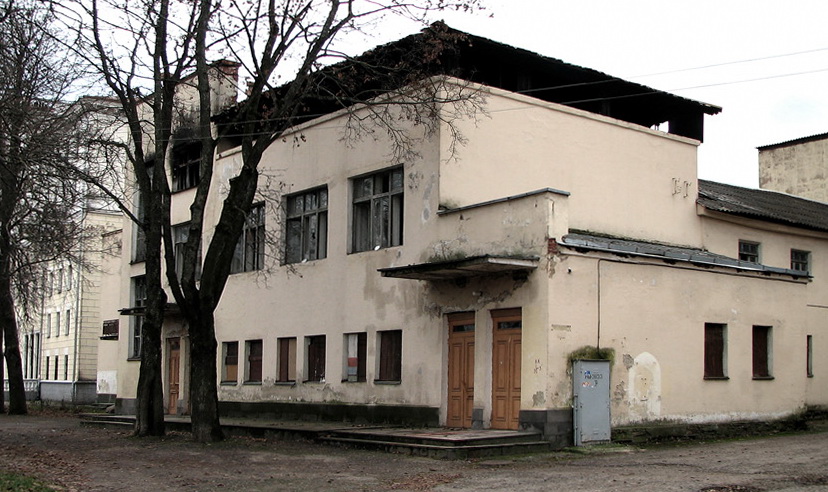
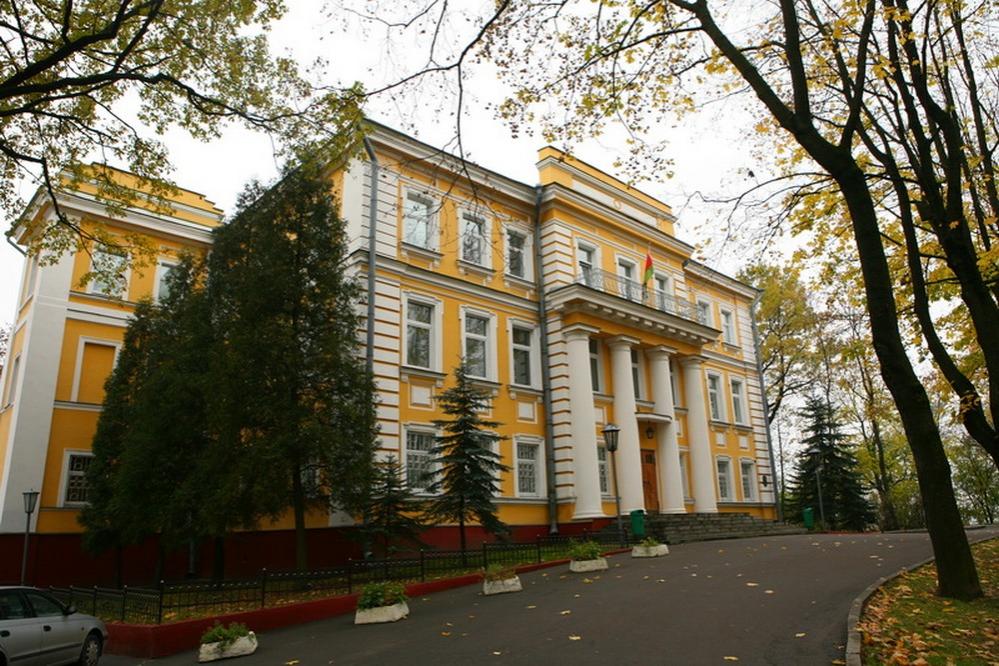
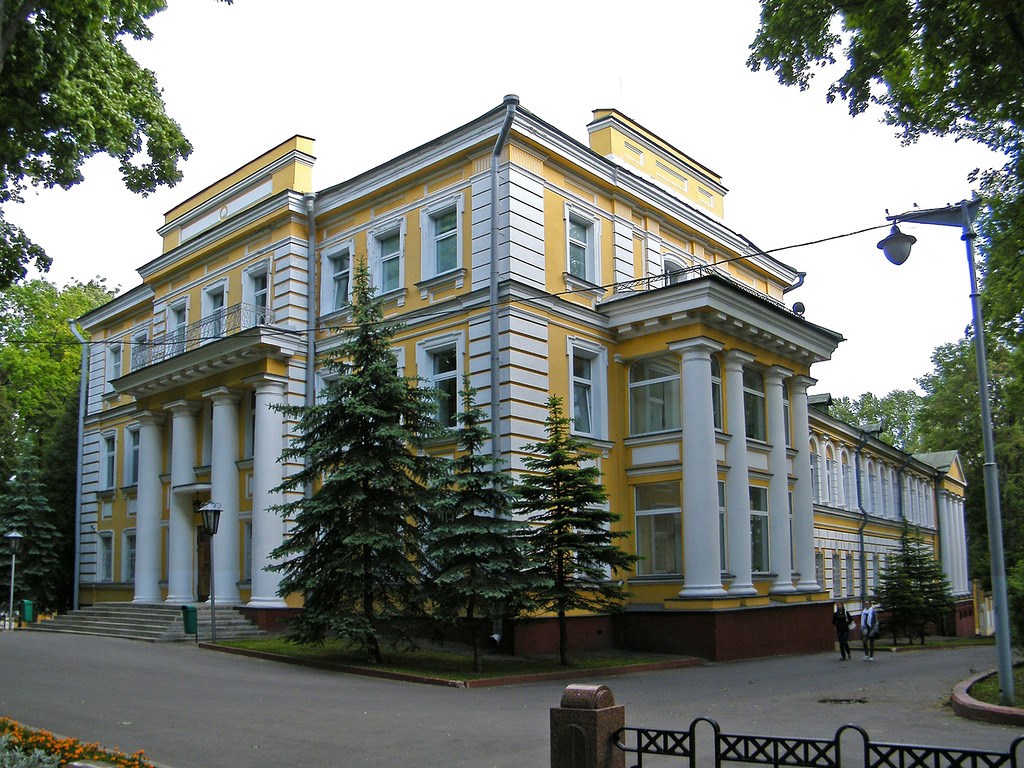
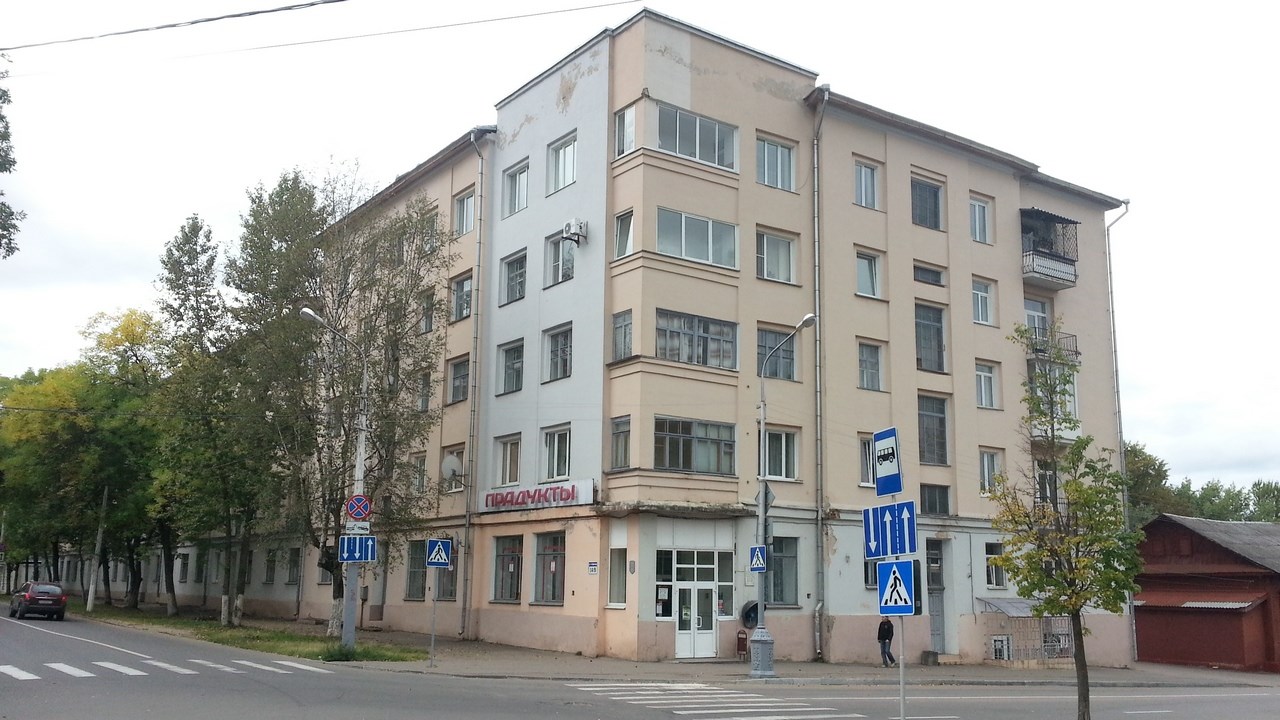
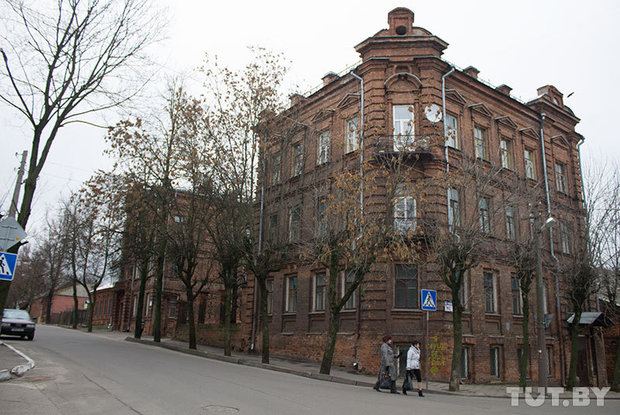
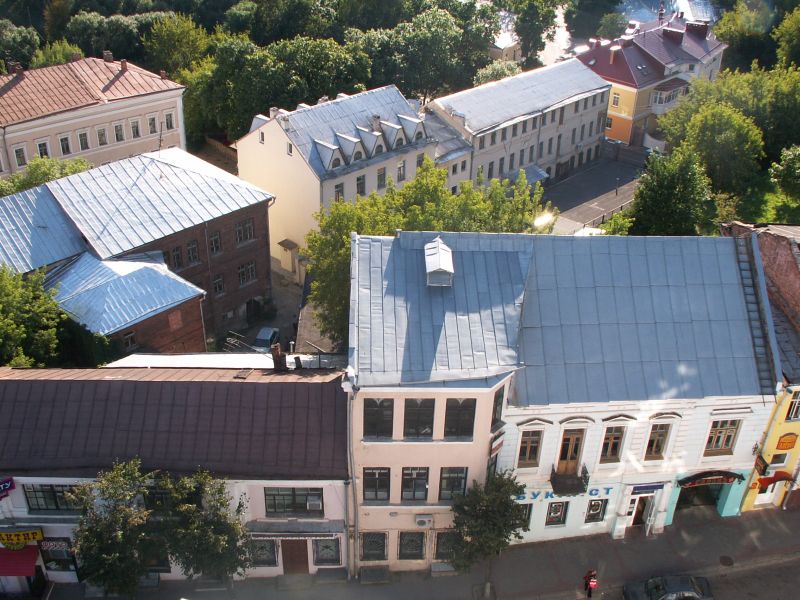
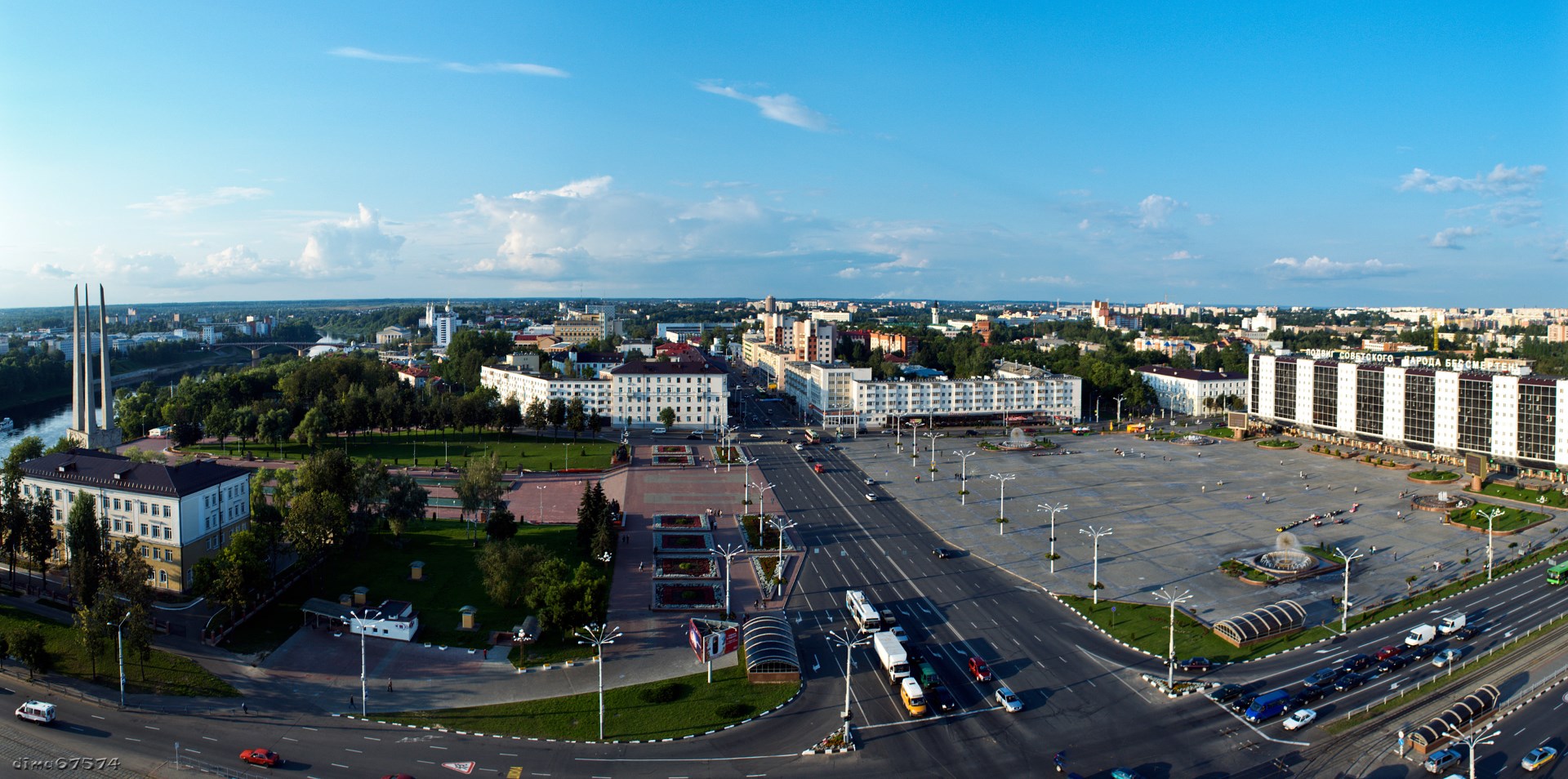
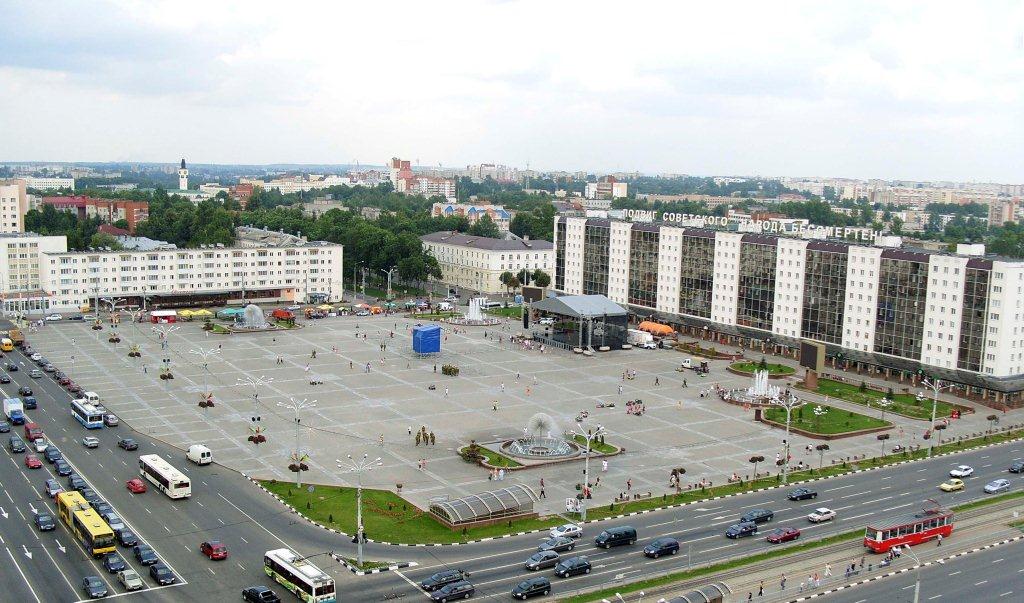
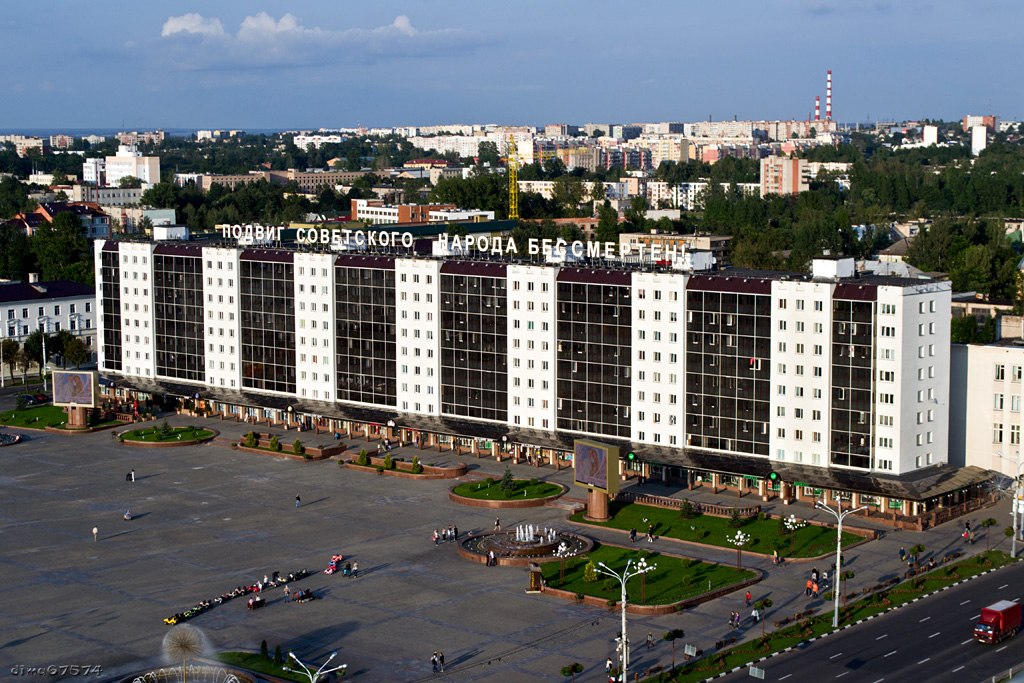
Vitebsk - a city, the administrative center of Vitebsk region and the Vitebsk district of Belarus. Vitebsk occupies a special place among the cultural and historical heritage of Belarus. In Vitebsk a lot of attractions. Vitebsk city and its attractions is not about one single website. Our site was created to describe the less well-known places, it is intended to open the readers to a new and interesting sights and city, which they previously may not have known. Vitebsk, of course, does not apply to such places, everybody knows about it. Tourists love it and actively attend. Therefore, just to mention the sights of
Undoubtedly, the main attraction of the city of Vitebsk is the Church of the Annunciation. This church is one of the oldest churches in Belarus, and even more so, the Annunciation Church in Vitebsk is one of the oldest surviving stone building in Belarus. This church was built in the 1130's, then repeatedly it is completed. This church was badly damaged during the Second World War. Later, in 1961 on the site of the church planned to build a tram ring reversal, the church was blown up, although many walls still standing to a height of 5 meters. Fortunately, it's the destruction of the church was not finished, and in 1977 even the ruins of the church were preserved. In 1992, the church was restored according to its original historical appearance, without later alterations, and now functions as a temple. Annunciation Church in Vitebsk is the most important architectural monument of the 12th century, a huge cultural and historical value, and the most important sights of Vitebsk and Belarus.
Another very valuable landmark in the city of Vitebsk is its Town Hall. The building of the town hall was built in 1775 and is now in the building of the Town Hall is located in Vitebsk Regional Museum. Unfortunately, Belarus has remained very small town halls, although once they were in many cities of the country. Therefore, each preserved Town Hall, including Hall of Vitebsk has great value and is of particular interest for tourists.
Another important attraction of Vitebsk is the Church of St. Barbara, built here in 1785. This church has a very memorable appearance. Next to the church is located a modern chapel built recently. Church of St. Barbara in Vitebsk is an important architectural monument of the 18th century, as it is the only surviving ancient Catholic church of Vitebsk, the other Catholic churches of the city are built in our time.
Another attraction is the Orthodox church of the Resurrection of Vitebsk. This church was built in 1772. But in 1936 the church was completely destroyed. Resurrection Church was restored in Vitebsk in 2009 alone, according to its original appearance. Right next to this Orthodox church in the 19th century and also has a Catholic church (you can see on the first prints is given at the bottom). This church was also completely destroyed. Unfortunately, after the place where it was located is now undergoing one of the busiest streets of Vitebsk, so the Catholic church has not yet recovered.
Another attraction of the city of Vitebsk is the Cathedral of the Intercession, built in 1821. Fortunately, this temple, unlike many other temples of Vitebsk, completely destroyed and today we can see the historical building. Next to this church is located and historic buildings of the monastery buildings.
But the most beautiful, largest and most beautifully situated church of the city of Vitebsk - Cathedral of the Assumption, which was originally built in 1785, has not escaped the sad fate and was blown up in 1937. Restore this temple of the initial appearance only in 2011. This temple is very nicely situated on the bank of the Western Dvina river, seen from afar, and very successfully entered into many views of the city of Vitebsk. It is a pity that the historic building is lost, but even being detuned again, the Assumption Cathedral is one of the main attractions of Vitebsk and very attractive tourist attraction. It should also be mentioned that next to the cathedral preserved historic buildings of the monastery buildings built in 1785.
Another attraction of the city of Vitebsk is the current Orthodox Women's Monastery of the Holy Spirit. The monastery was founded in 1345, the monastery buildings, which can be seen today date from the late 19th century. Historic church building located on the territory of the monastery has been preserved, this church was destroyed in 1954. Modern building of a new Church of the Holy Spirit was built in 2012.
In the city of Vitebsk there are many churches of various Christian denominations. Most of these modern temples built after 1990, but there are several temples built much earlier. The next photo shows a wooden church of St. Alexander Nevsky (modern). This church is located directly next to the Church of the Annunciation of the 12th century.
Another interesting attraction temple of Vitebsk is the Church of the Assumption built in 1858.
Also to be mentioned separately Church of the Kazan Icon of the Mother of God in Vitebsk, which was built in 1760 (the next photo - left). This church is part of the existing Orthodox monastery. As you can see, this church quite old. This temple is undoubtedly an important architectural monument of the 18th century and interesting sights of Vitebsk. Here are also photos of some other churches of Vitebsk, which were built in recent times.
Another important landmark in the city of Vitebsk is one of the most visited museums in Belarus - the house-museum of Marc Chagall, the most famous Belarusian artist, who was born and lived for a long time in the city of Vitebsk. House-Museum, as it usually happens in such cases, is located in the same building where the artist spent his childhood. The building is, by the way, refers to the end of the 19th century.
The city of Vitebsk is the venue for major international music forum and competition, which is called "Slavianski Bazaar". Place directly various concerts and performances dedicated to this forum - Vitebsk summer amphitheater has become one of the visiting cards of the city, so we will give here a photo of the building. And although it is not a historical monument, however summer amphitheater in Vitebsk has become an important landmark of the city.
Next to the Summer Amphitheatre in Vitebsk there is another interesting building - a tower, which is contemporary artistic reconstruction of the tower of the 14th century. The height of the tower - 27 meters. The tower has 5 levels at which exposure that serves the author, devoted to the history of Vitebsk and the history of the International Art Festival "Slavianski Bazaar in Vitebsk". And on the first level there is an open collapse of the foundation stone tower of the 14th century and the remains of the defensive walls. There is no doubt that this tower is a very interesting tourist destination.
Among the attractions of the city of Vitebsk it deserves special mention as the former building land bank, and now - Veterinary Academy, which was built in 1917. The building looks very monumental and majestic on the walls are beautiful paintings. Buildings of a similar type in Belarus is very small, so this historical building has a certain value, and can be quite interesting to tourists and travelers.
In addition to these, in Vitebsk there are so many different historical buildings that can be attributed to the historical city building. Most of them belong to the 19th century, but there are older buildings belonging to the 18th century. For example, the following picture shows the former Governor's Palace, built in the late 18th century, where in 1812 Napoleon stayed. Among the other historic buildings there are buildings of the former banks, colleges, schools, houses, warehouses, mansions, shopping arcades, and other administrative and commercial buildings and so on. There are also in Vitebsk and the ruins of the synagogue.
The historic center of Vitebsk is situated in the place where the river Vitba empties into the Western Dvina. This place is very picturesque. In addition, in recent times the historical center of Vitebsk very well landscaped. As already mentioned, it has been restored many historic buildings, mainly temples and the remaining buildings were restored, the river Vitba were transferred several new beautiful bridges, all the historical objects were associated with comfortable paths, stairways and alleys, opened a lot of restaurants and cafes as well as other tourist service facilities. Also recently in the historical center of Vitebsk was a monument to Grand Prince Algirdas. In addition, it is obvious that in such a big city as Vitebsk, tourists can always find everything they may need (ATMs, hotels, shopping centers and so on). For all these reasons, the city of Vitebsk was the use of the tourists very popular. And indeed the city of Vitebsk is one of the best places for tourists and travelers. A historic center of the city of Vitebsk, though not very big, but very beautiful and attractive and is in a unique place of its kind in Belarus. In addition, the influx of tourists to the city of Vitebsk, and also contributes to carrying out here "Slavianski Bazaar", which attracts thousands of visitors and tens of celebrities.
http://vedaj.by/index.php/en/towns/vitebsk/vit/vitebskcity
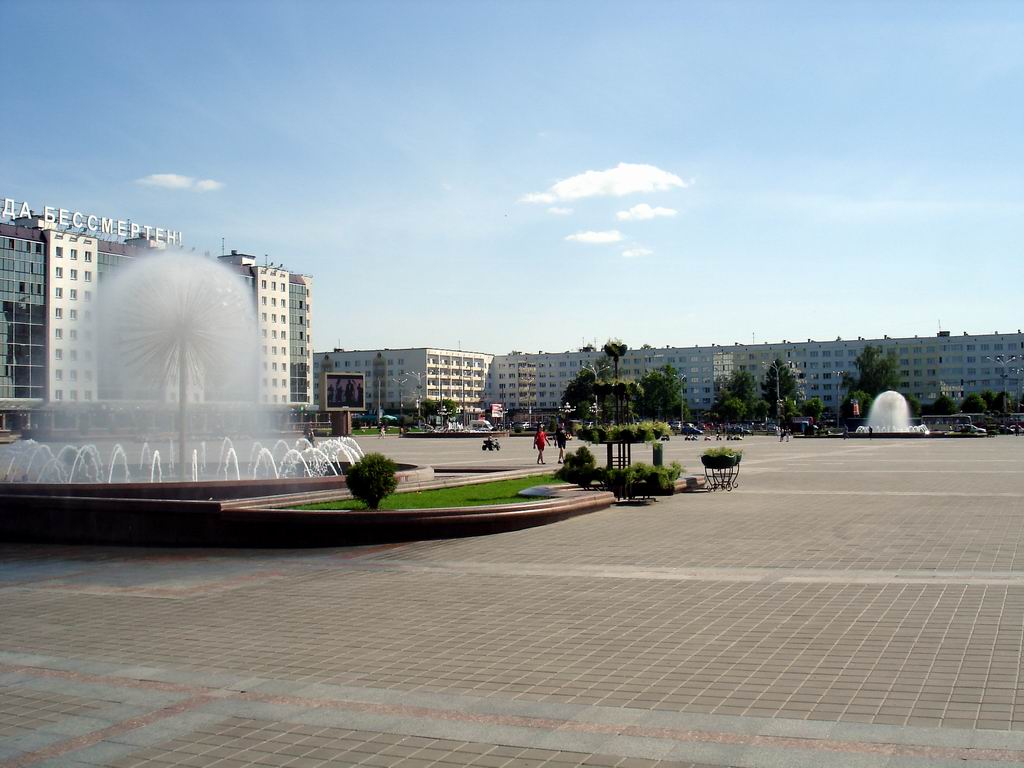

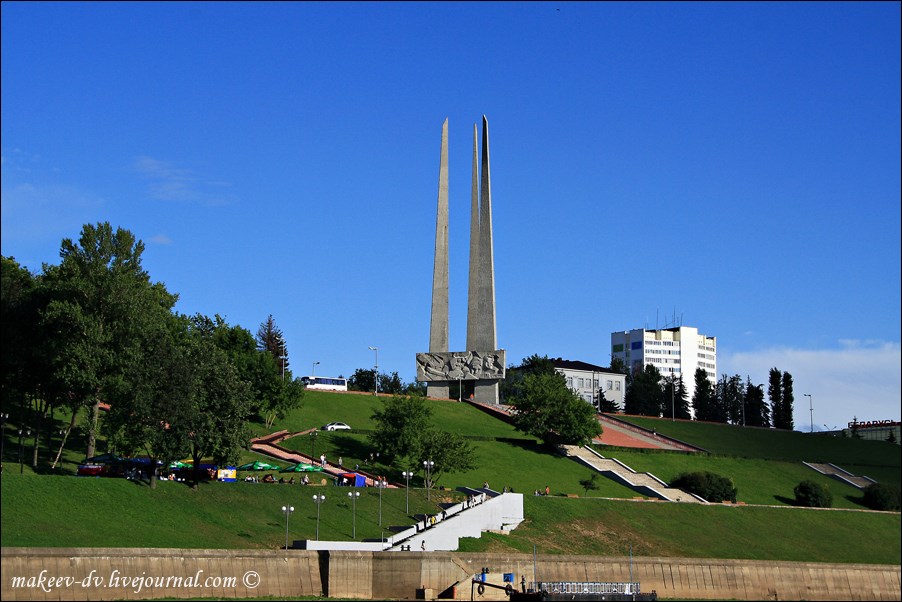
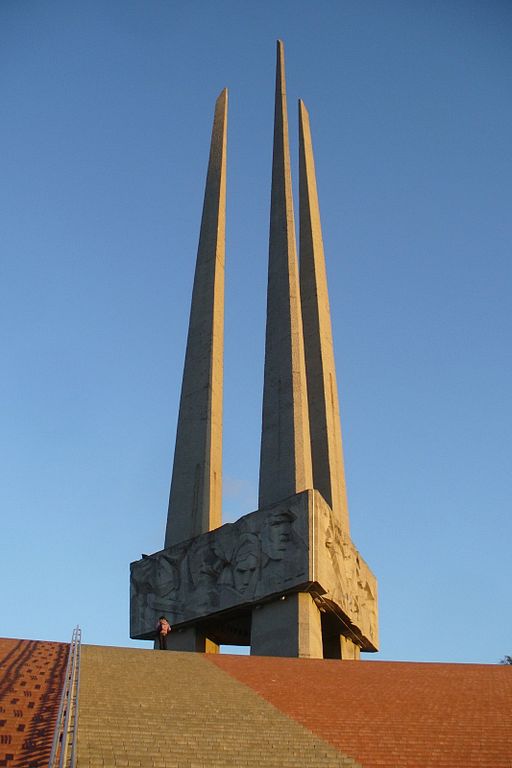
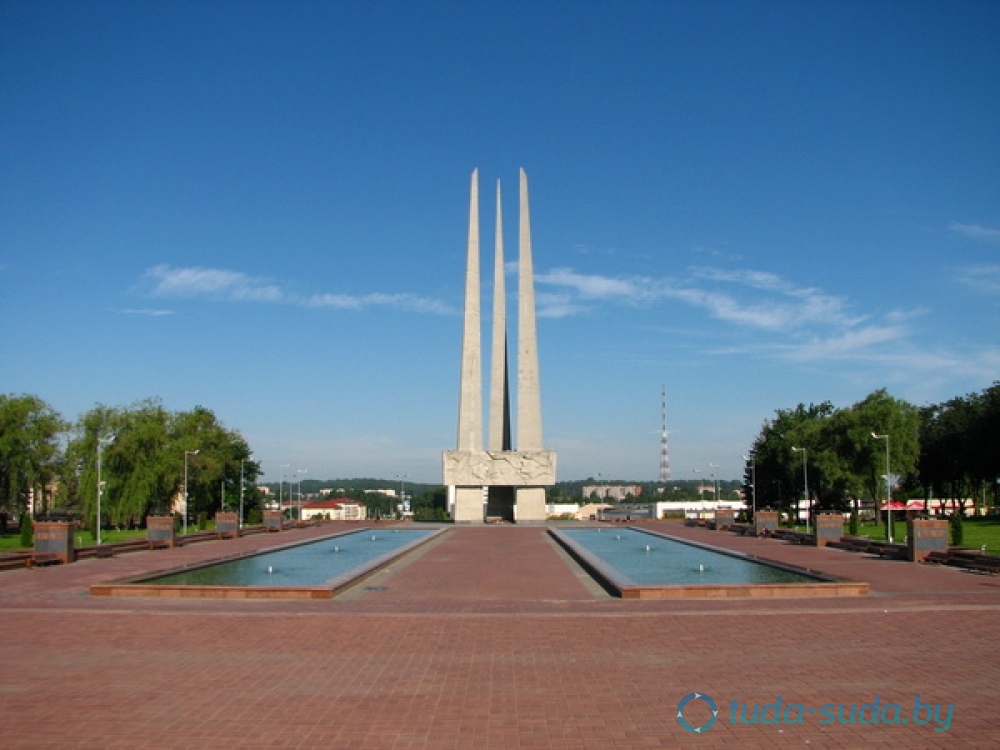
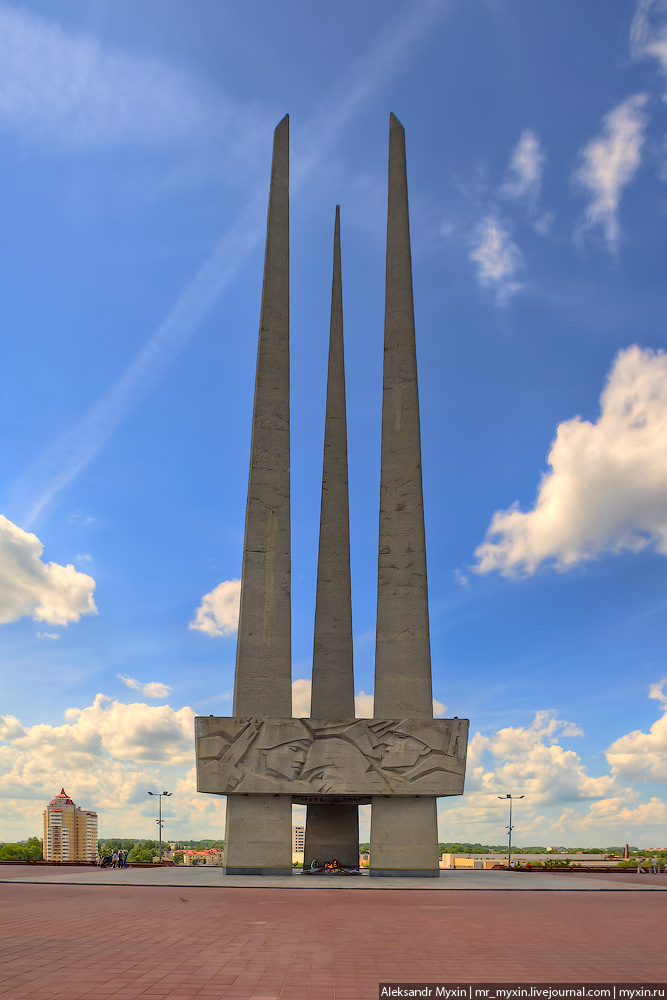
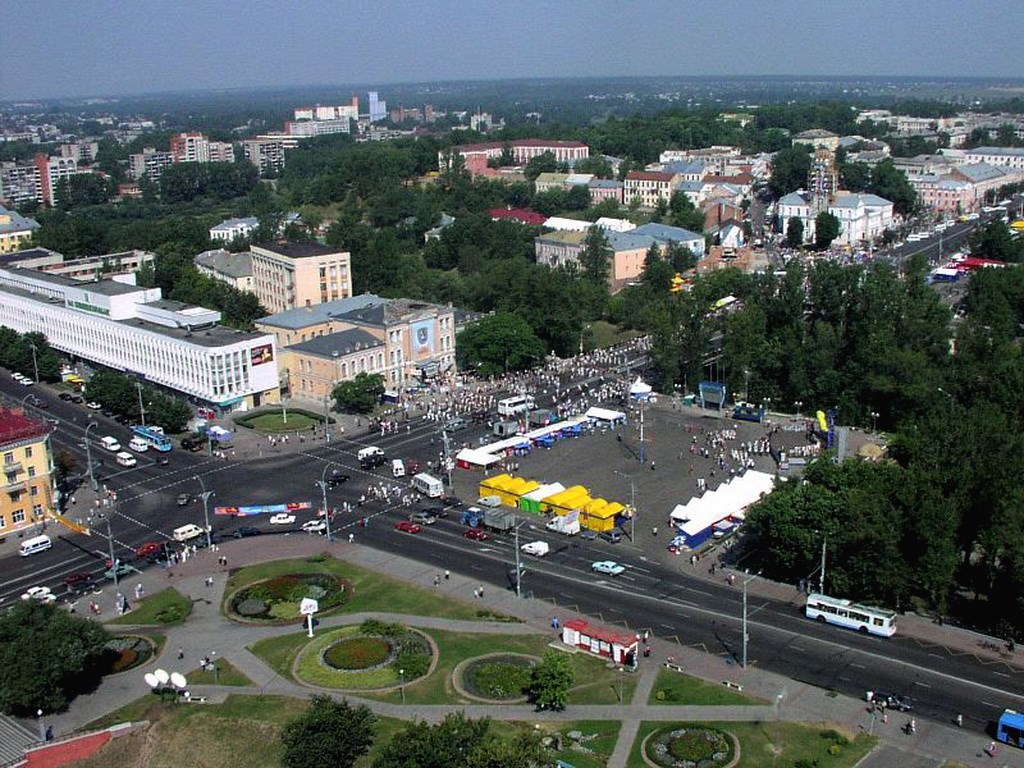
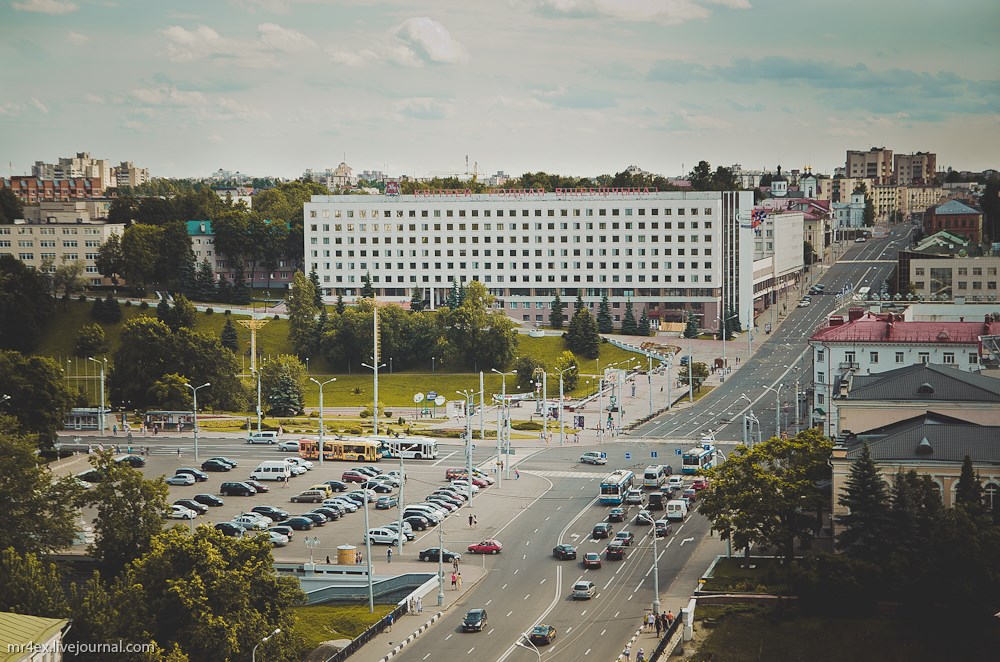
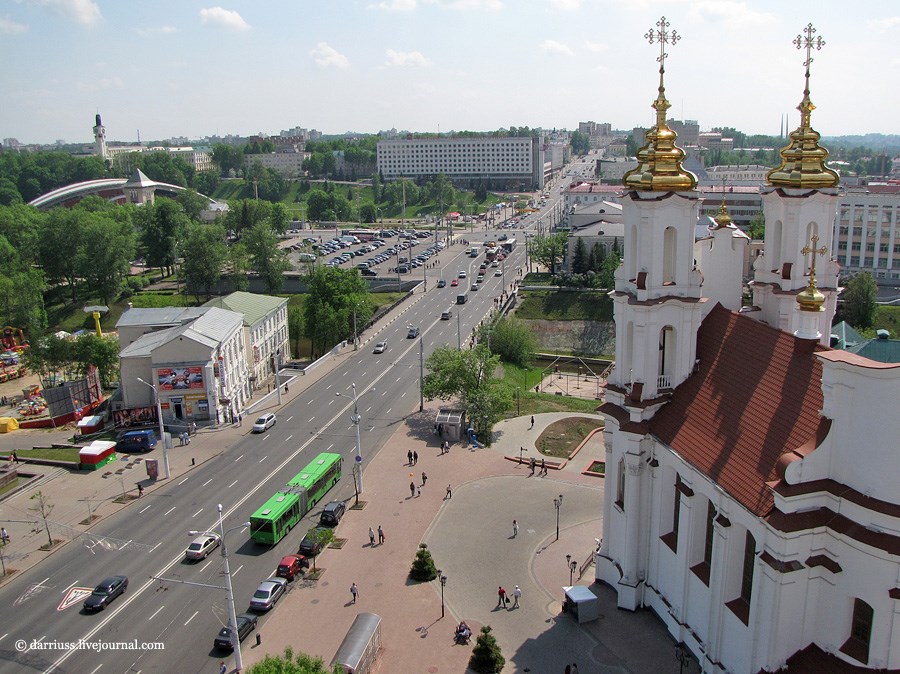
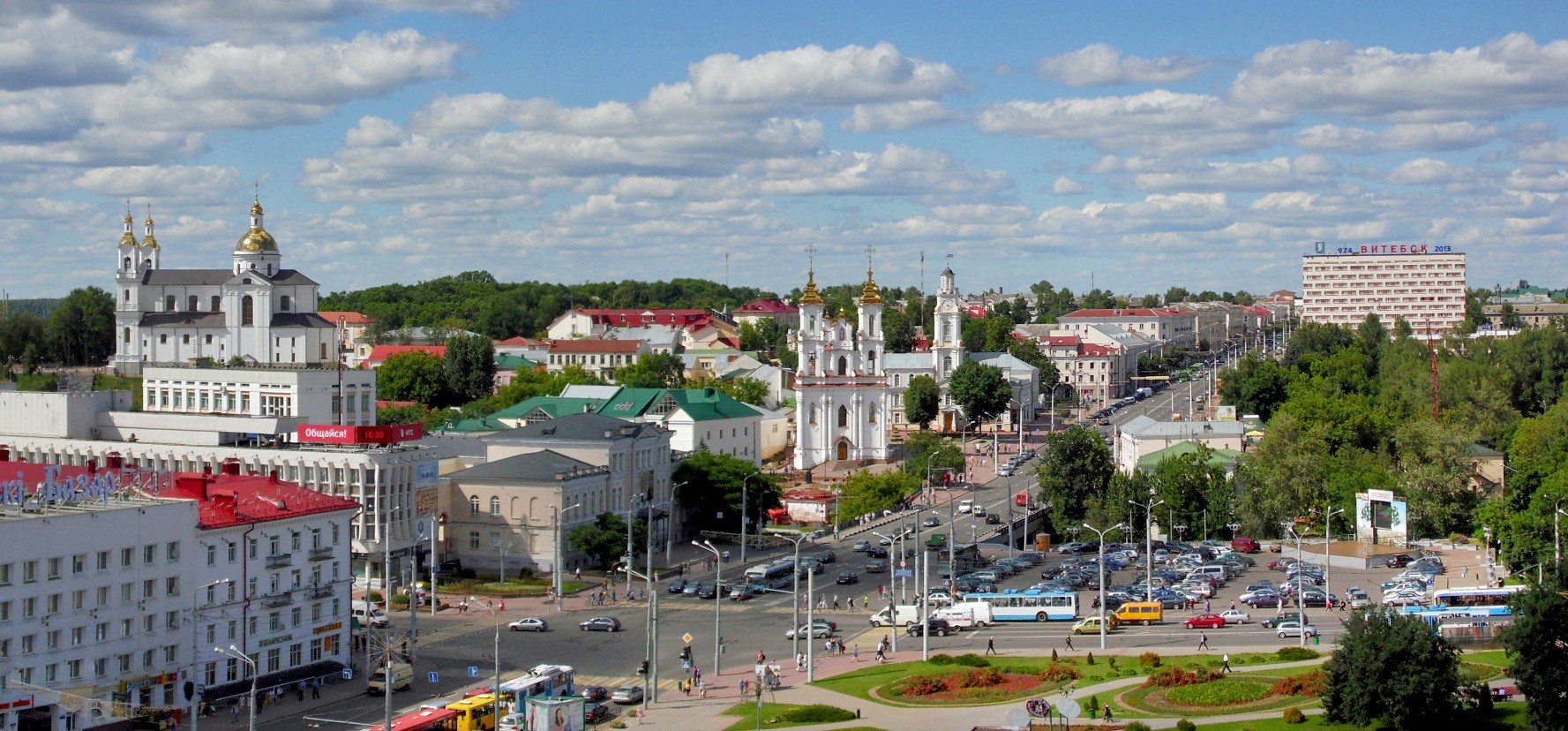
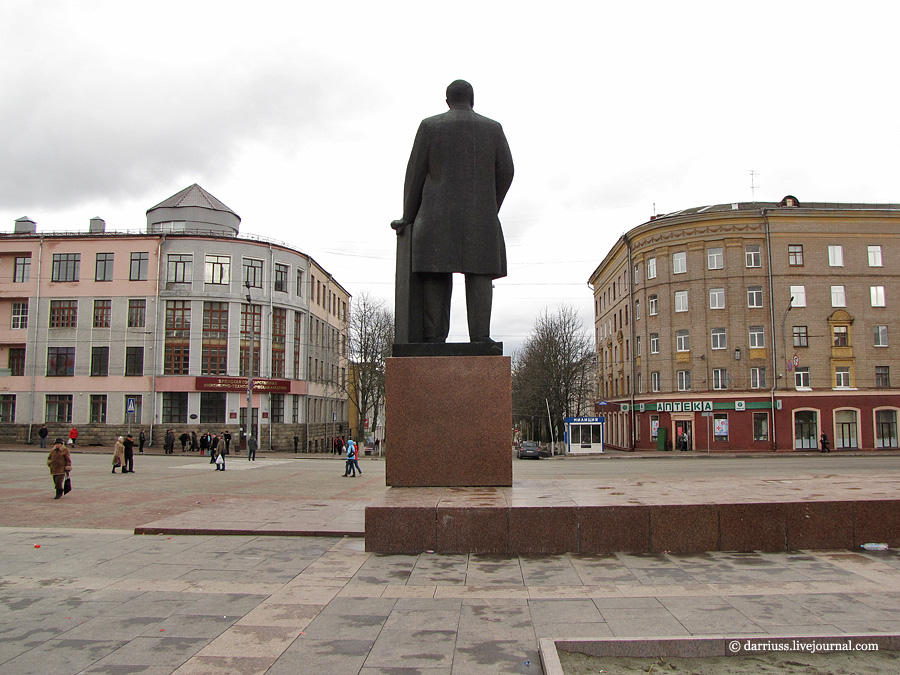
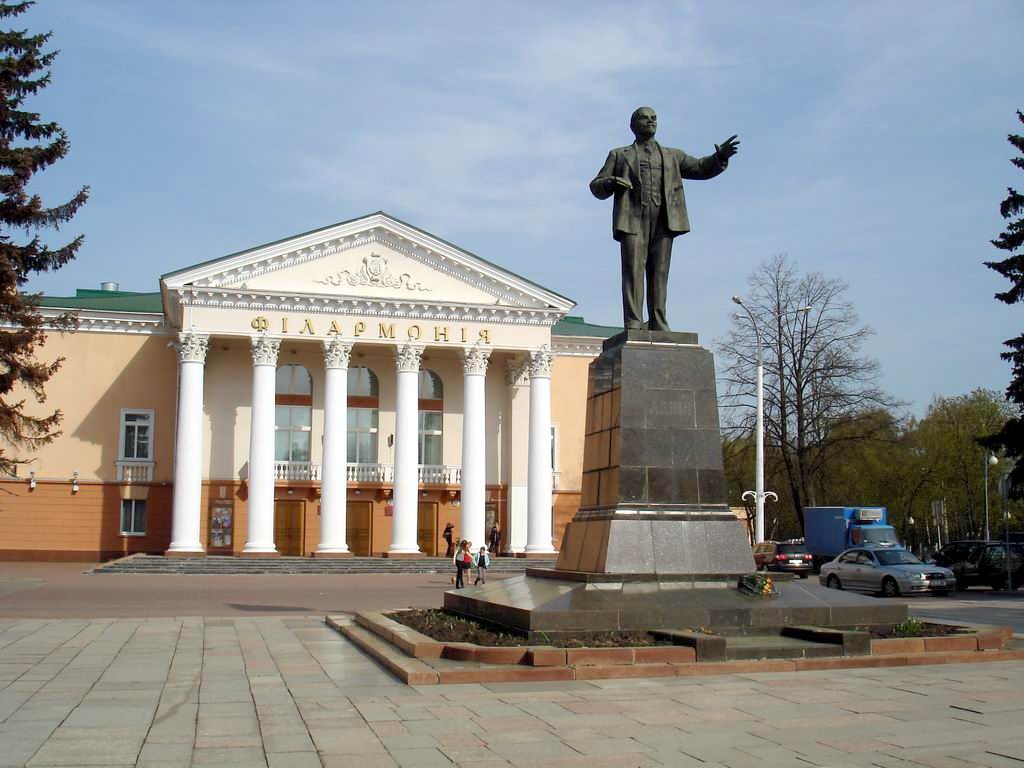
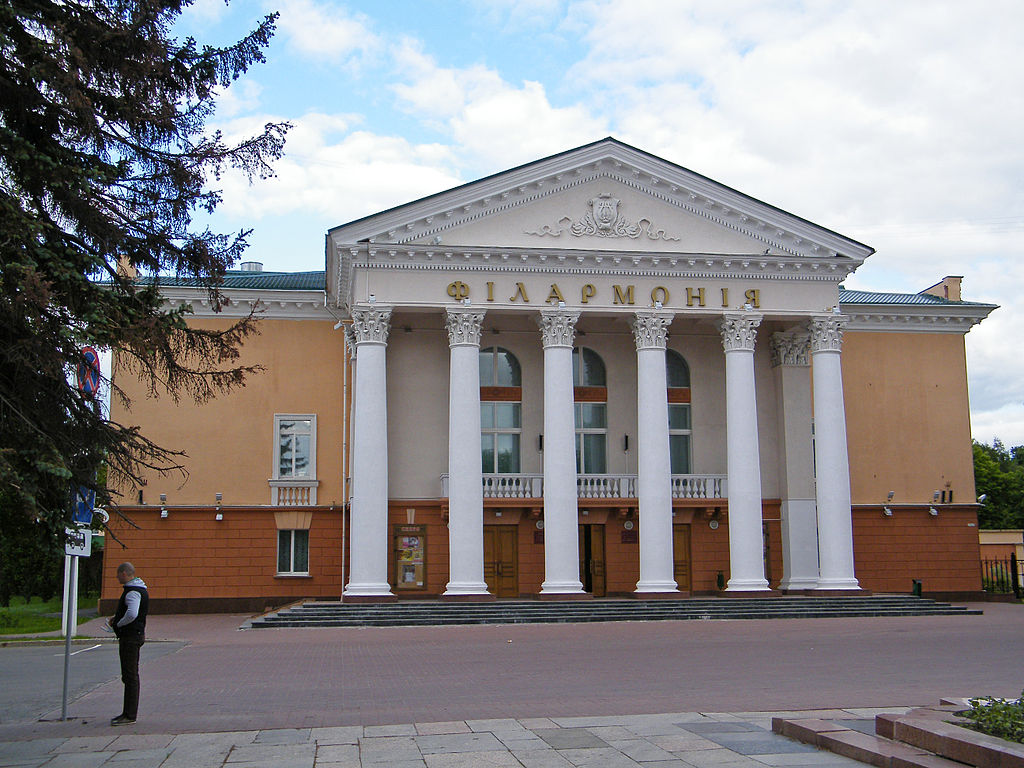
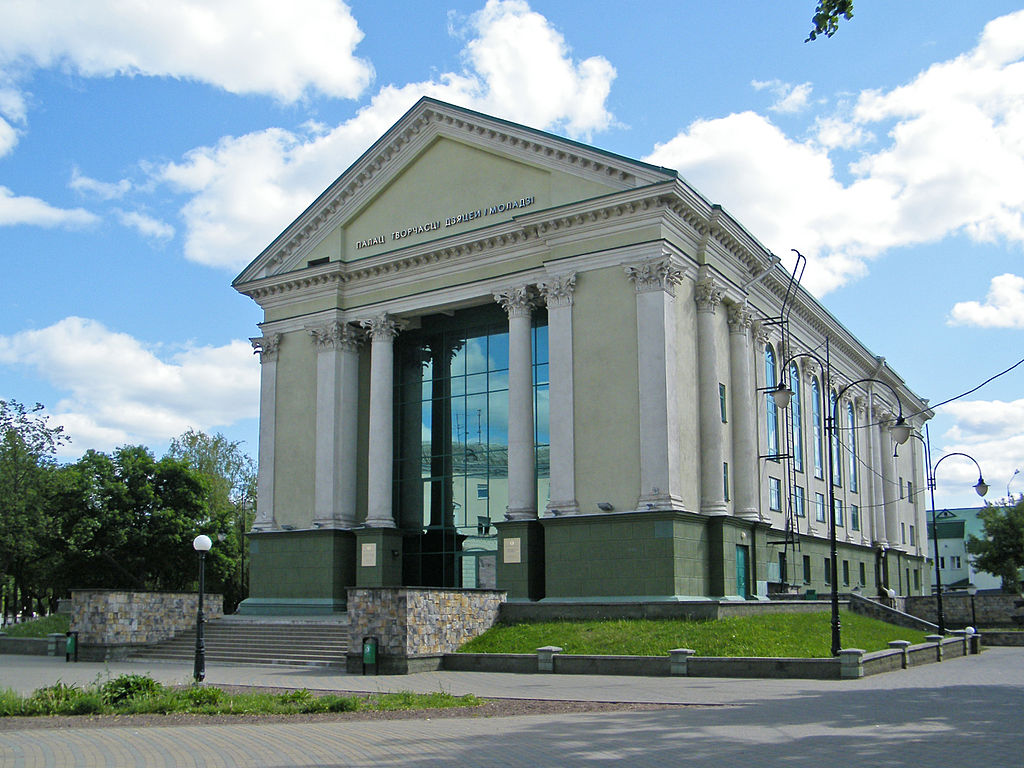
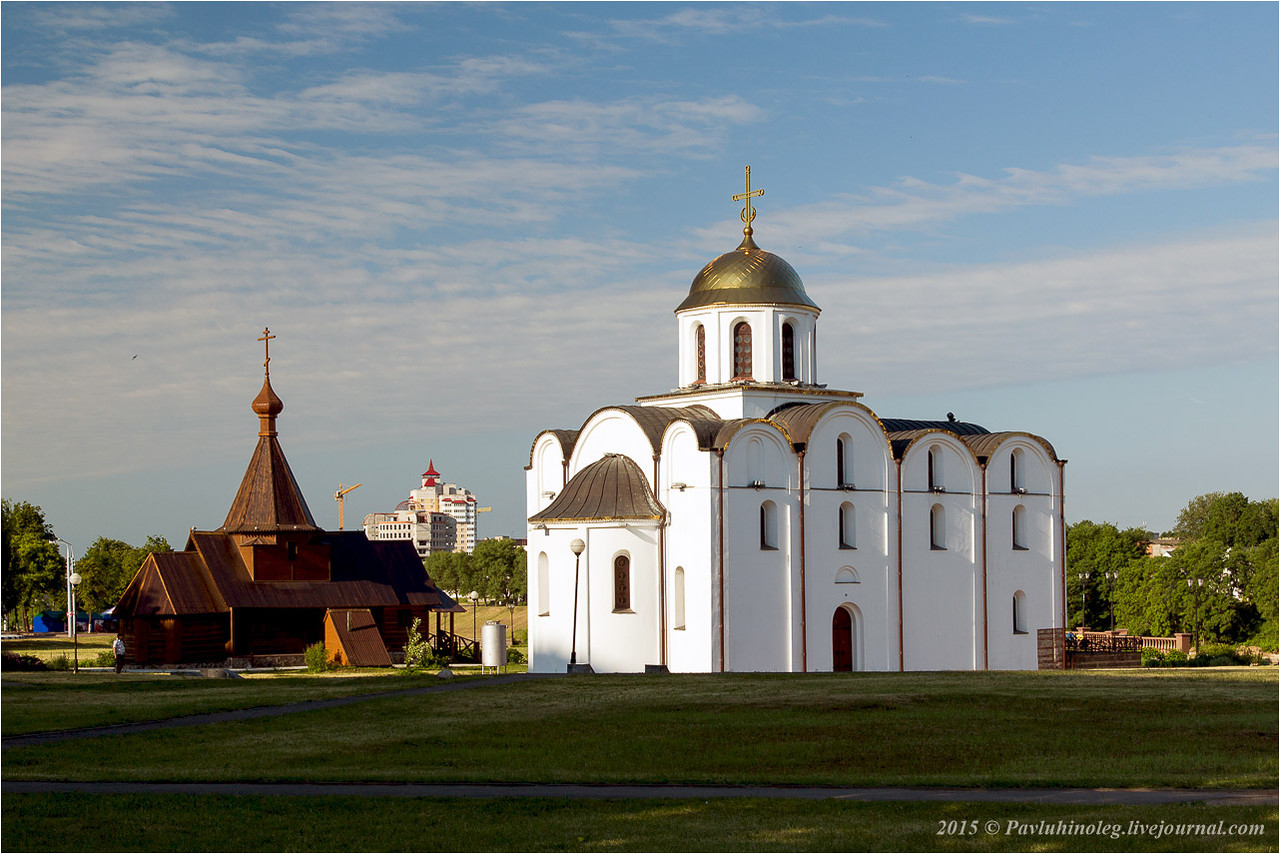
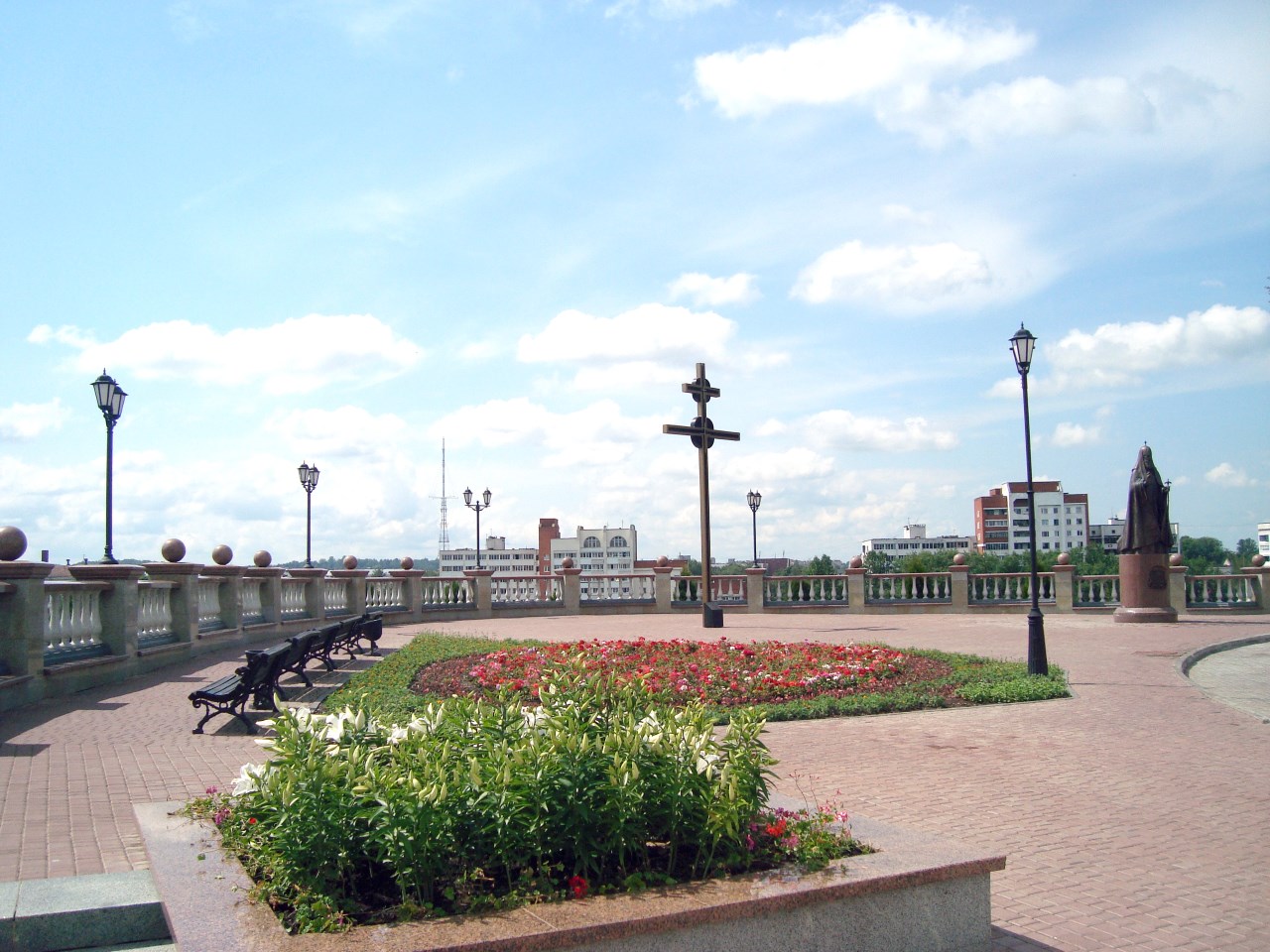
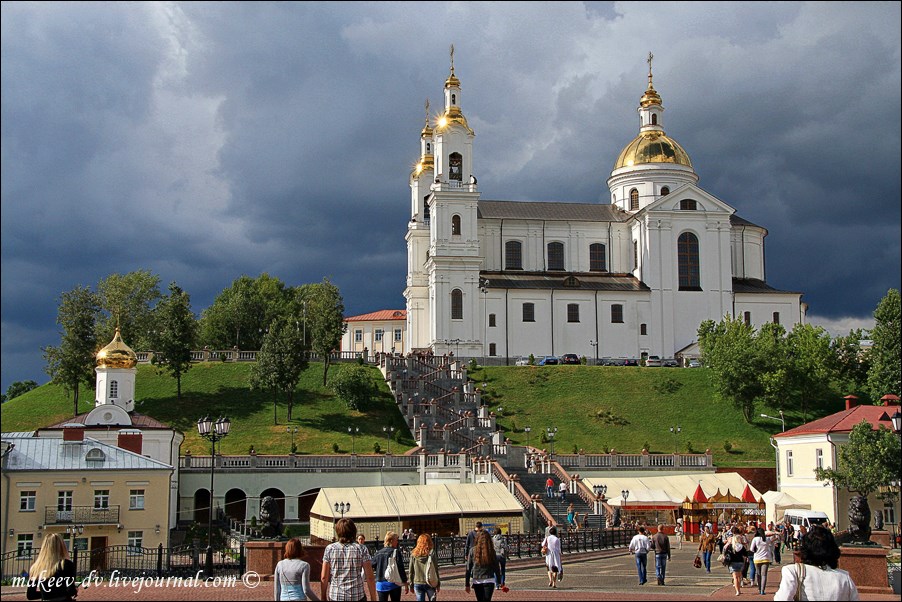
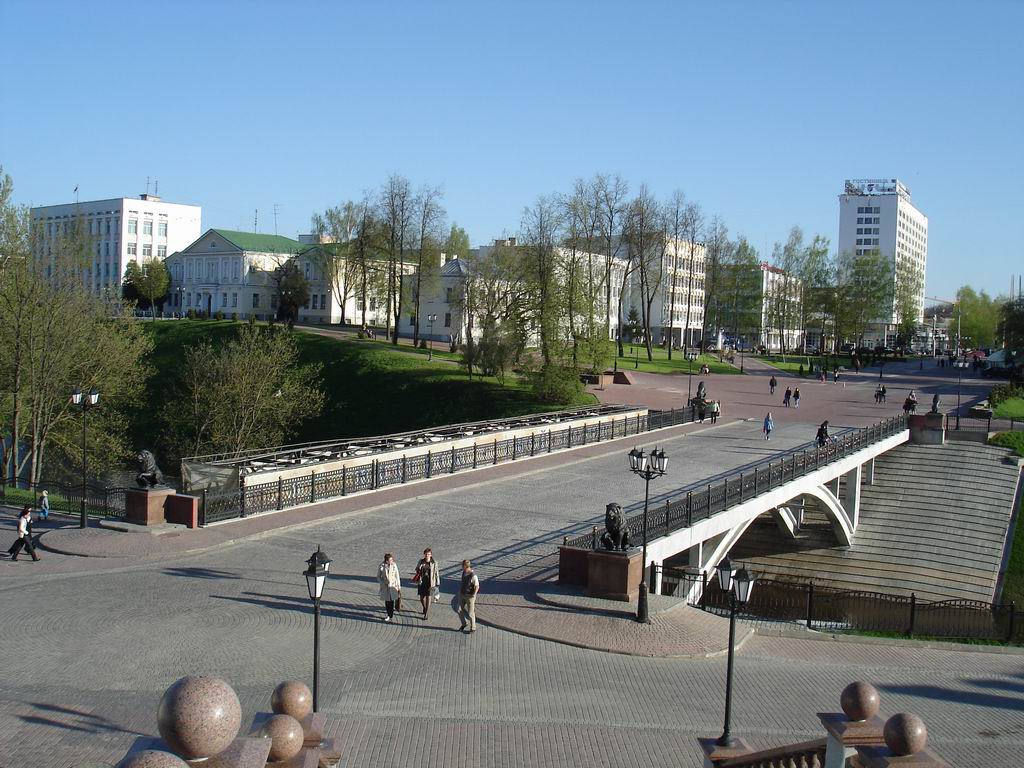
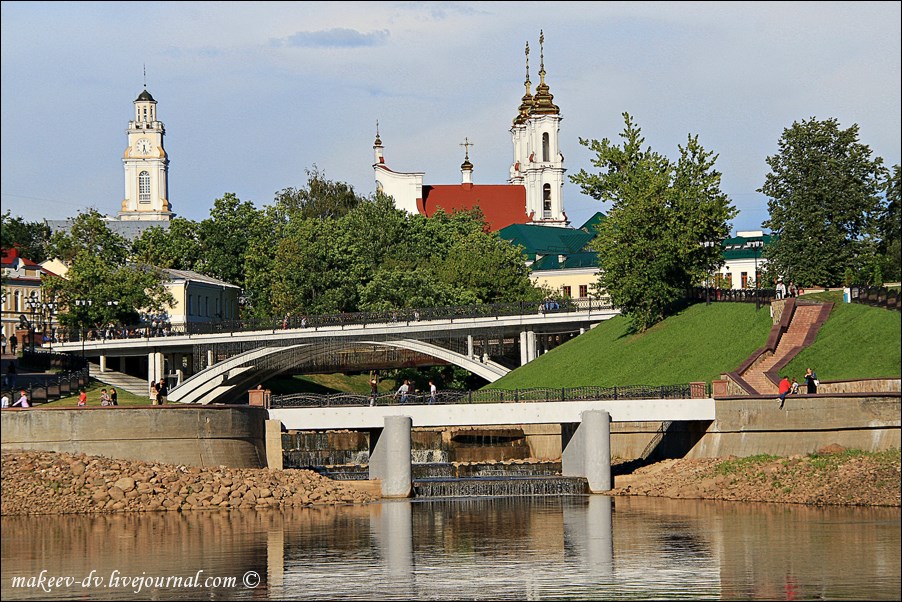
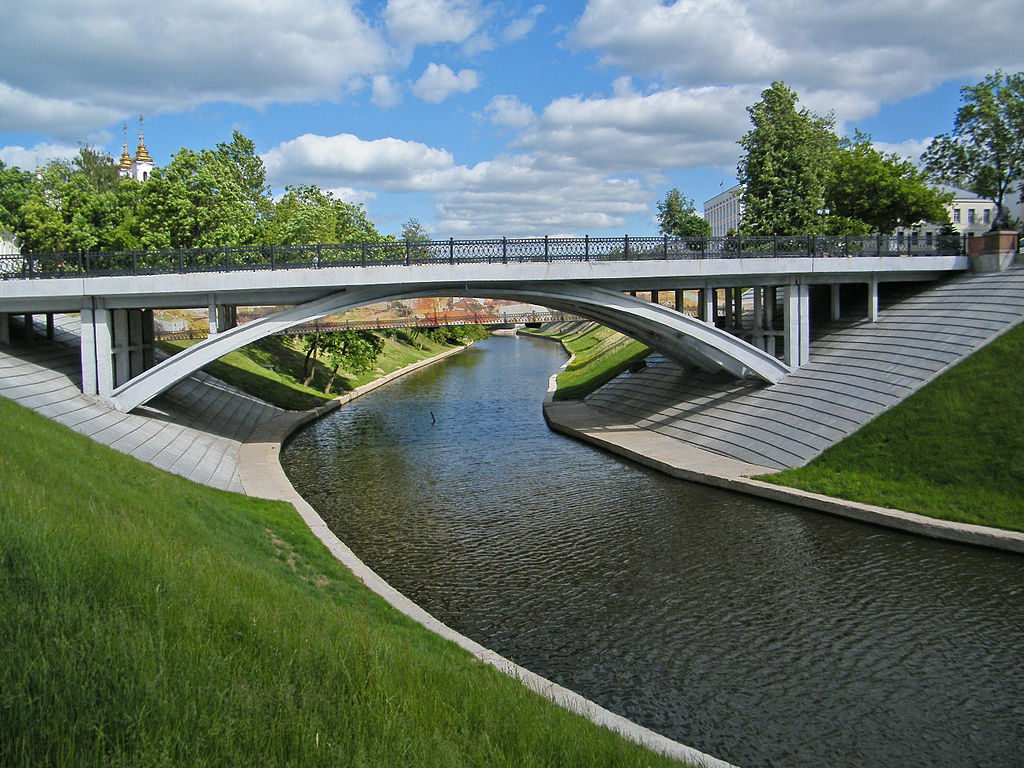
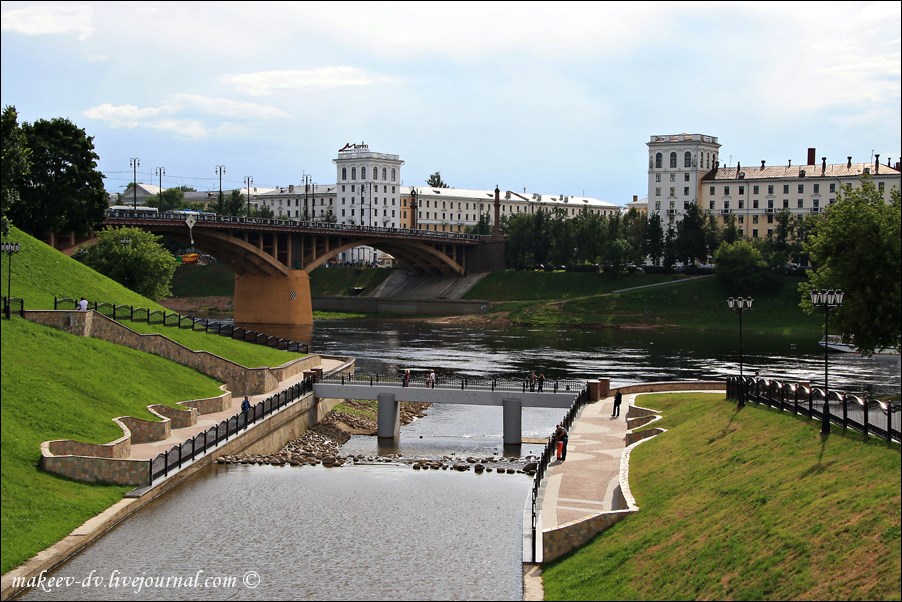
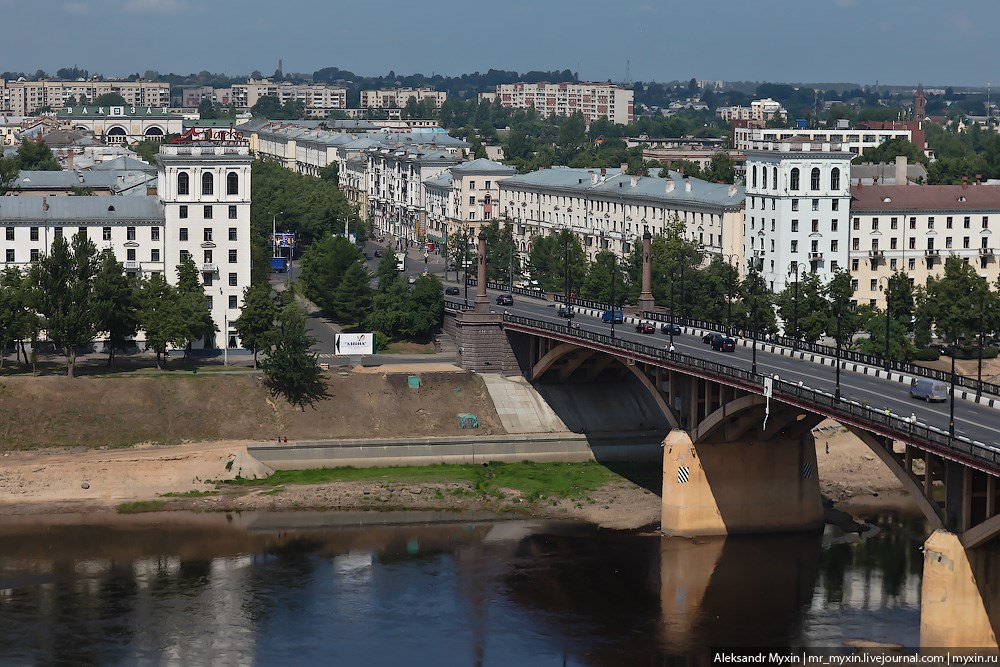
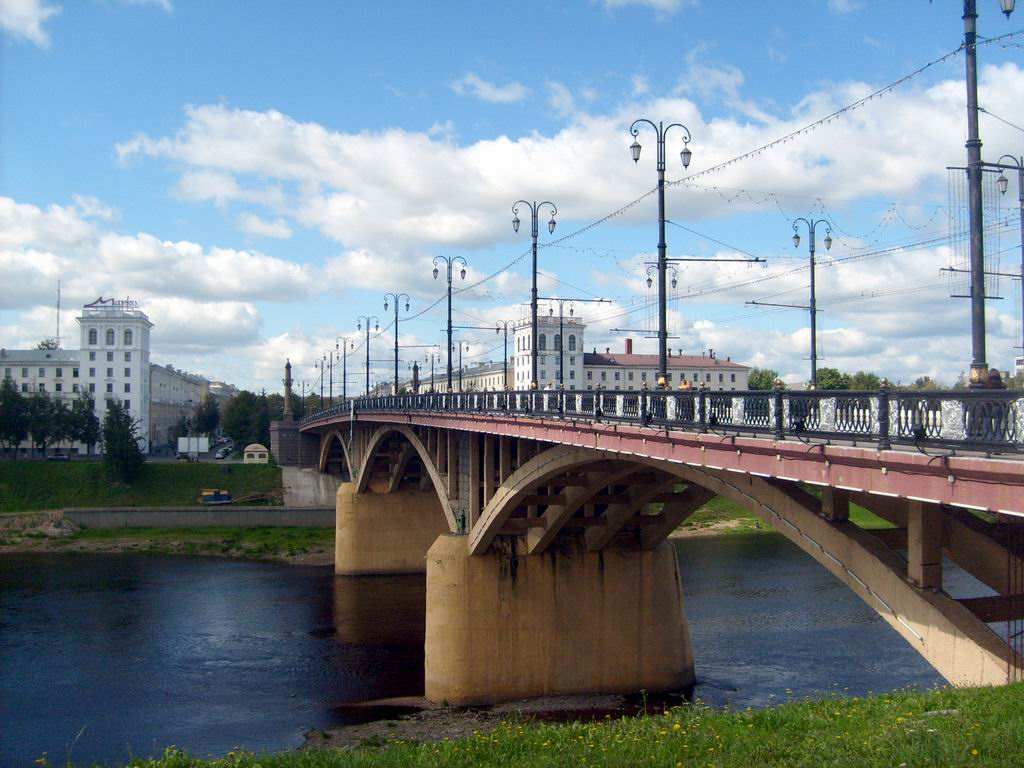
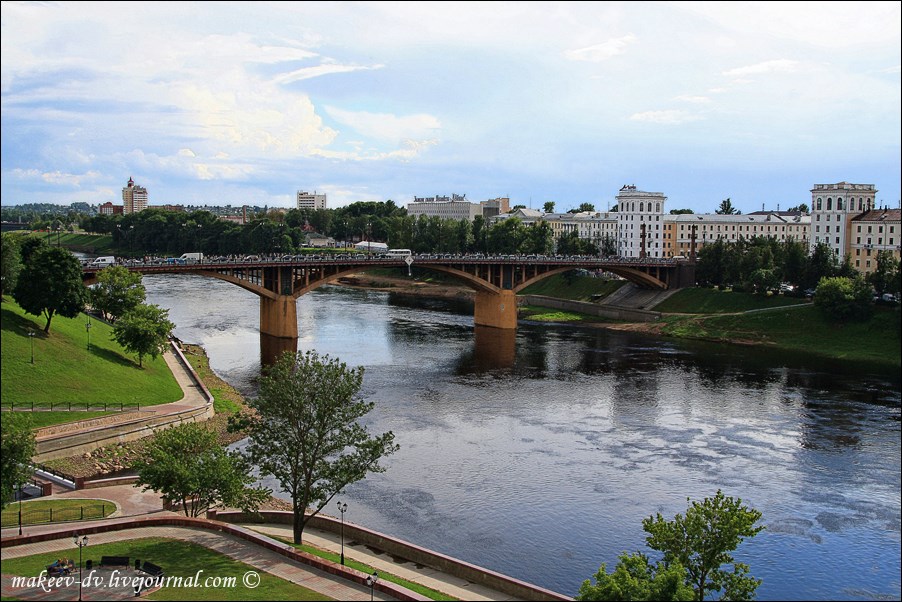
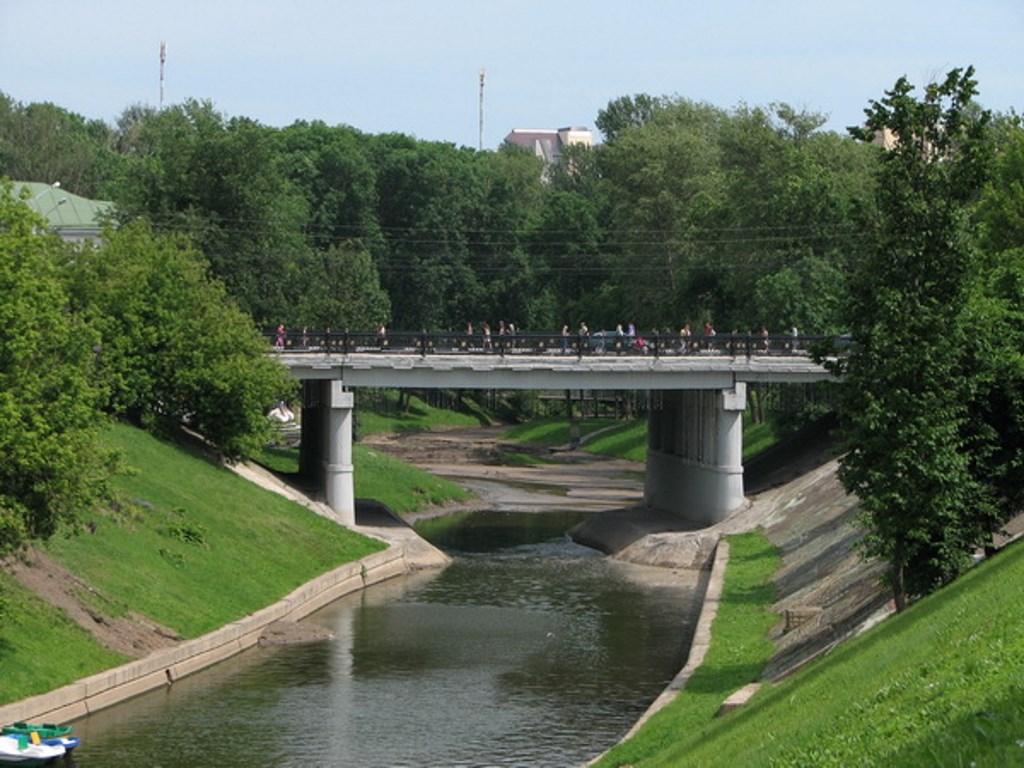
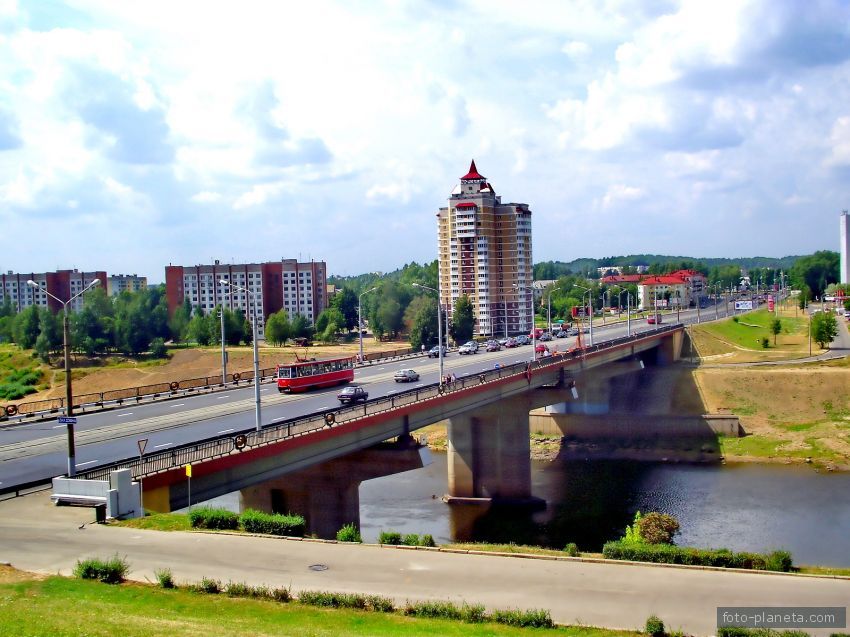
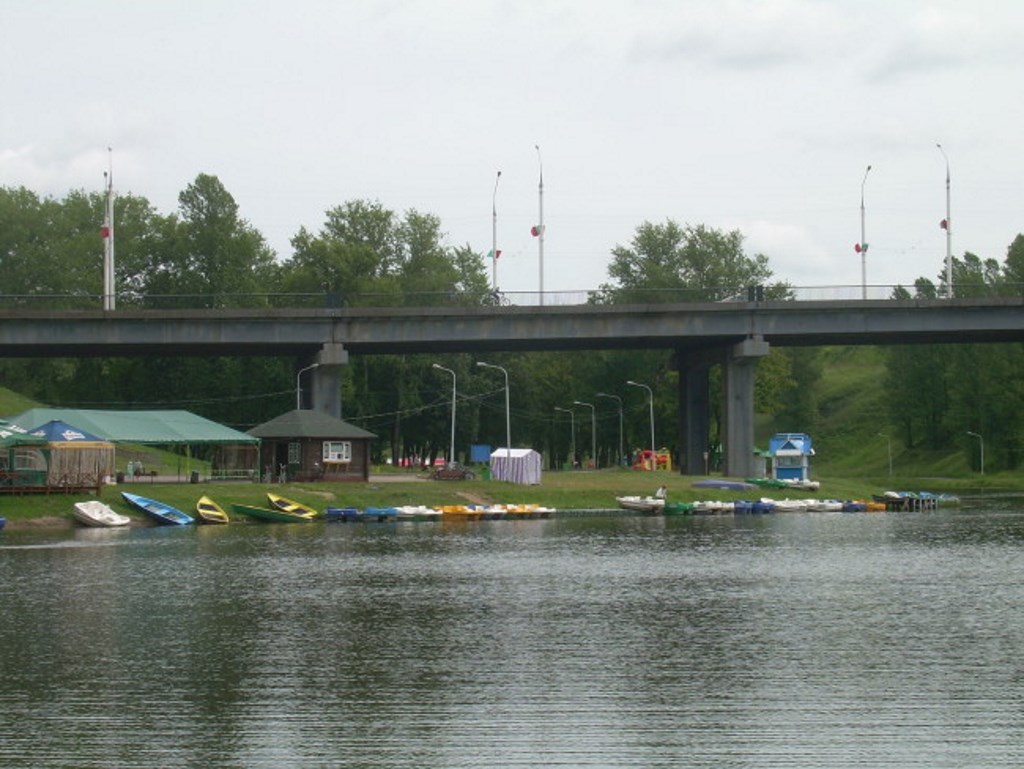
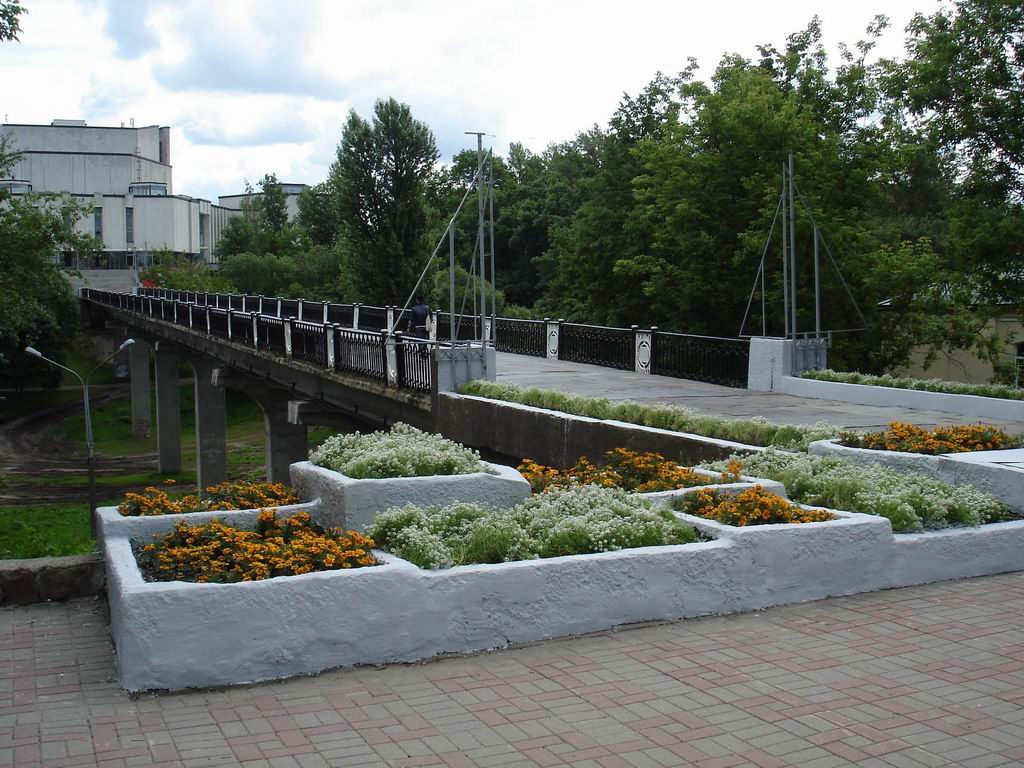
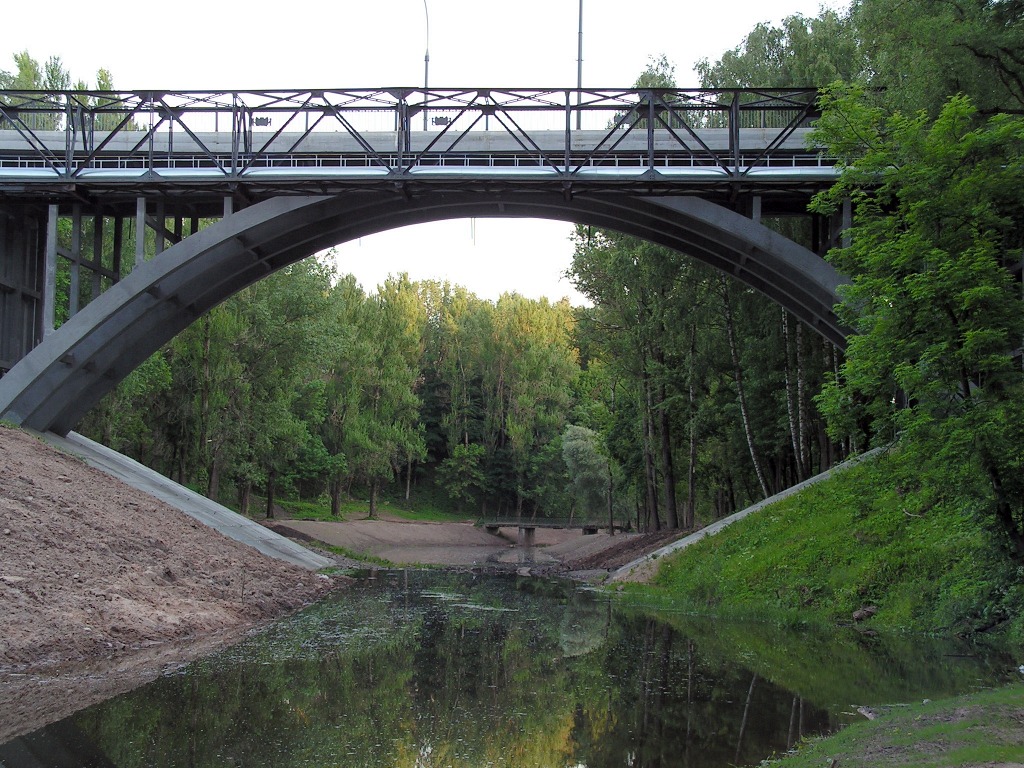

Vitebsk region lies in the north-west of Belarus, in the centre of Europe, occupying the territory of 40, 000 sq.km.
Due to its geographical position Vitebsk region has well-developed road and railway links with other countries. Thoroughfares, connecting largest economic regions of Russia to Europe, run across it. Thus, two European transportation corridors intersect the region’s territory: Berlin-Warsaw-Minsk-Moscow, connecting Germany, Poland, Belarus and Russia; and Helsinki - St. Petersburg-Kiev-Chisinau-Bucharest, linking Finland, Lithuania, Russia, Belarus, Ukraine, Moldova, Romania, Bulgaria and Greece.
These international transportation corridors include 44 national highways with thick net of roadside infrastructure, offering travellers a wide range of services. There you can refuel, have a rest, snack and sleep, and buy a variety of goods.
There is an International airport in Vitebsk.
The ancient Belarusian city of Vitebsk is the regional center. Another, even an older city, Polotsk, was first mentioned in chronicles back to 862, as the birthplace of Belarusian statehood, culture and spiritual life. The ancient cities of Orsha, Braslav, Postavy, Glubokoye, and others are also well-known for their fortresses, or shopping malls.
Vitebsk region possesses a great potential for tourism development, especially educational one, ecotourism, health and agroecotourism, pilgrimage and transit tourism.
The region’s centuries-old cultural and historical heritage is of a great international interest, and its ecosystems and natural landscapes are truly unique.
Cultural and educational tourism
Vitebsk region is remarkable for its 3,000 monuments, historic and cultural landmarks, relics of the past, 1,000 of which are included into the list of historical and cultural values of Belarus. Ancient settlements and barrows, time-honoured mansions and grand temples, old city centres attract visitors to Vitebsk, Polotsk, Postavy and Glubokoye.
The City Hall, an architectural and historical symbol of Vitebsk, dates back to 1775 and hosts Vitebsk Regional Museum. One can admire the “bird view” panorama of an old city architectural ensemble, narrow belts of streets, old houses and street lamps, golden domes and the Dvina River; experience the most breathtaking walk around the rotunda of the City hall tower at a height of 40 meters.
The Governor's Palace, built in the 19th century, is situated in the public garden opposite the Monument to the Heroes of the Patriotic War of 1812. It walls saw Napoleon Bonaparte, waiting here for Alexander I’s envoys and making his fatal decision to advance towards Moscow.
Vitebsk region takes pride in the world famous countrymen: Euphrosyne of Polotsk, a saint-enlightener, Francysk Skoryna, a first printer, Simeon of Polotsk, a poet - enlightener, Ivan Khrutsky, an artist, Vasil Bykov and Vladimir Korotkevich, Belarusian writers, Ivan Chersky, a famous explorer of Eastern Siberia and many others. And, of course, Mark Chagall, the world famous graphic artist and painter, who brought Vitebsk with him to St. Petersburg, New York and Paris, as Vitebsk was in his heart. Many interesting places are connected with Chagall: Art Centre of Marc Chagall with the collection of his original drawings, the art school building he taught at. No museum possesses what Vitebsk has – a house where Chagall spent his youth. Now the House-Museum greets its visitors in Pokrovskaya Street. Marc Chagall called Vitebsk a second Paris and Paris his second Vitebsk for the city’s beauty and oneness.
Ilya Repin, the great Russian artist, discovered a special attractiveness of Vitebsk region for himself, staying at his Zdravnevo estate. Now a museum, an unusual mansion in beautiful surroundings attracts millions of tourists from all over the world to visit and participate in the exhibitions, open air sessions, folk ceremonies and theatrical performances.
Museums and art galleries of the region own really unique collections, exhibits, virtu and rarities.
Postavy is another tourist attraction. The main site to visit is Tyzengauz Palace, a magnificent 19th century-old piece of classicism, in the shade of rare trees, an old alley, and canals. One can see a monument to Konstantin Tyzengauz, an ornithologist and scientist, one of the owners of this ancestral home which was gladly visited by Nicolai II.
An old part of Postavy is a historical monument in itself. The architectural ensemble was designed by an Italian architect Giuseppe de Sacco in the 18th century. One can still visit a well-preserved craftsman house, a doctor’s house, and an old chemistry, a palace and park ensemble on the lake bank. Other landmarks are a 19th century stone watermill and St. Anthony of Padua Cathedral.
Sofia Cathedral of Polotsk, an example of the 11-18th centuries architecture, is rightly called a pearl of Belarusian building art. The oldest stone building for public worship in Byzantine style has always been admired for its beauty and grandeur. Now visitors can enjoy magnificent sounds of organ music there. Sofia of Polotsk, a symbol of cultural and historic traditions in Vitebsk region, is inscribed into the preliminary list of UNESCO World Heritage sites.
The ancient city of Orsha is also rich in historical, spiritual and architectural landmarks. They are Jesuit Collegium Complex and Kuteinsky Monastery, the centre of book printing in the 17th century. Right there, Spiridon Sobol, a Belarusian printer and enlightener published the first primer in1631. You can still see an ancient wooden church on the monastery’s territory.
Tourists and visitor tend to visit the centre of Europe. This very geographical centre was positioned in Polotsk. A commemorative monument with the inscriptions in 5 languages was set up to indicate the four corners of the earth.
Religious and pilgrimage tourism
Lying at the crossroads of Western and Eastern European cultures ,Vitebsk region has always been a specific cultural and religious place where manifold traditions blend and various national and religious confession peacefully coexist. Each confession has left a great spiritual legacy and splendid temples, churches, and cathedrals, which are truly regarded as masterpieces of religious architecture and make up the golden fund of the national culture. They number nearly 400, out of which 100 being the monuments of historical and cultural heritage. Vitebsk region can be proud of this heritage, a legacy of rural and city, ancient and renewed, wooden and stone, tiny and majestic architectural masterpieces.
The region has become a real mecca for tourists as pilgrimage and sightseeing tours are especially popular nowadays.
The Savior and St Euphrosyne’s Convent in Polotsk is the center of the Orthodox Church. Founded in the 12th century, it makes thousands of tourists and pilgrims from all over the world flock to the ancient monastery to venerate St. Euphrosyne’s relics and the Cross, the shrines and sacred symbol of the Belarusian spirituality revival. The Holy Transfiguration Church is the heart of the monastery complex. It was built in the mid-12th century by a Polotsk architect John on behalf of Abbess Euphrosyne of Polotsk. The church is definitely an architectural masterpiece. Its interior is decorated with unique frescoes of the 12th century. The Holy Transfiguration Church is inscribed into in the preliminary list of UNESCO World Heritage Sites.
Annunciation Church in Vitebsk was built by Byzantine craftsmen in the 12th century and was the first stone church in the city. One can really sense the past touching the open fragments of an unrivalled ancient masonry, nothing like that can be found in ancient architecture.
Vitebsk churches own their uniqueness to the Vilna Baroque style. It took more than 40 years to build The Holy Assumption Cathedral, one of the most beautiful and magnificent Orthodox churches famous for the biggest bell in Belarus. A monumental staircase descends from Uspenskaya Hill leading to the embankment and the Holy Spirit Convent.
The Cathedral of the Nativity of the Blessed Virgin in Glubokoye, built in the 17th century, St. Anne’s Church and Mosar Park Ensemble in Glubokoye district, called a Belarusian Versailles, continue the list of sacred places.
St. John the Baptist’ fortified castle -church in Kamai, Postavy district, shows an implementation of forms and techniques of defensive architecture, Gothic and Renaissance Styles. Being built in 1603-1606, it has never been closed, even in the Soviet period. With its 118 objects of historical value it is inscribed into in the preliminary list of UNESCO World Heritage Sites.
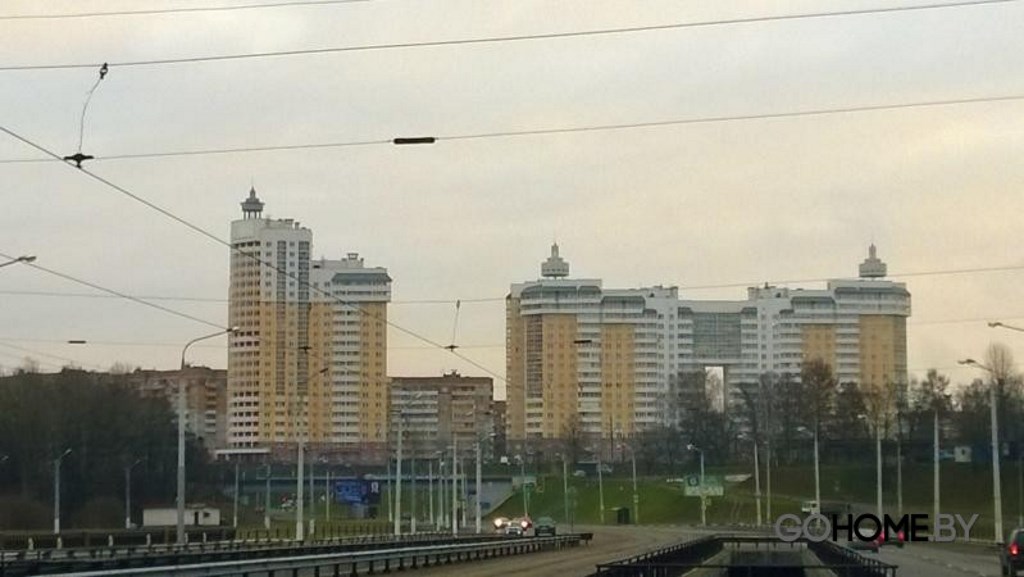
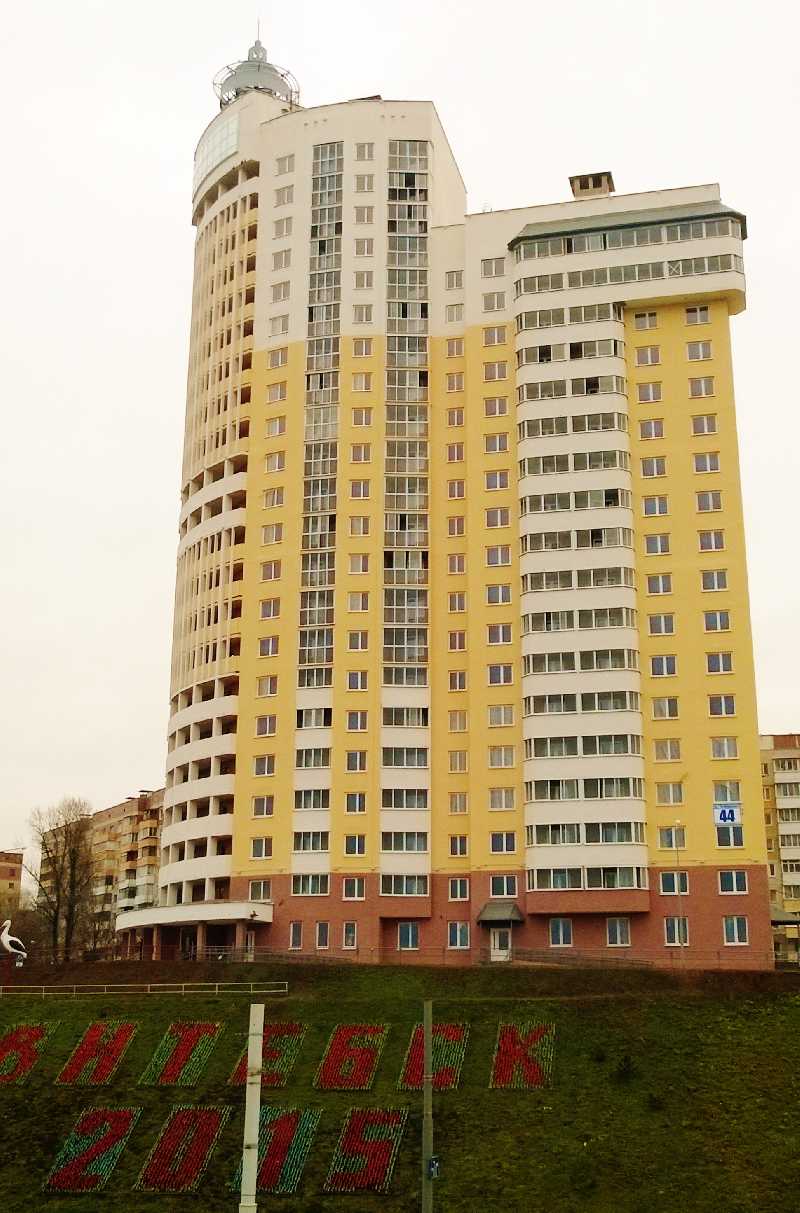
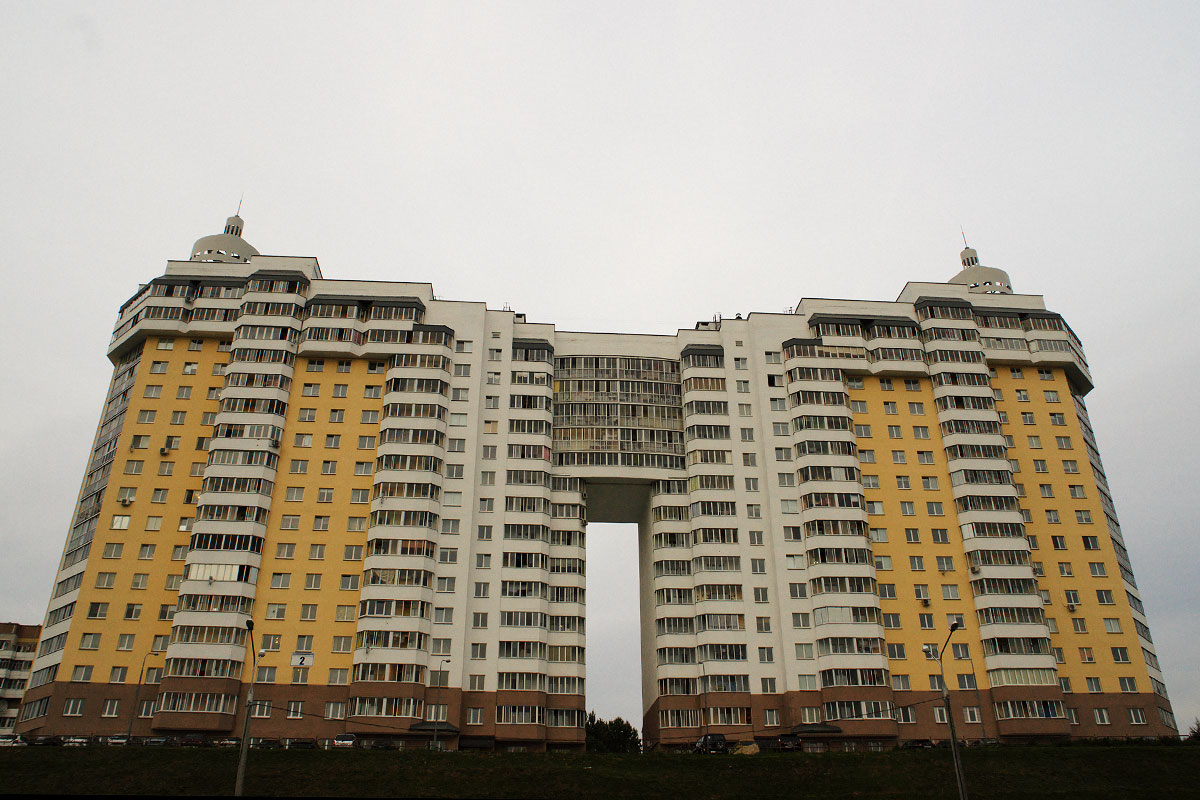
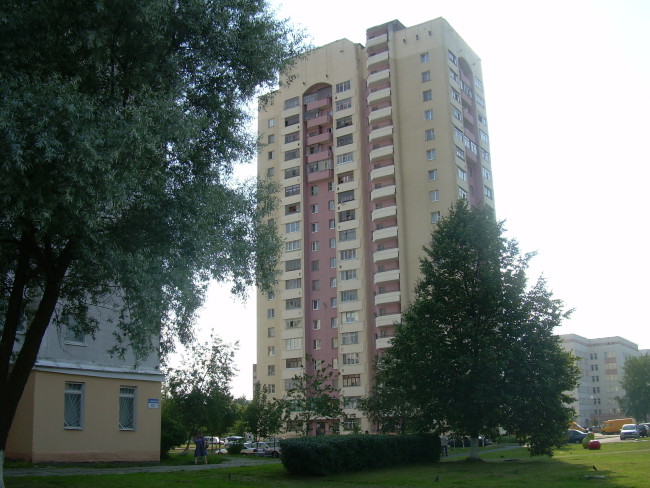
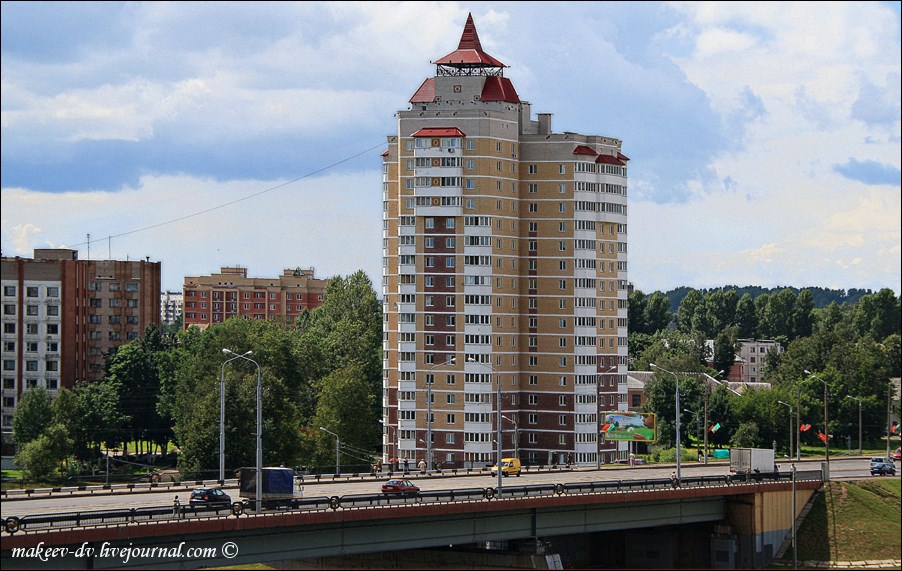
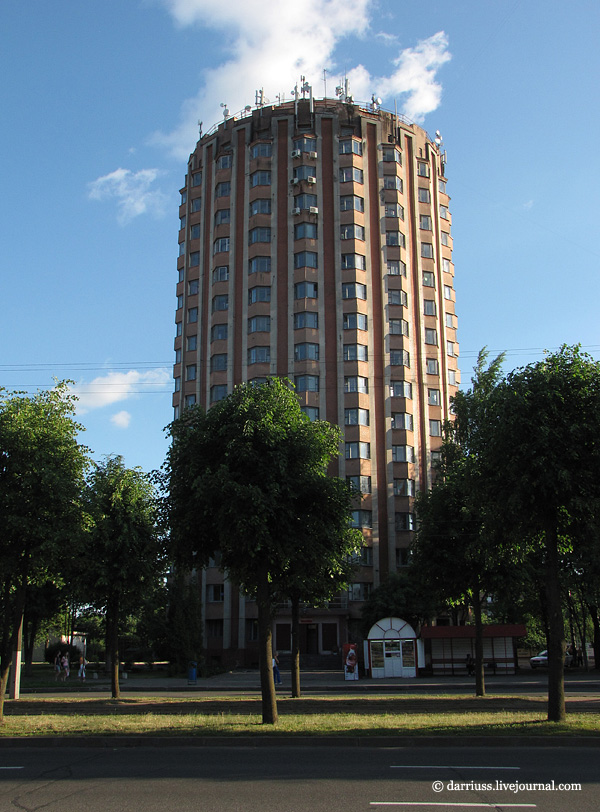
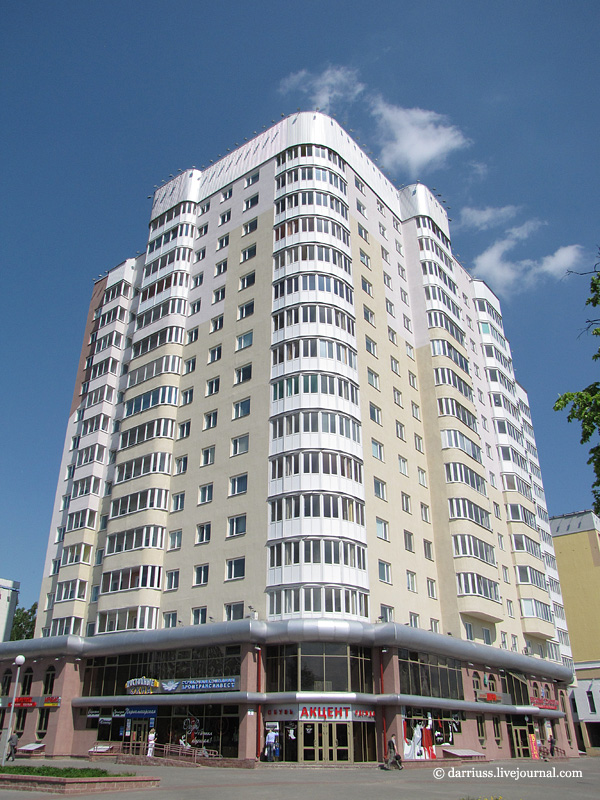
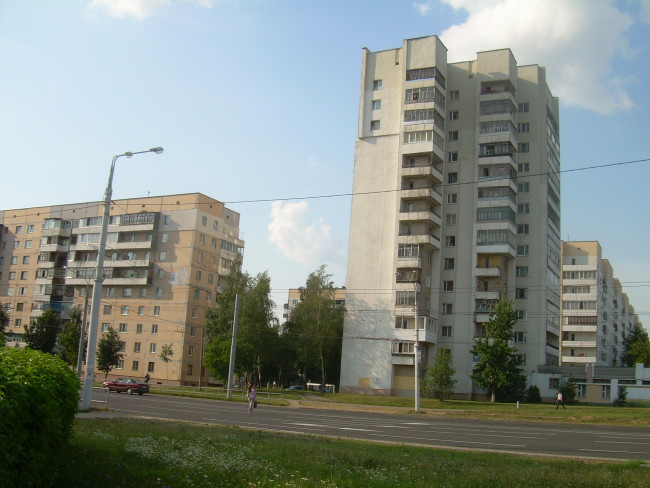
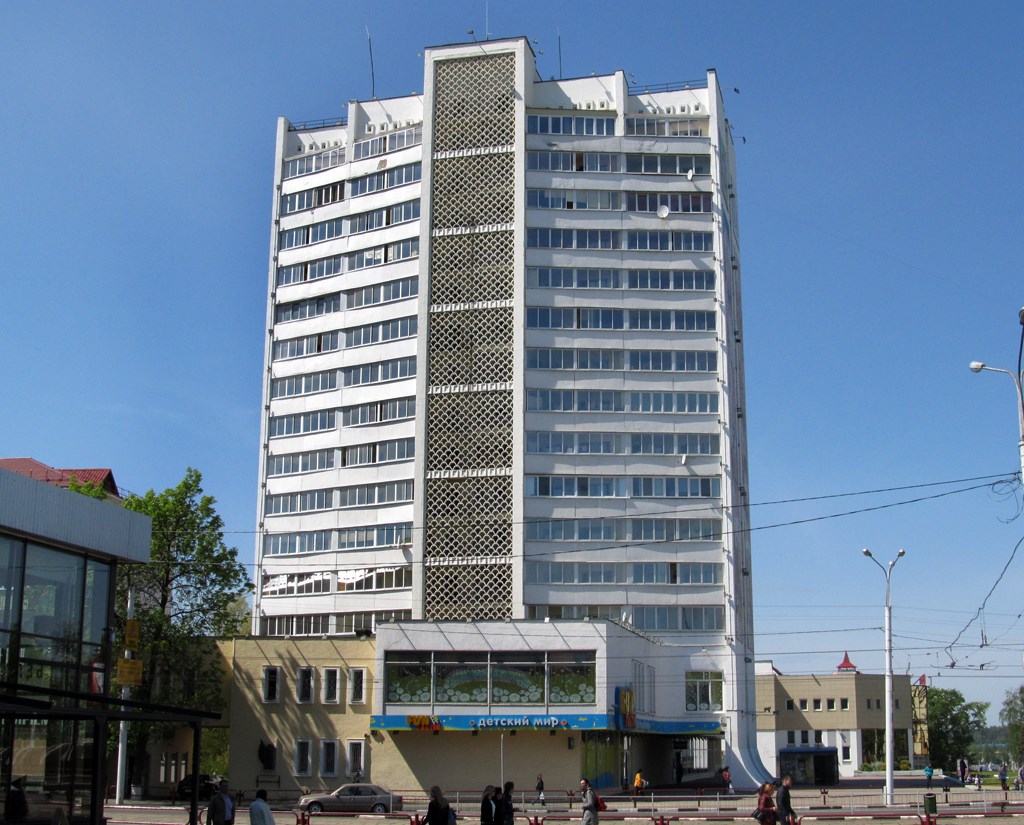
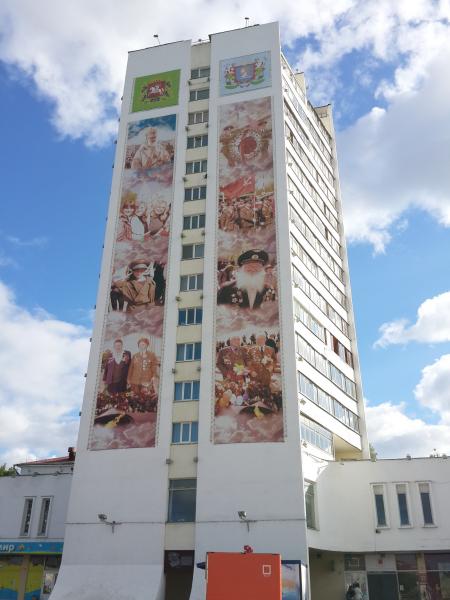
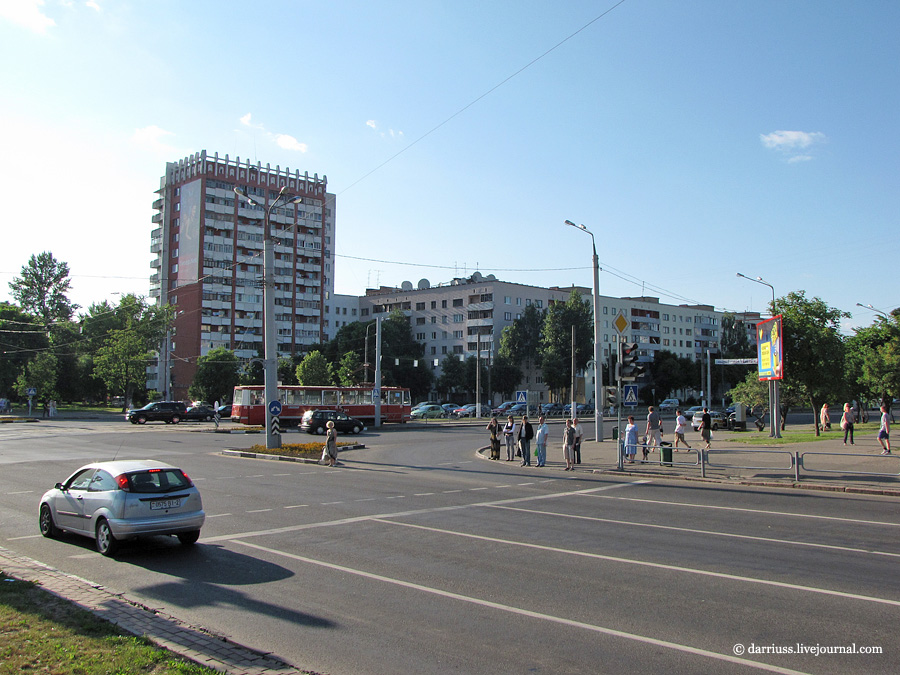

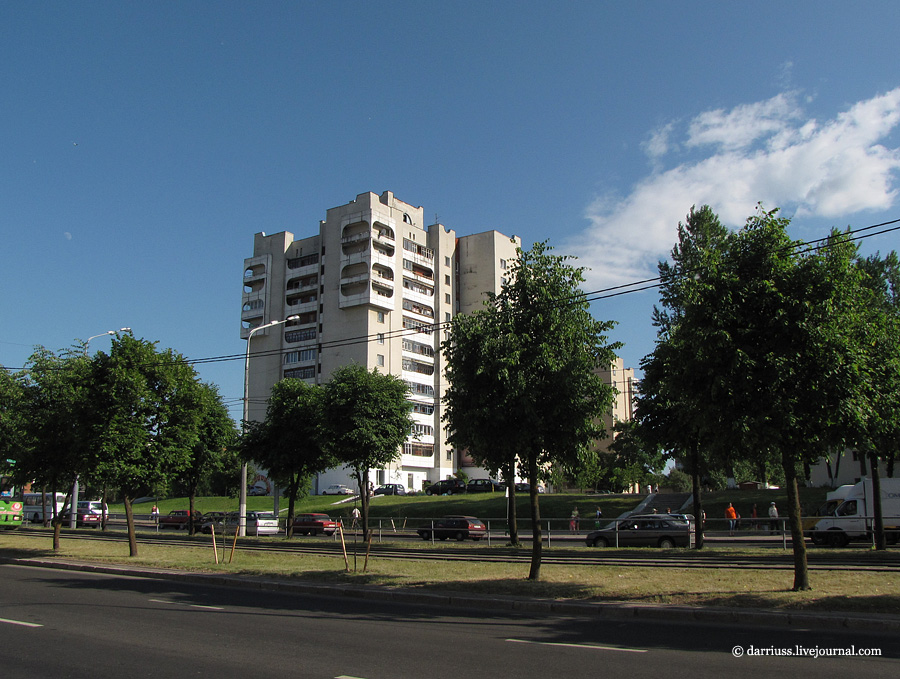
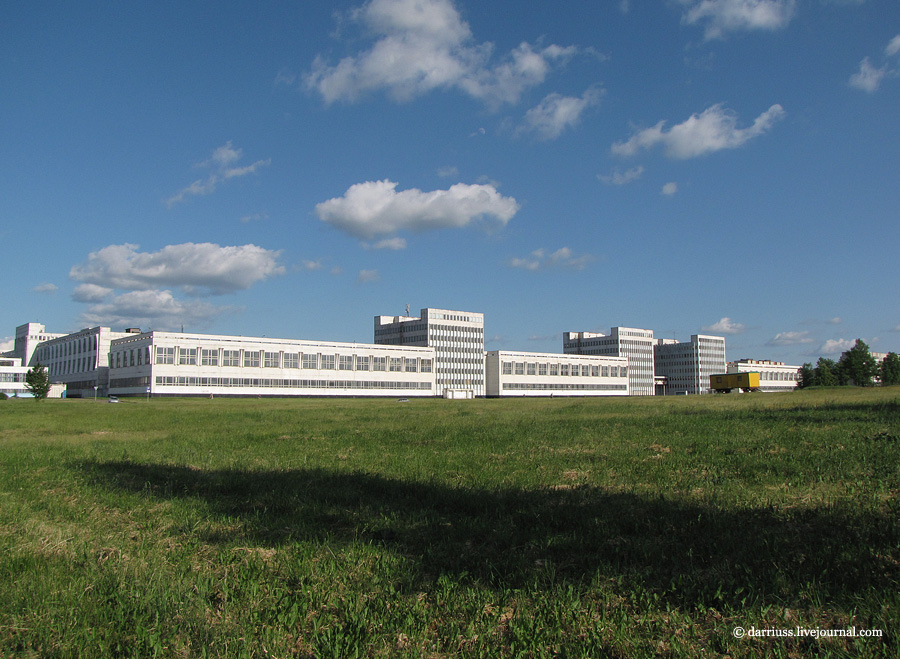
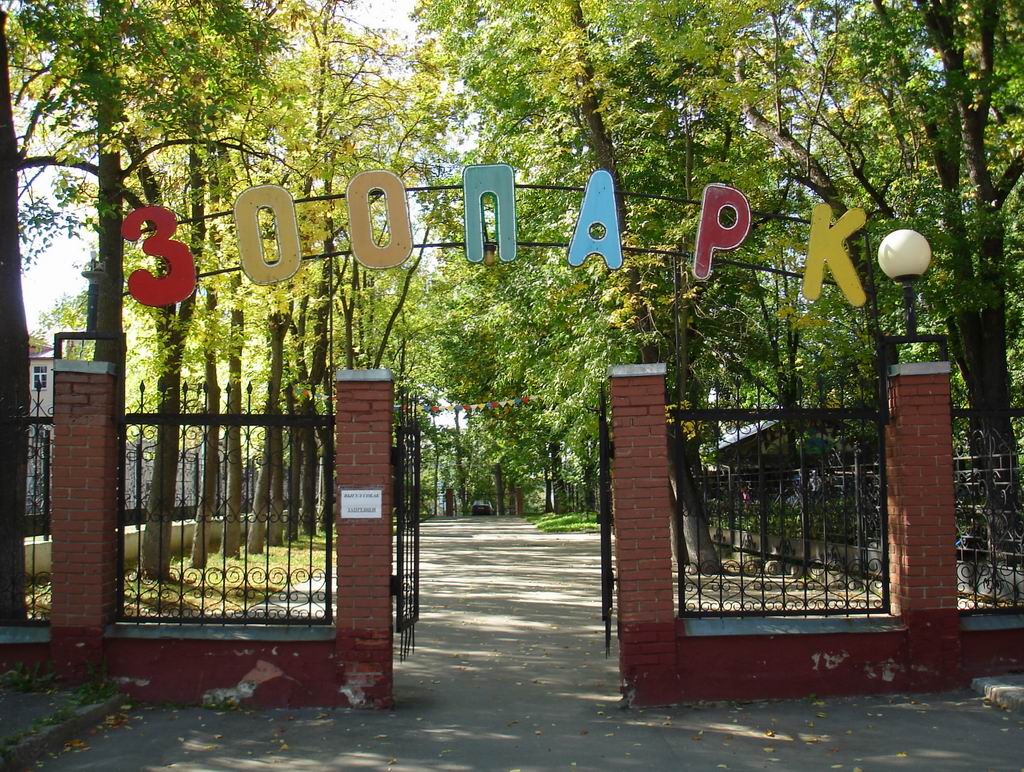
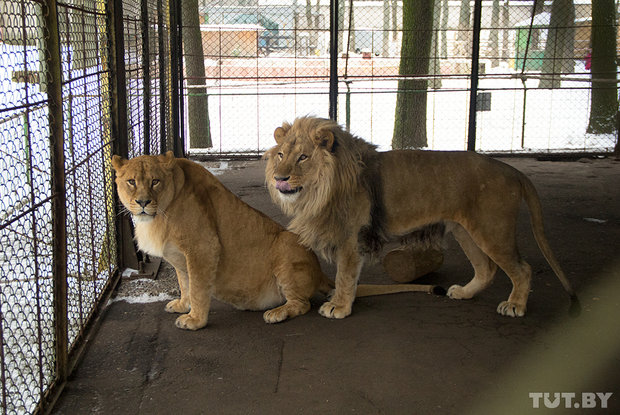
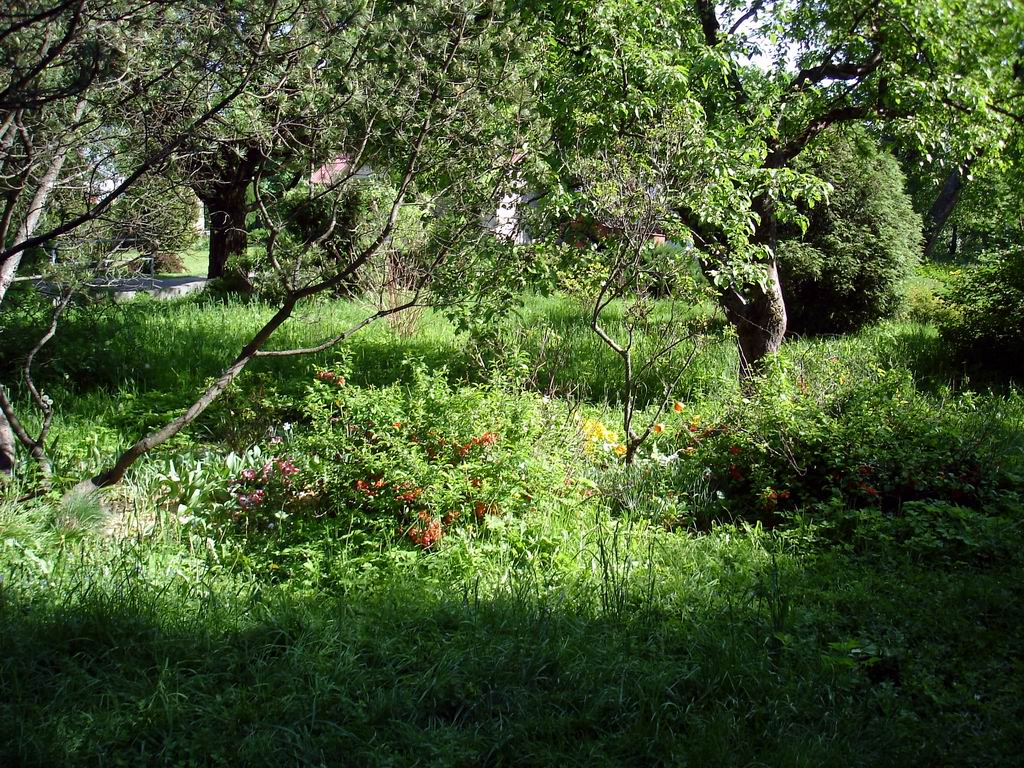
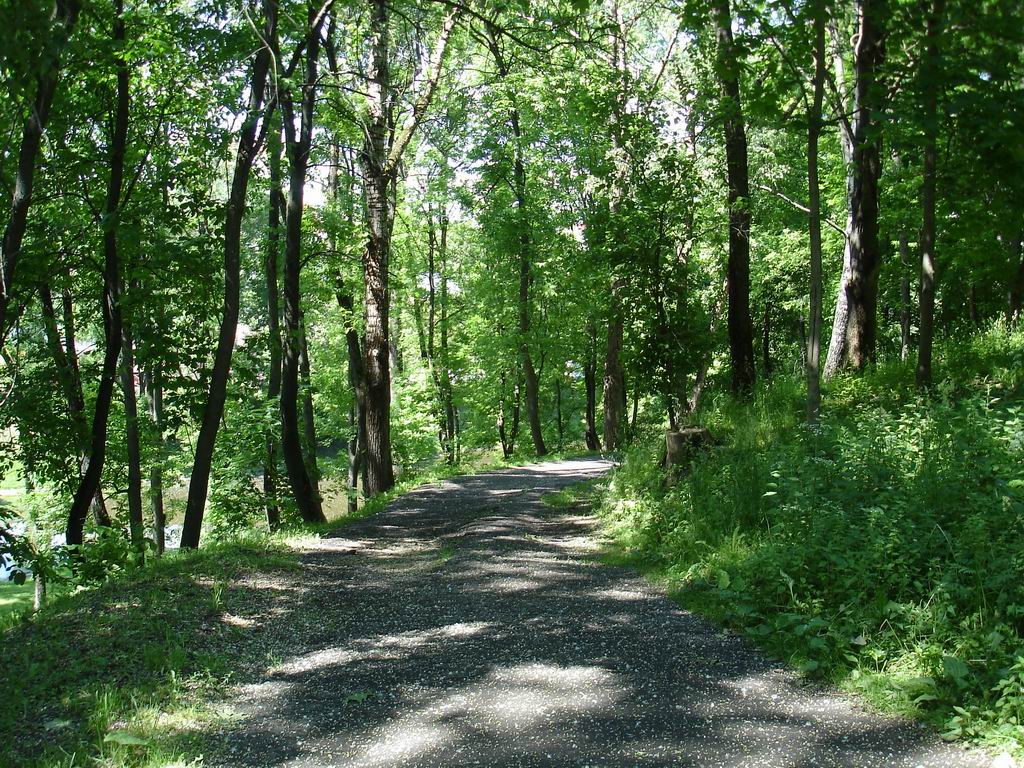
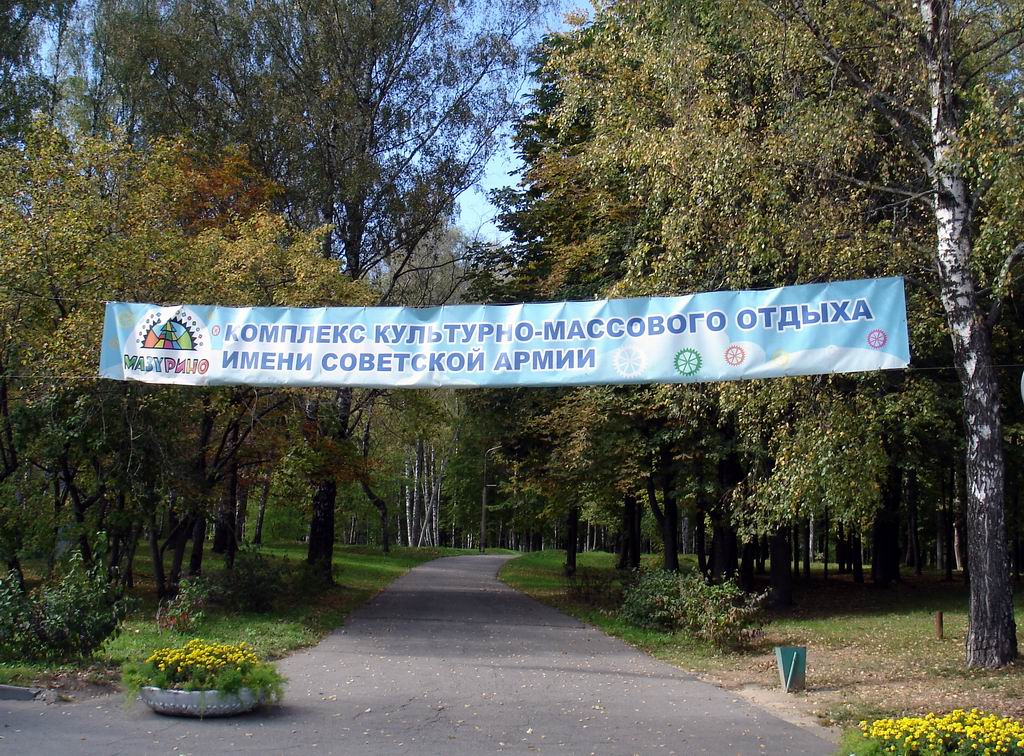
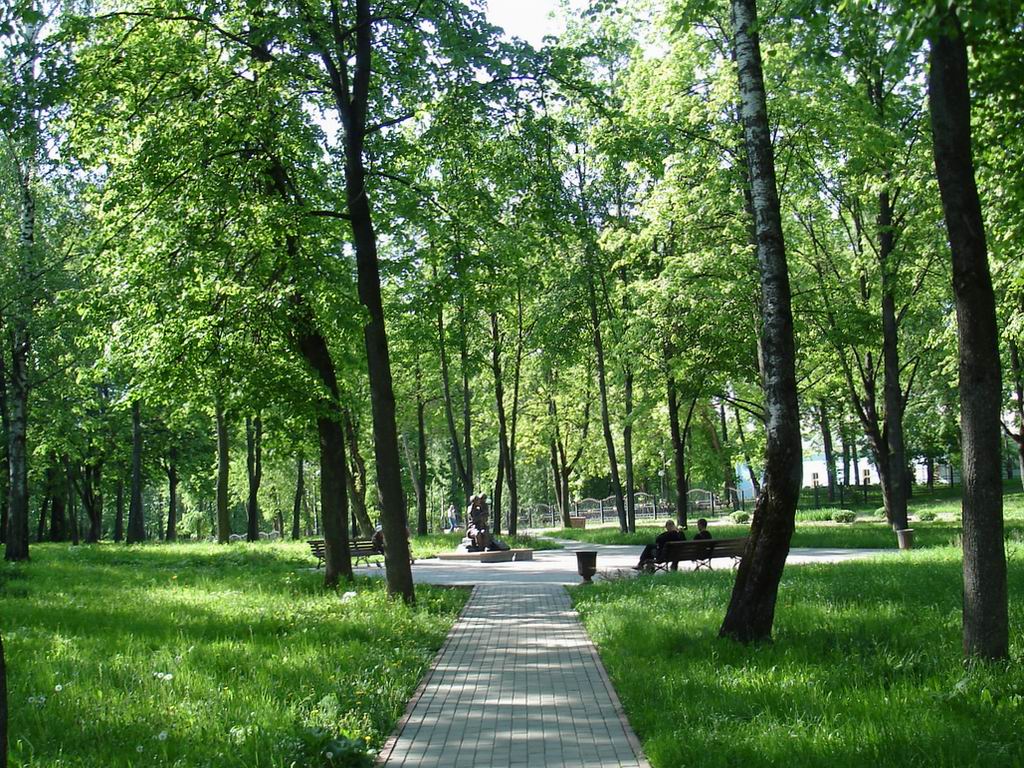
Health tourism
An impressive beauty and natural diversity of Vitebsk region contribute to both a comfortable rest and an effective treatment.
A reasonable price-quality ratio, modern technologies and highly skilled specialists of our health resorts enable them to take an advantage over the others alike. Here one can find a wide range of services for treatment and rehabilitation of respiratory, digestive, nervous and musculoskeletal systems, gynecology and urology, as well as wellness, dentistry, cosmetology and spa.
Vitebsk Region health resorts are located in ecologically clean areas, mainly in mixed and pine forests, on the banks of deep rivers and crystal-clear lakes. The very nature is a healing factor to the human body. The region’s moderate continental climate with its mild wet winters and warm summers favours rest and recovery all year round.
The complex of climatic and medical factors features dozens of mineral springs, used in treatment for various diseases. Some of them are similar to mineral water resorts Truskavets and Druskininkai, others to the ones in Alma-Ata and Georgia. Radon baths are used for spa treatment. Sapropelic muds from Belarusian deposits, as well as mineral sulphide muds of Saki Lake, are widely used for treatment and cosmetology. One can also improve health in speleo complexes, made of red and white salt blocks of Soligorsk potash mines, one of the world's leading manufacturers of potash fertilizers JSC "Belaruskali". In all these hospitals, patients take effective cure similar to the one in the salt caves with a peculiar composition of natural salt aerosol and a combination of "red" and "white" salt.
Vitebsk region is famous for its 100 and health improvement organizations which include 8 sanatoria (health resorts), 2 children's rehabilitation centres, 32 recreation centres and other.
http://www.vitebsk-region.gov.by/en/tourism-en/
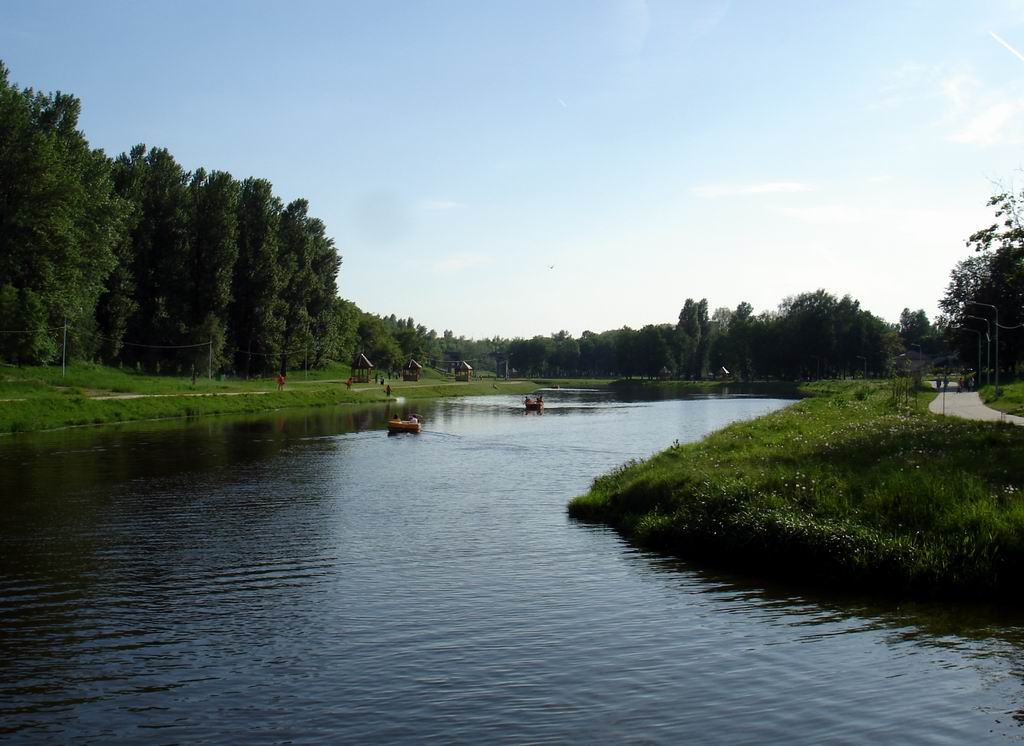
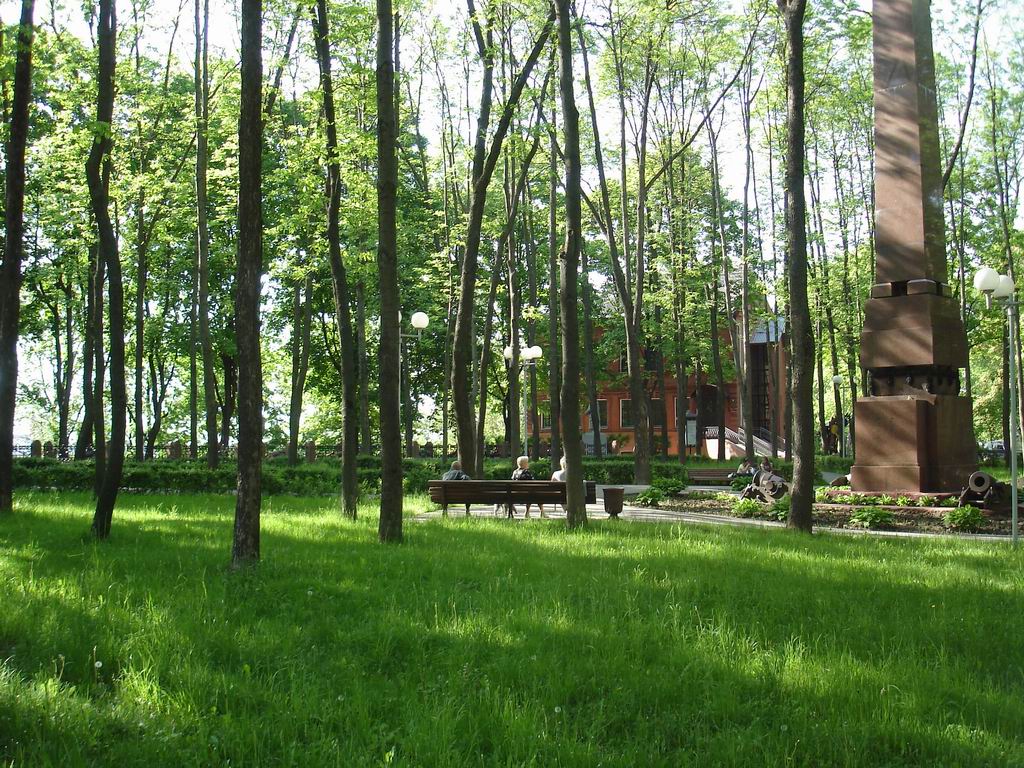
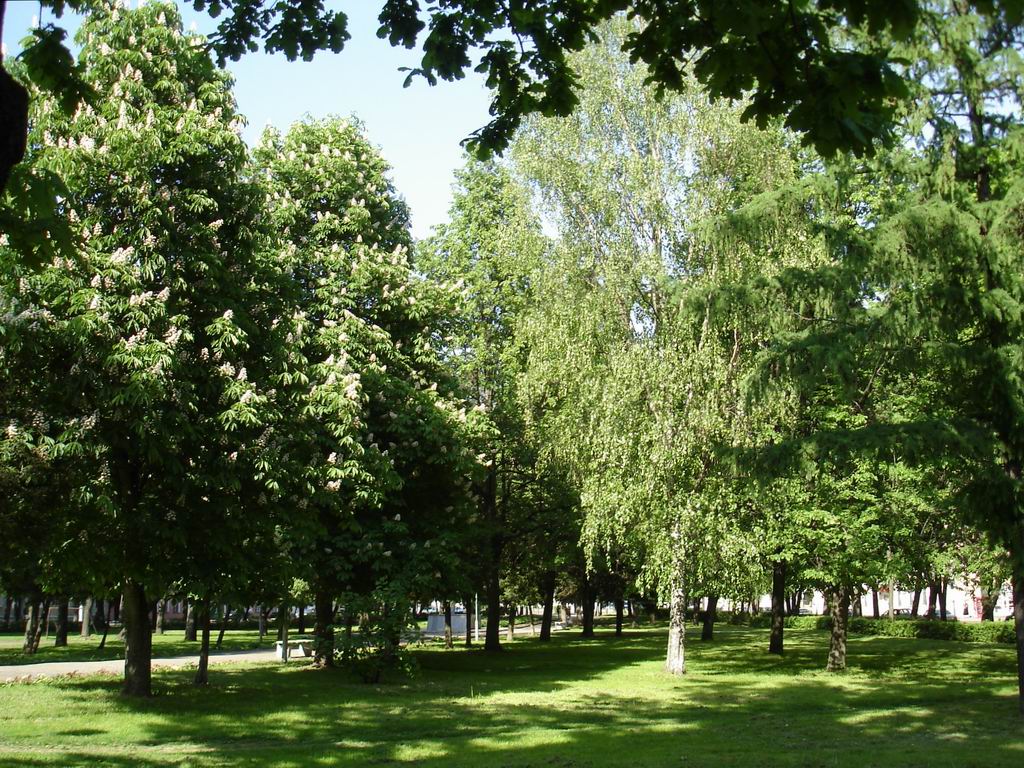
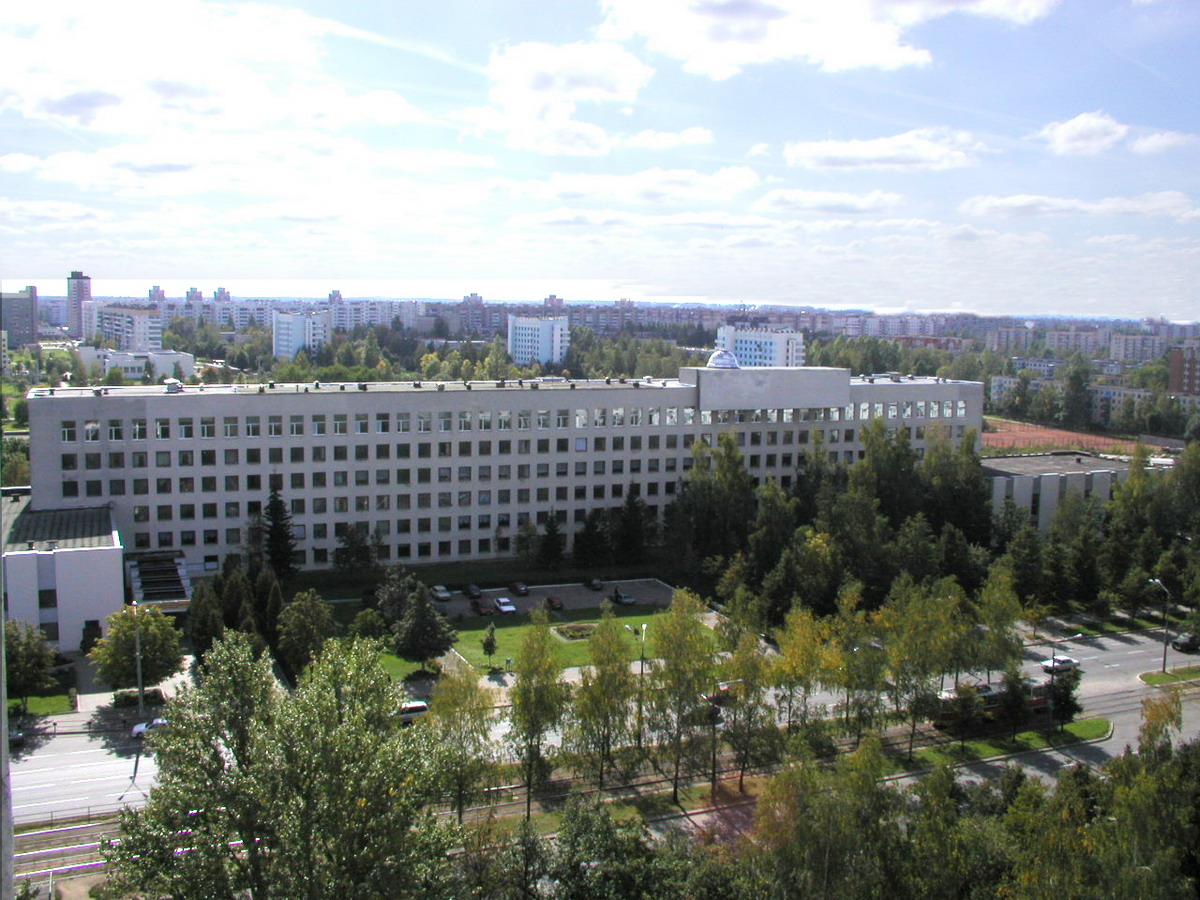
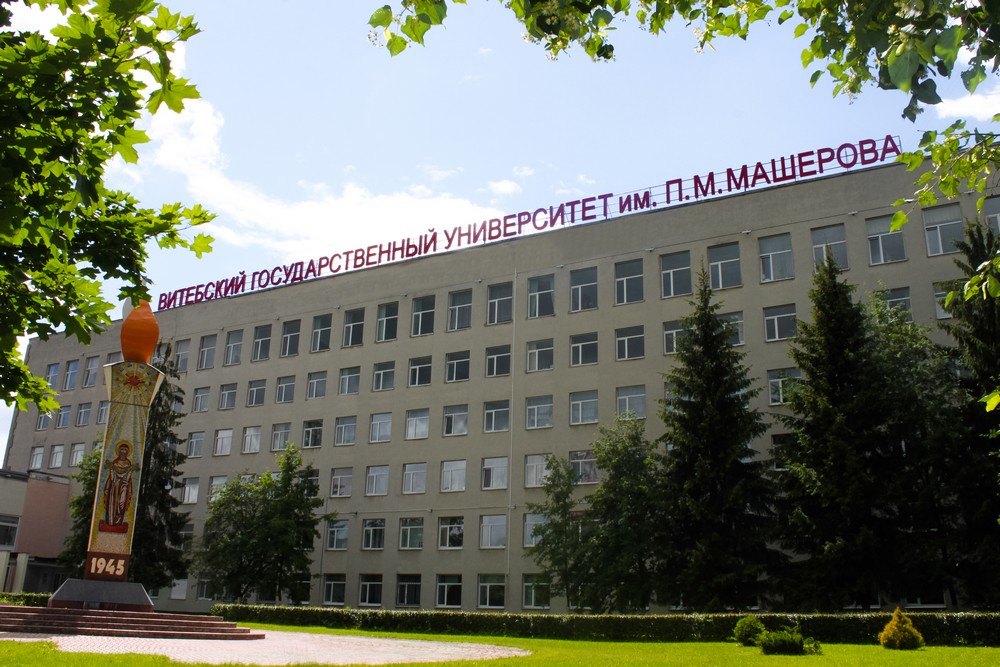

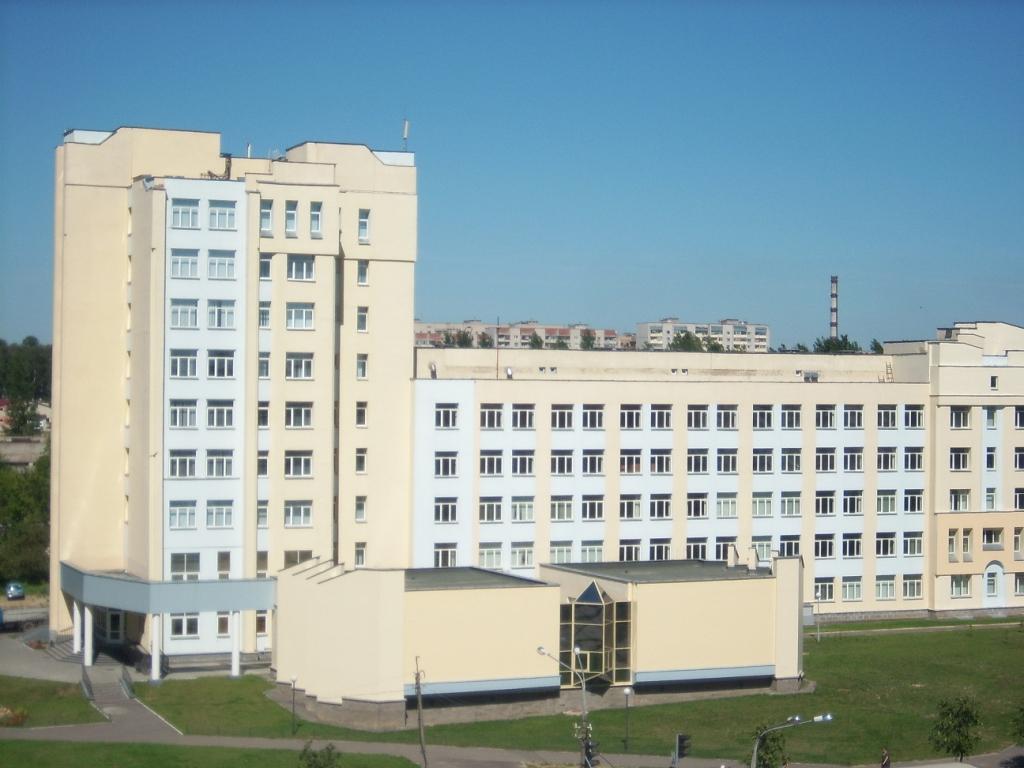
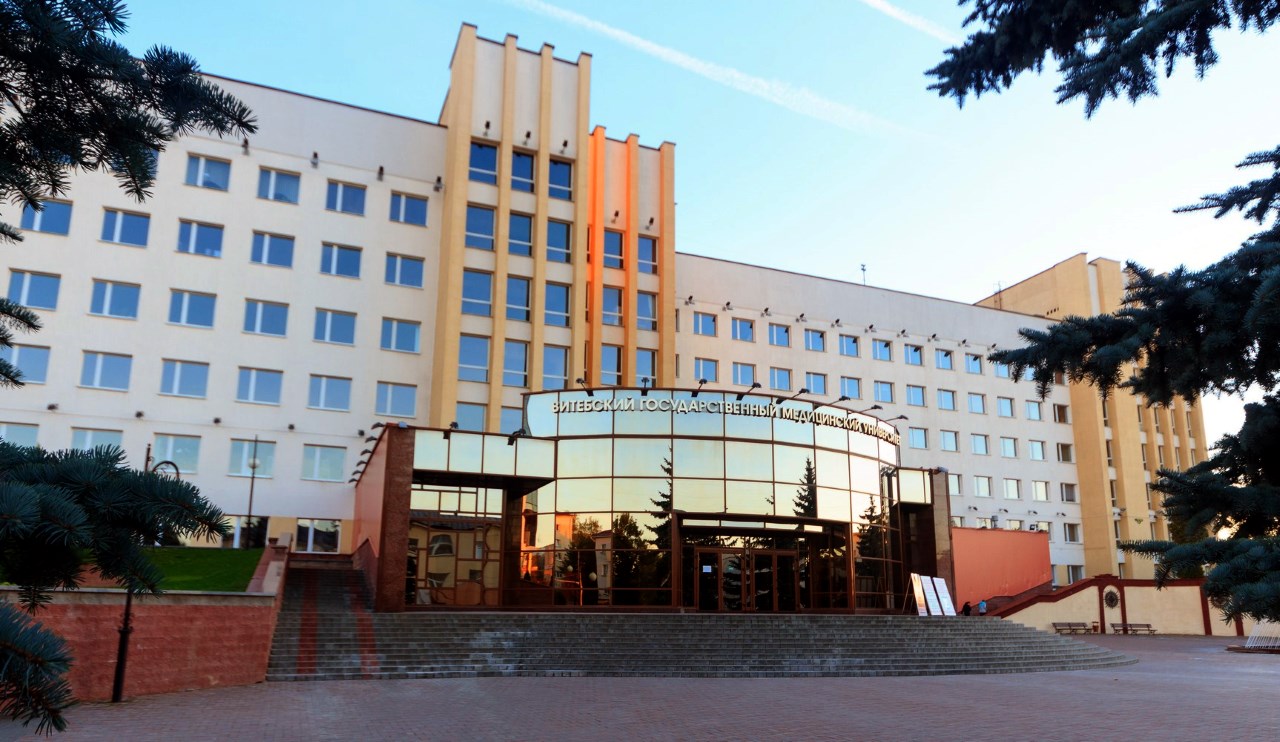
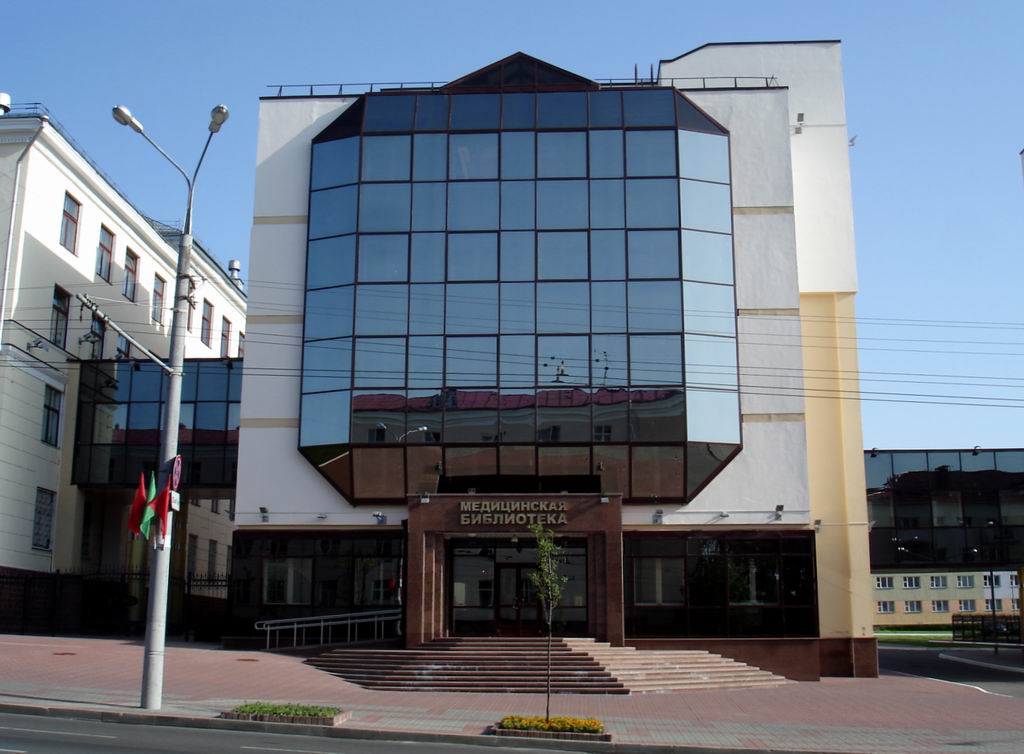
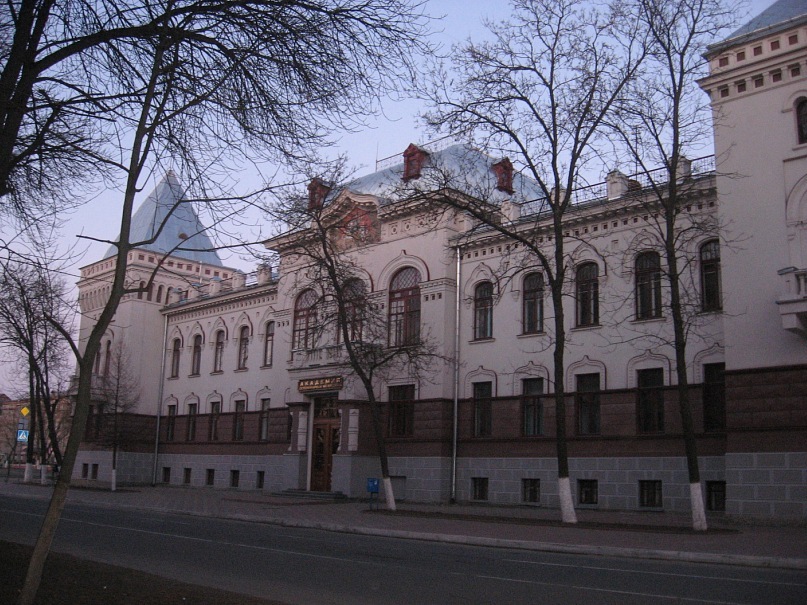

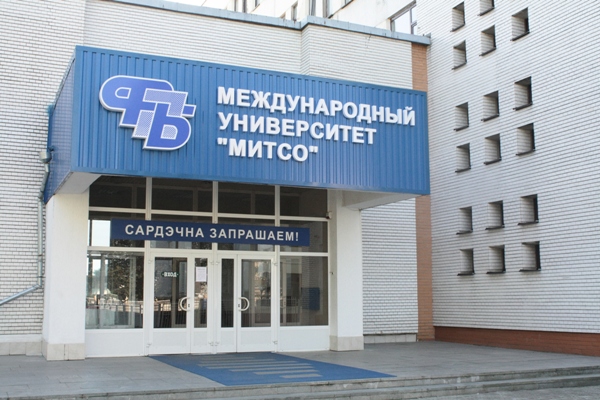
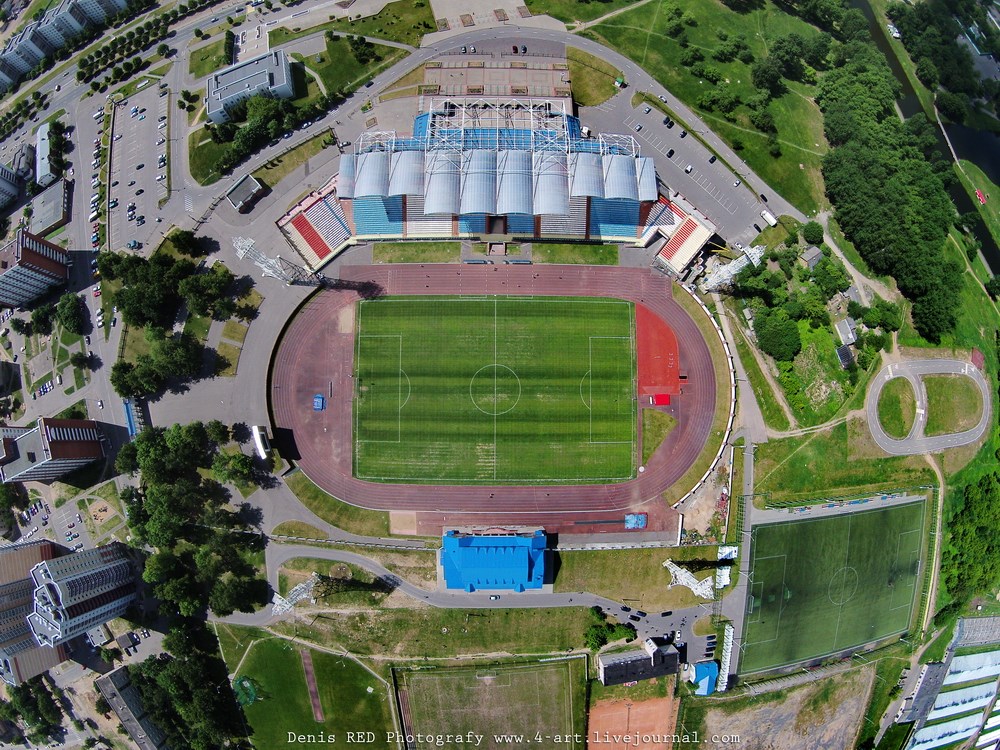
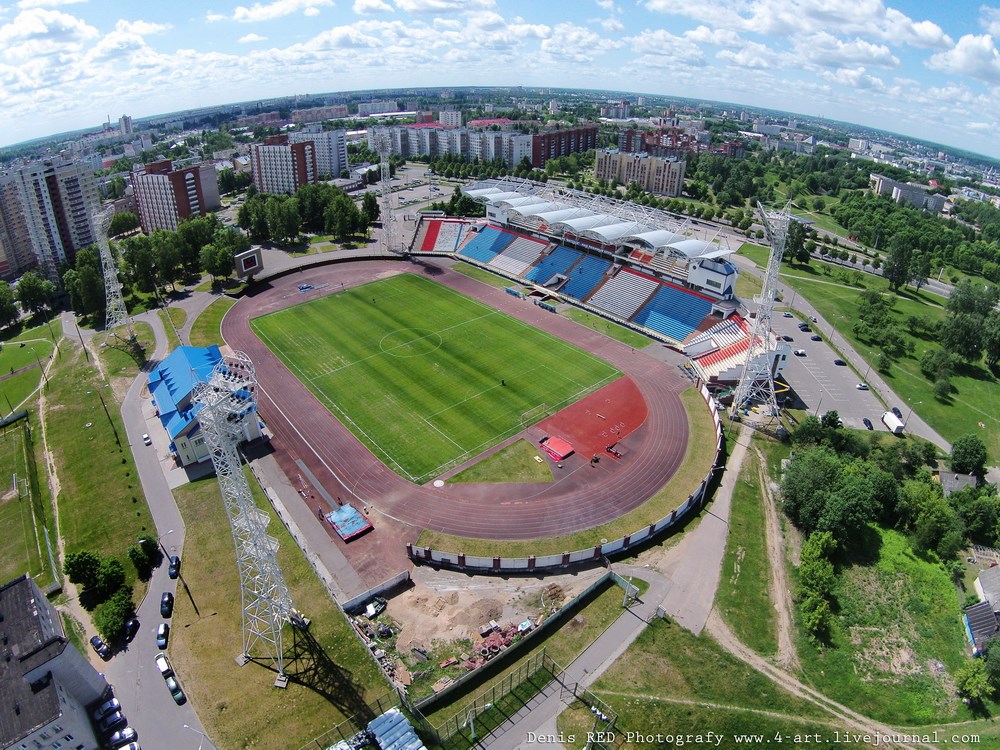
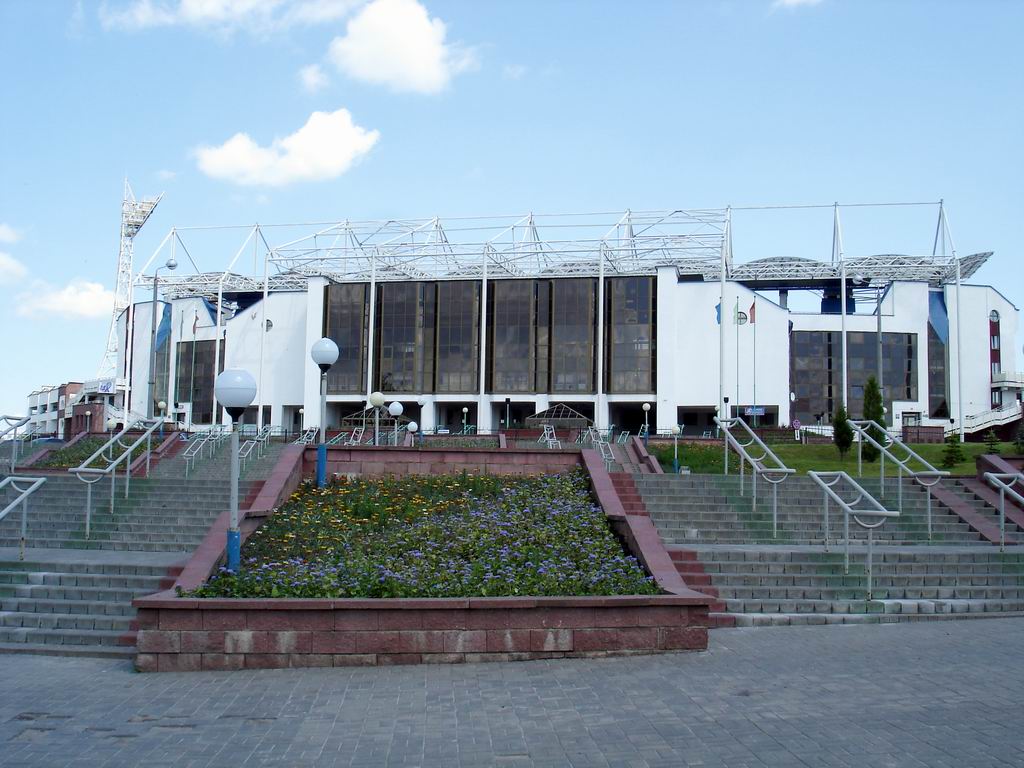
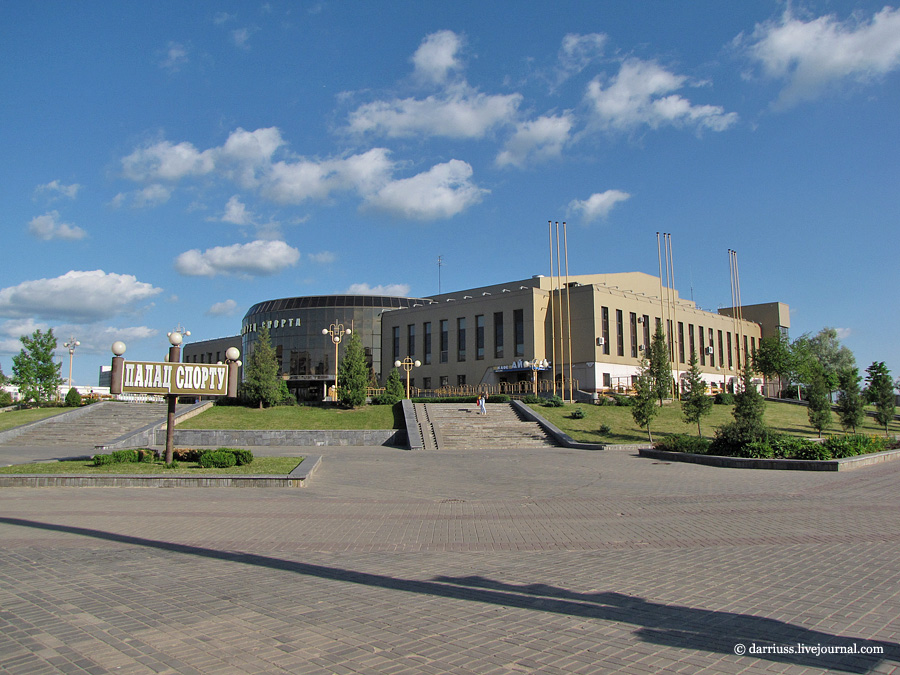
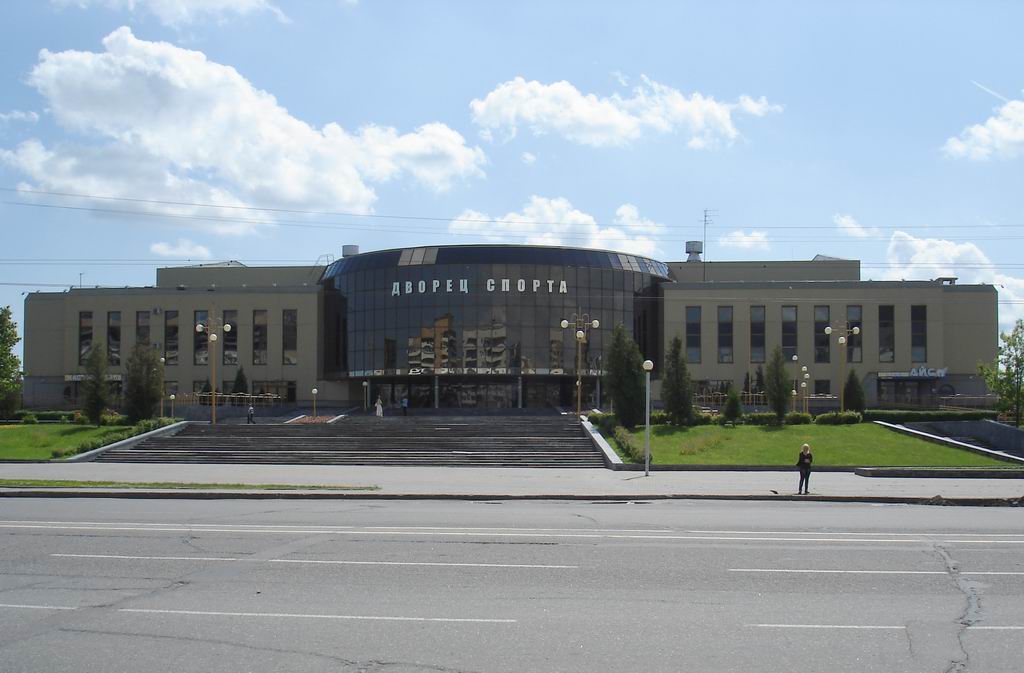
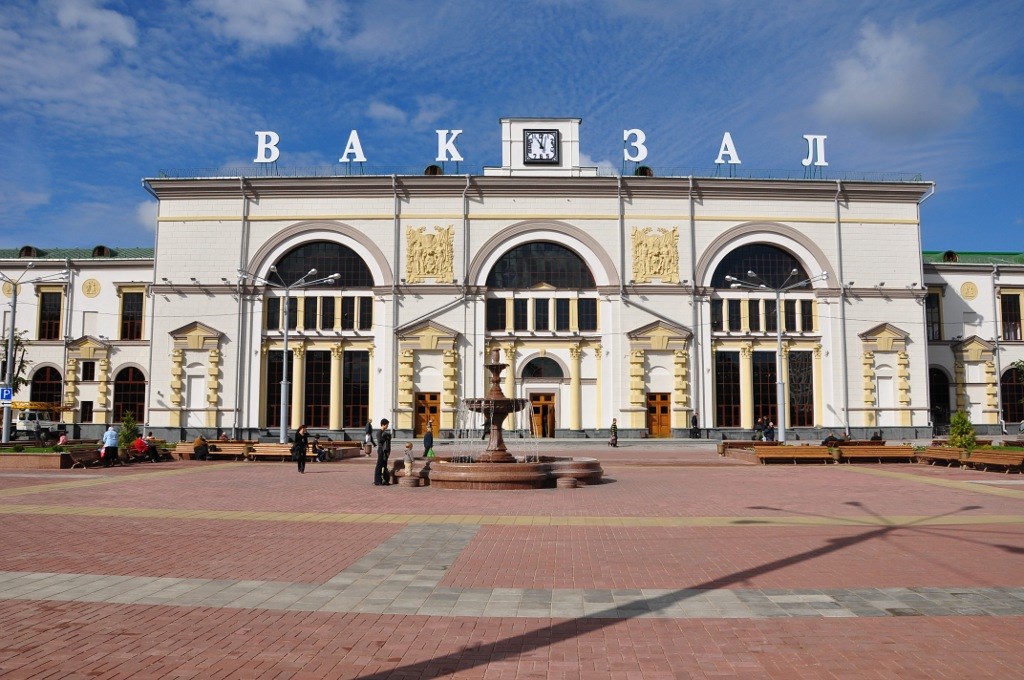
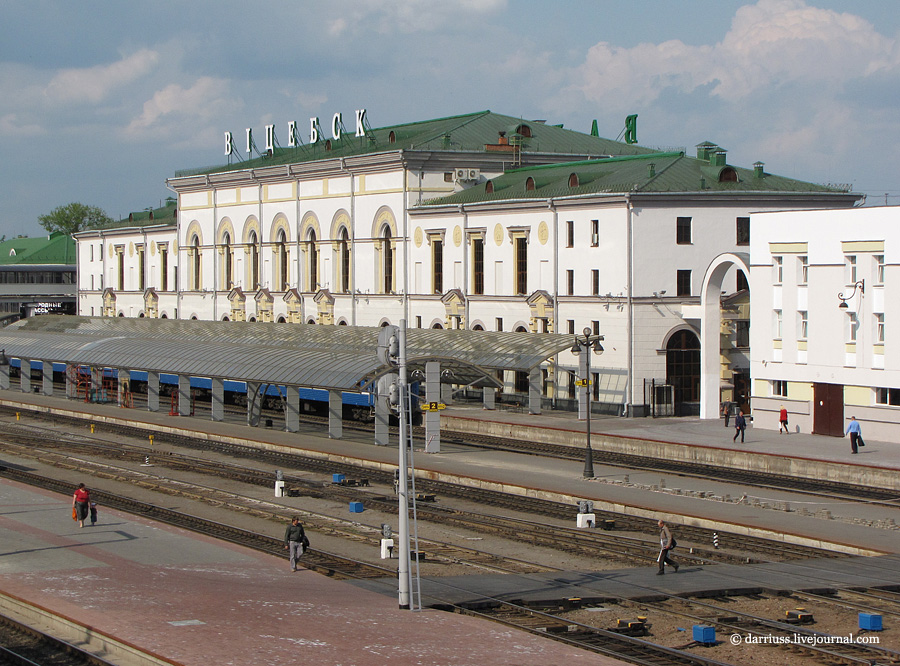
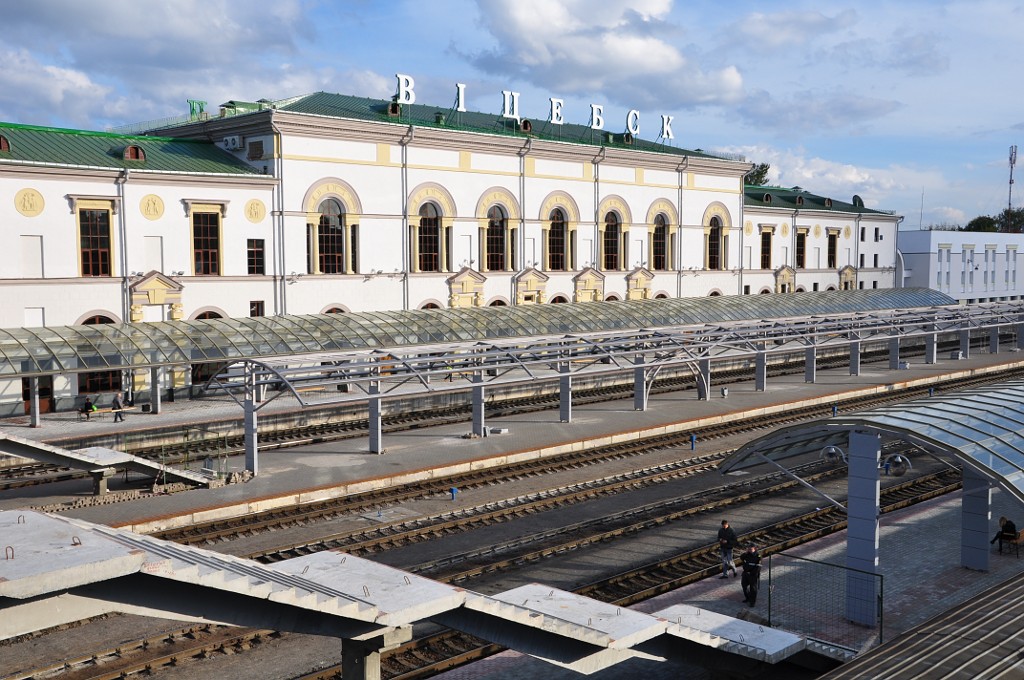
Vítebsk, también Vítsiebsk (en bielorruso: Віцебск; en ruso; Витебск), ciudad de noreste de Bielorrusia, centro administrativo de Región de Vítsiebsk y de Distrito de Vítsiebsk, 359.000 habitantes (1995). La ciudad fue fundada en el año 974 por la Duquesa Olga de Kiev.
Uno de los asentamientos más antiguos de Europa. Las primeras menciones sobre la ciudad aparecen en las crónicas del año 1021. La Vítebsk apareció en el famoso camino "de varegos a griegos" y vivió bastantes acontecimientos gloriosos. El Vítebsk de hoy es un potente centro industrial, científico y cultural de la república de Bielorrusia.
Durante siglos la ciudad lograba mantener uno de los edificios más viejos del país, la Iglesia de Anunciación. Aquel edificio sostenido por seis pilares magníficos llega del período de la Rus de Kiev. Fue construido en 1140, reconstruido en los siglos XIV y XVII, renovado en 1883 y destruido por el gobierno comunista en 1961.
La vida cultural de Vítebsk va floreciendo. El teatro Académico estatal bielorruso de Yakúb el Kolás es uno de los más antiguos del país. Las afueras pintorescas de Vítebsk y sus calles antiguas siempre han sido una atracción para pintores y turistas.
https://es.wikipedia.org/wiki/Vítebsk
https://be.wikipedia.org/wiki/Горад_Віцебск
https://ru.wikipedia.org/wiki/Витебск
https://en.wikipedia.org/wiki/Vitebsk
Pinche para ver las Fuentes seleccionadas
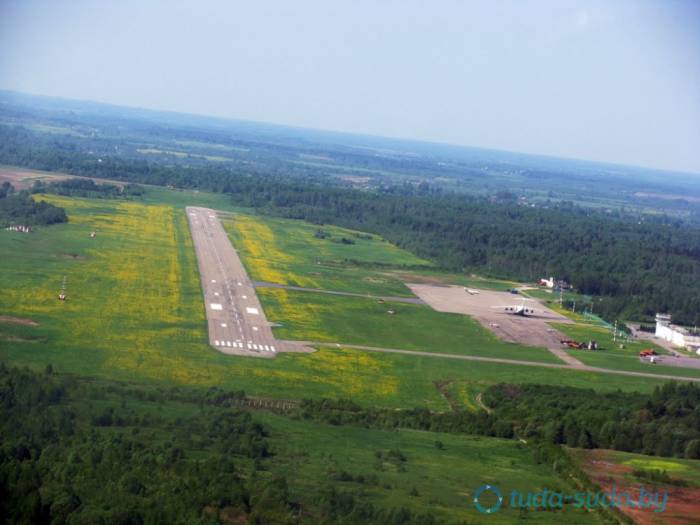
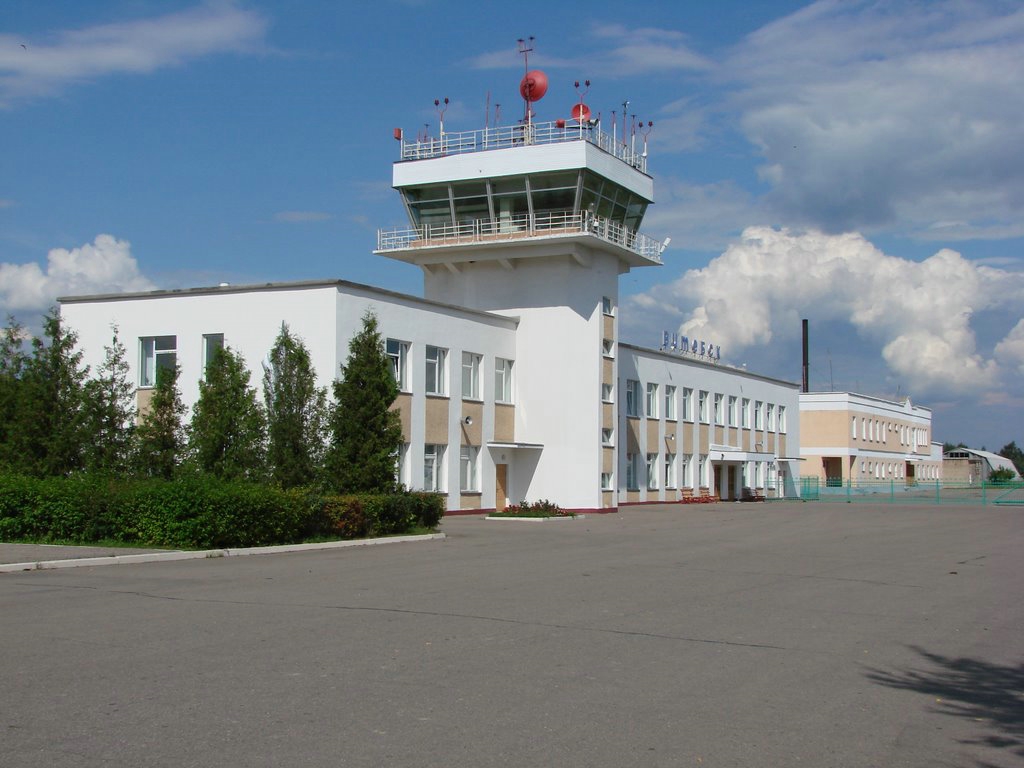
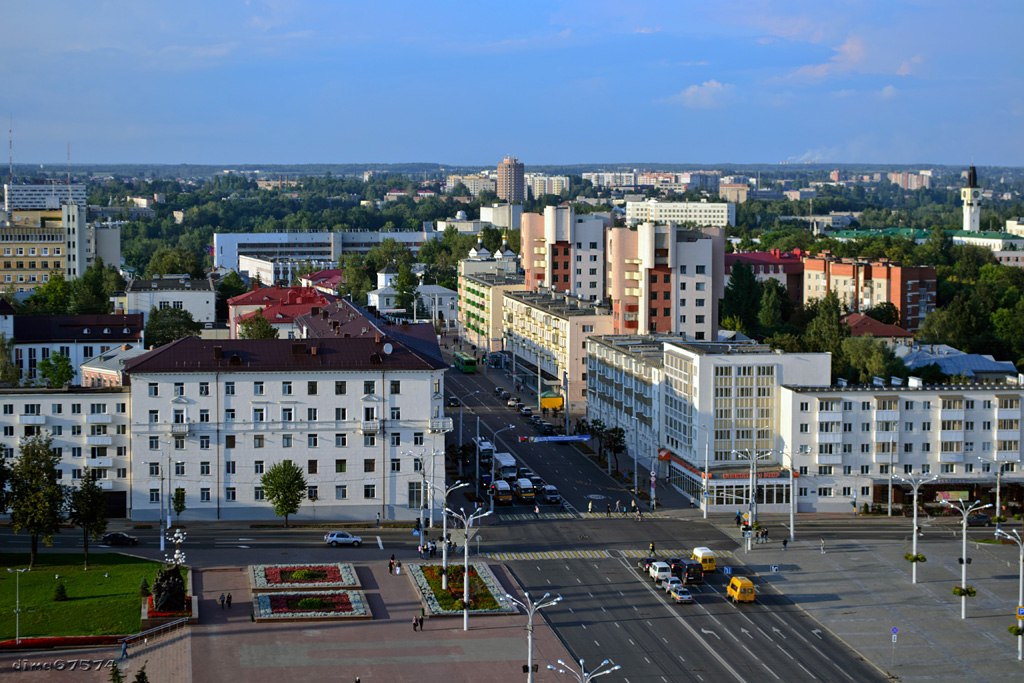
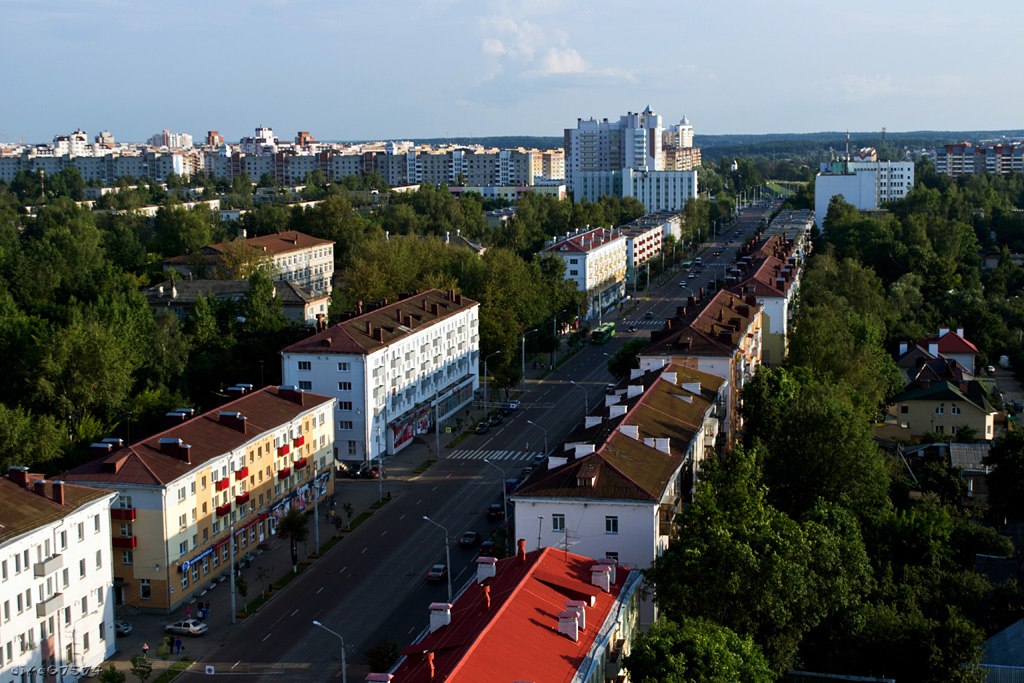
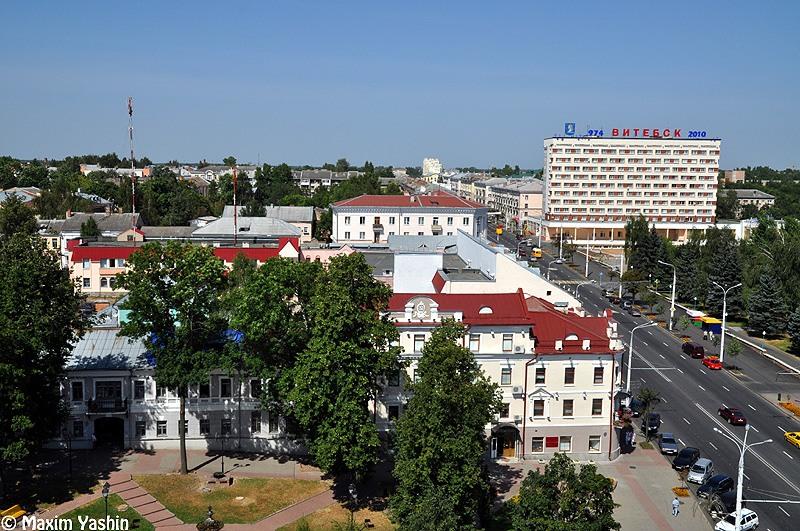
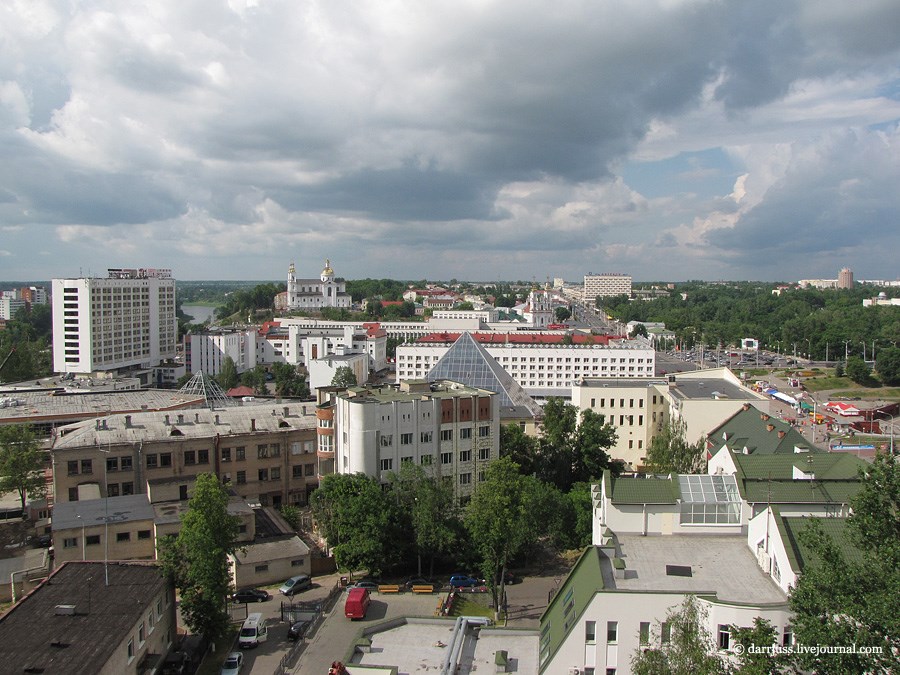
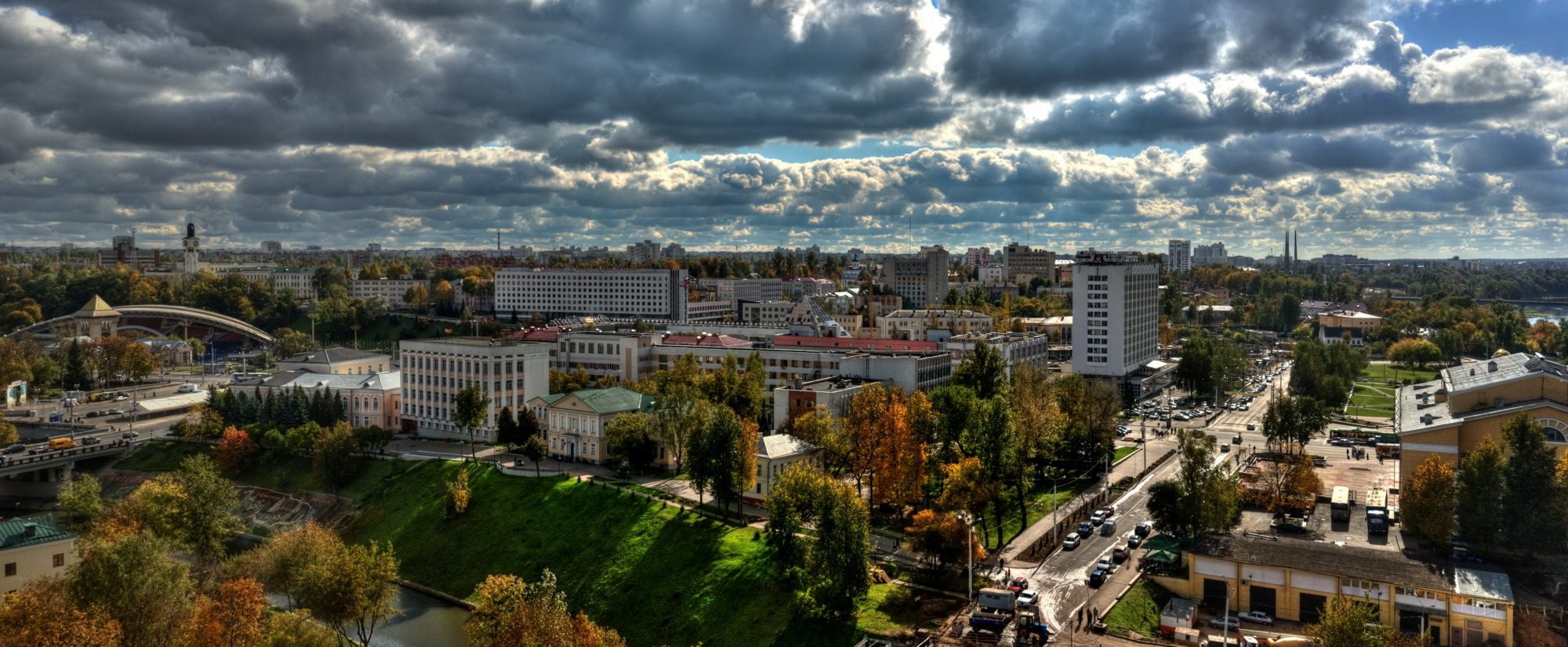
Vídeo:
Web recomendada: http://www.vitebsk.gov.by
Contador: 6922
Inserción: 2016-08-06 19:24:51
Lugares a visitar en un radio de 100 km (en línea recta)
Mapa de los lugares a 100 km (en línea recta)
Mostrando Registros desde el 1 hasta el 0 de un total de 0
Visitas |
Más visitados Basílica de San Marcos 154808 Catedral de Notre Dame (París) 144108 Torre de Pisa 131480 Monte Saint-Michel 100606 Presa de las Tres Gargantas 81422 |
Incorporaciones |
Comentarios hazola Cúpula de la Roca gracias me... gera Buenos Aires las mejores fotos de la mejor ciudad del... Daniel M. - BRASIL San Francisco ... PEQUE Presa Chicoasén SERA QUE ALGUIEN ME PUEDE DAR MAS INFORMACIÓN DE ESTE PROYECTO ESTUDIO EN LA UNACH Y ES PARA UN... Mery Huaca Pucllana Muy interesante, muy buena la información y... |
 Tweet
Tweet


